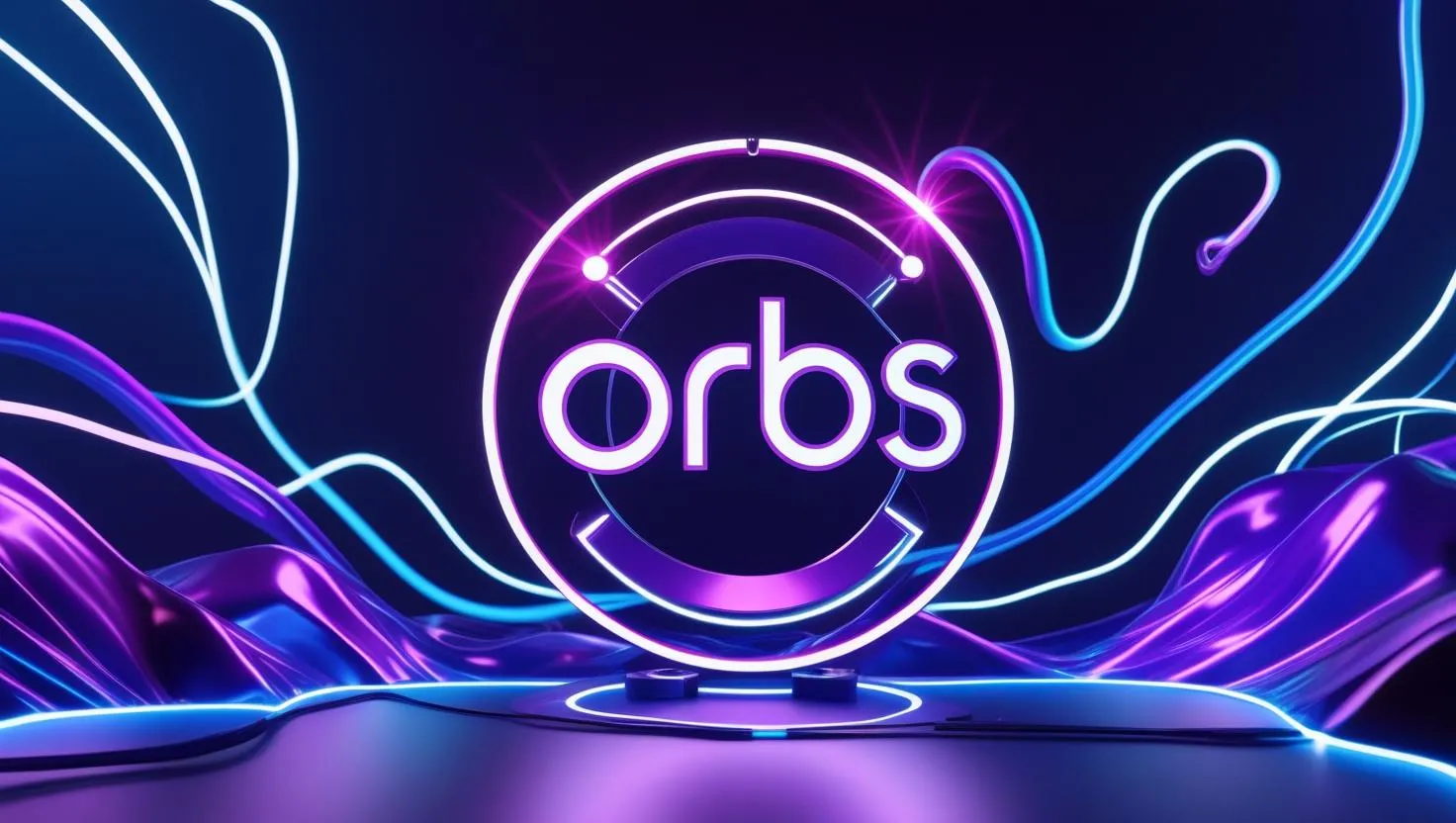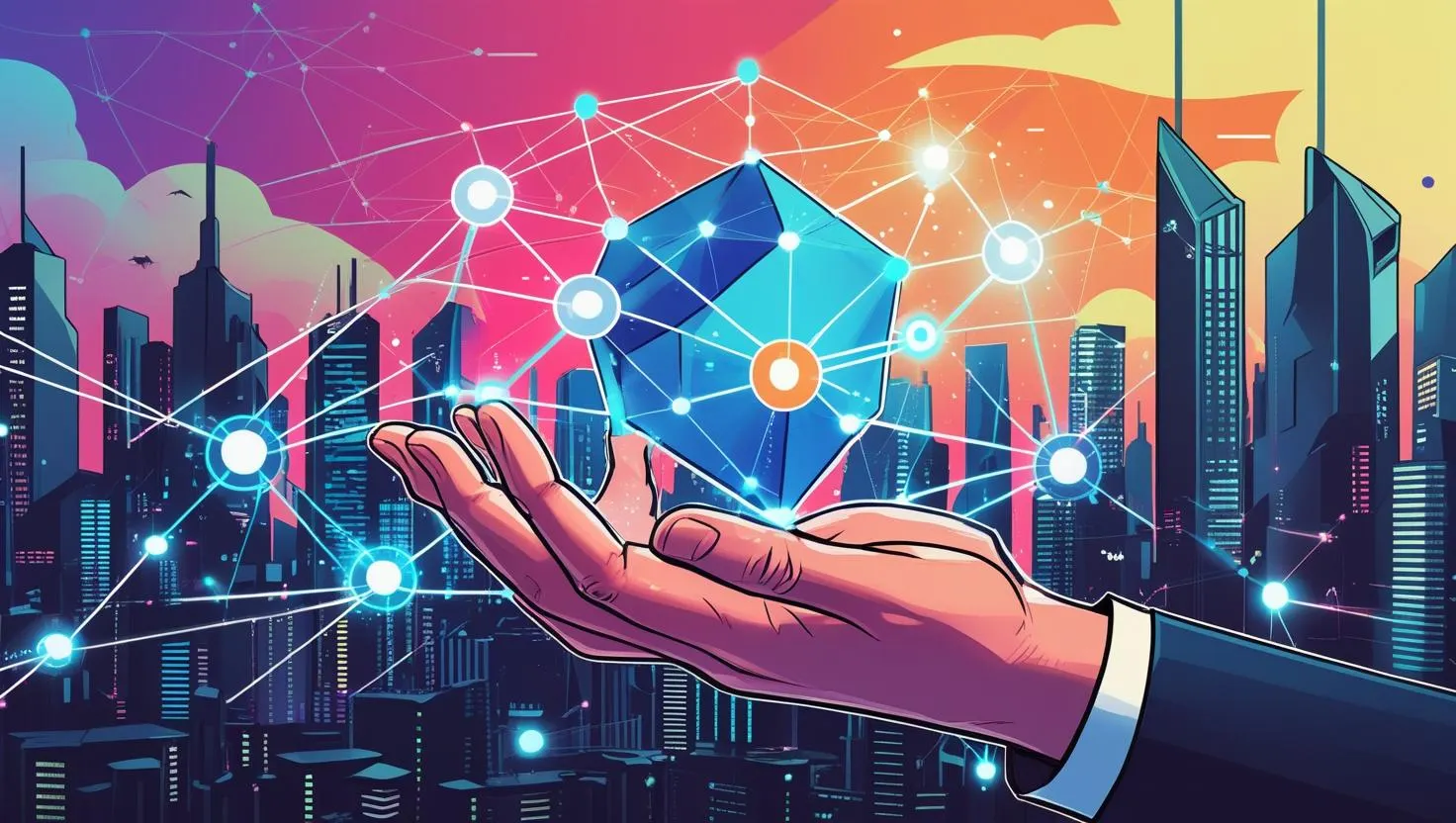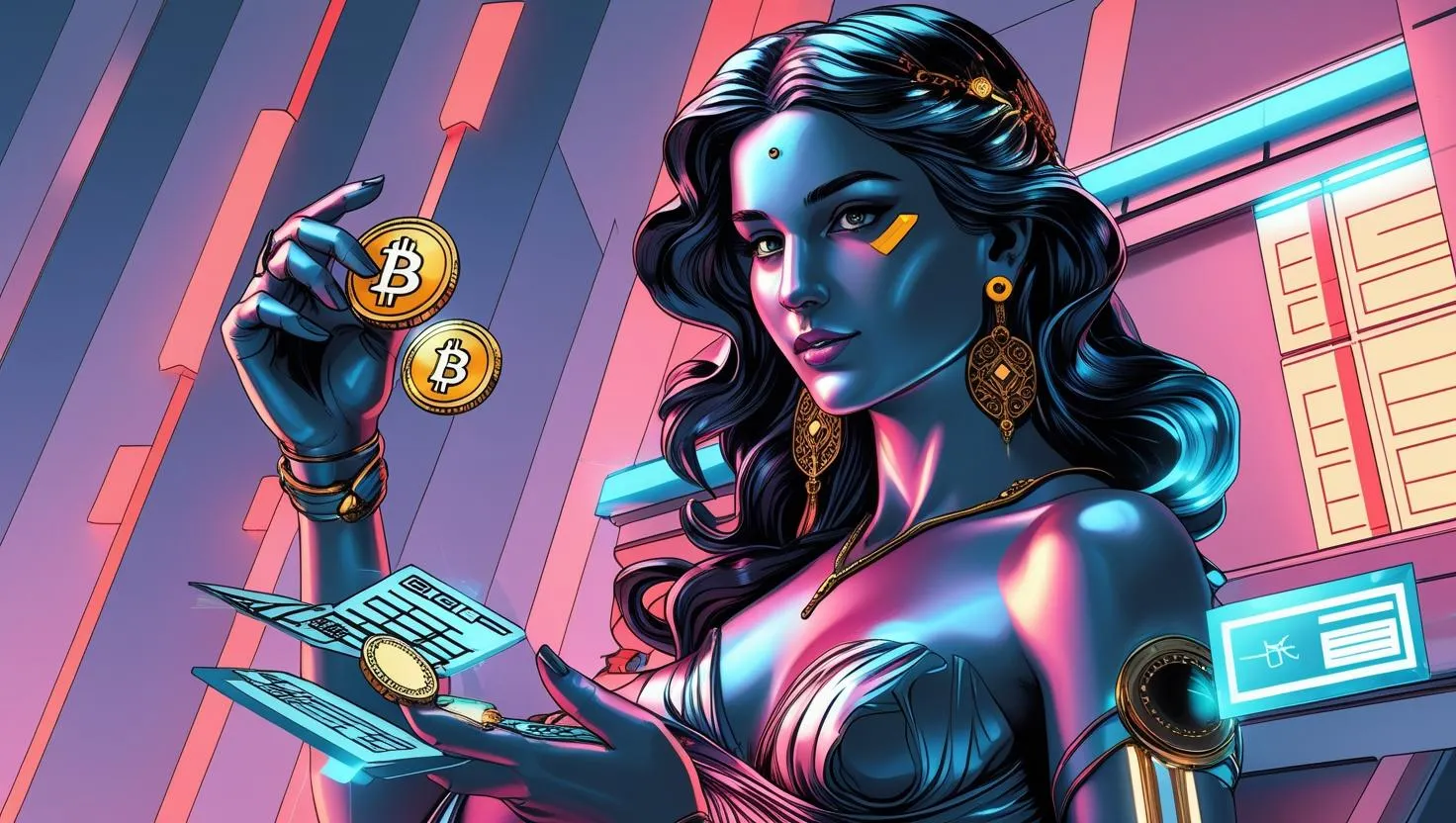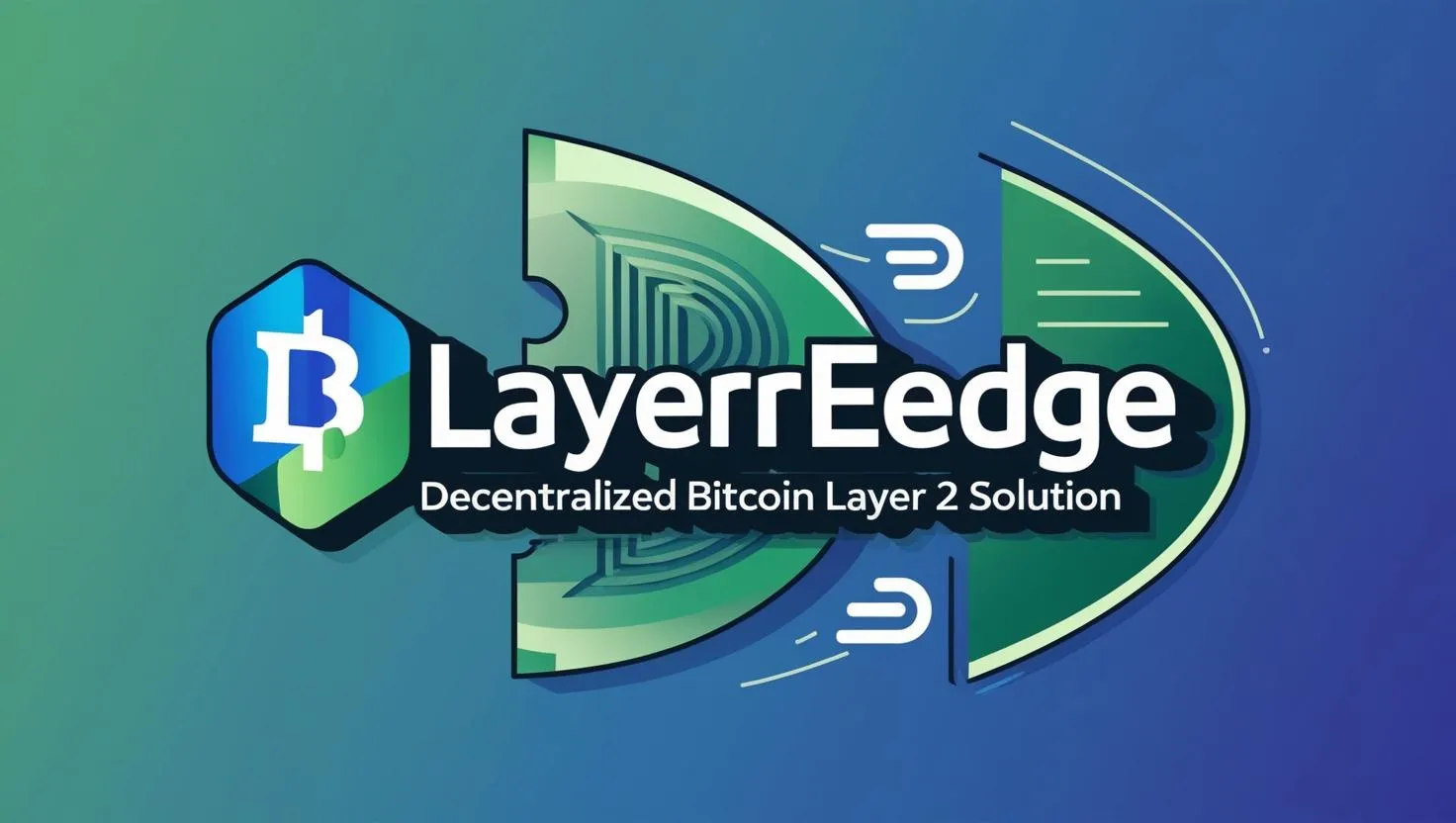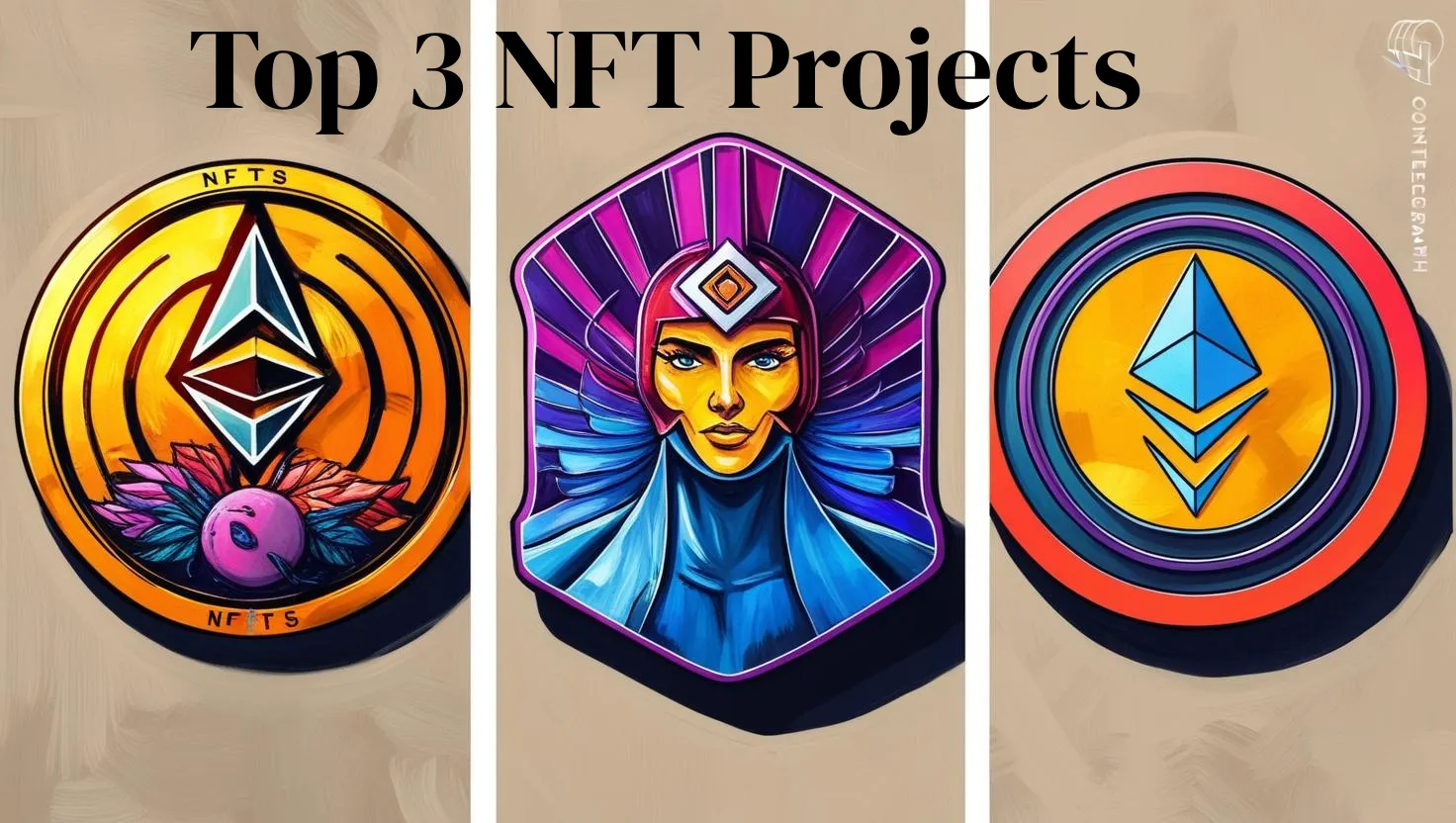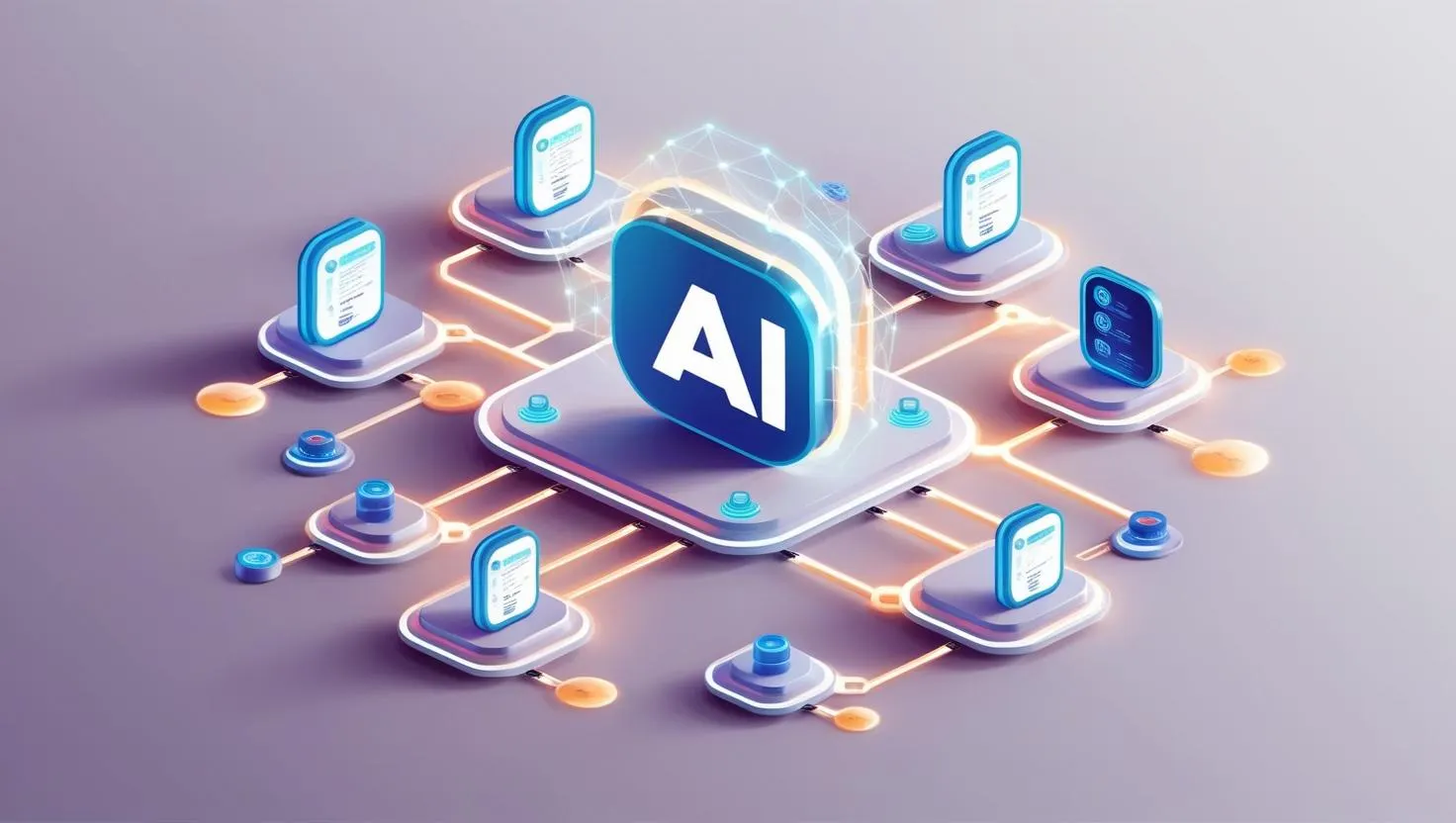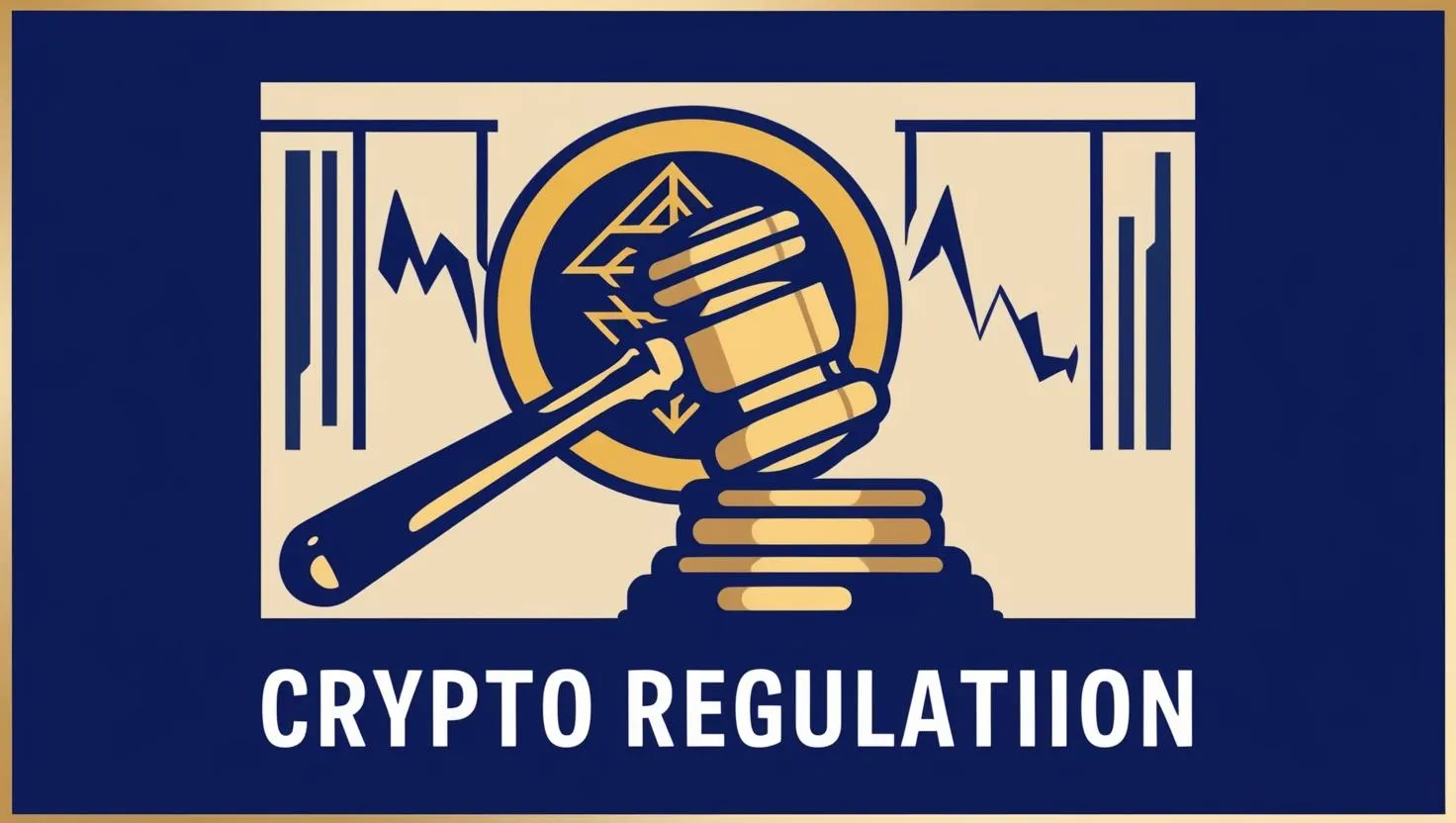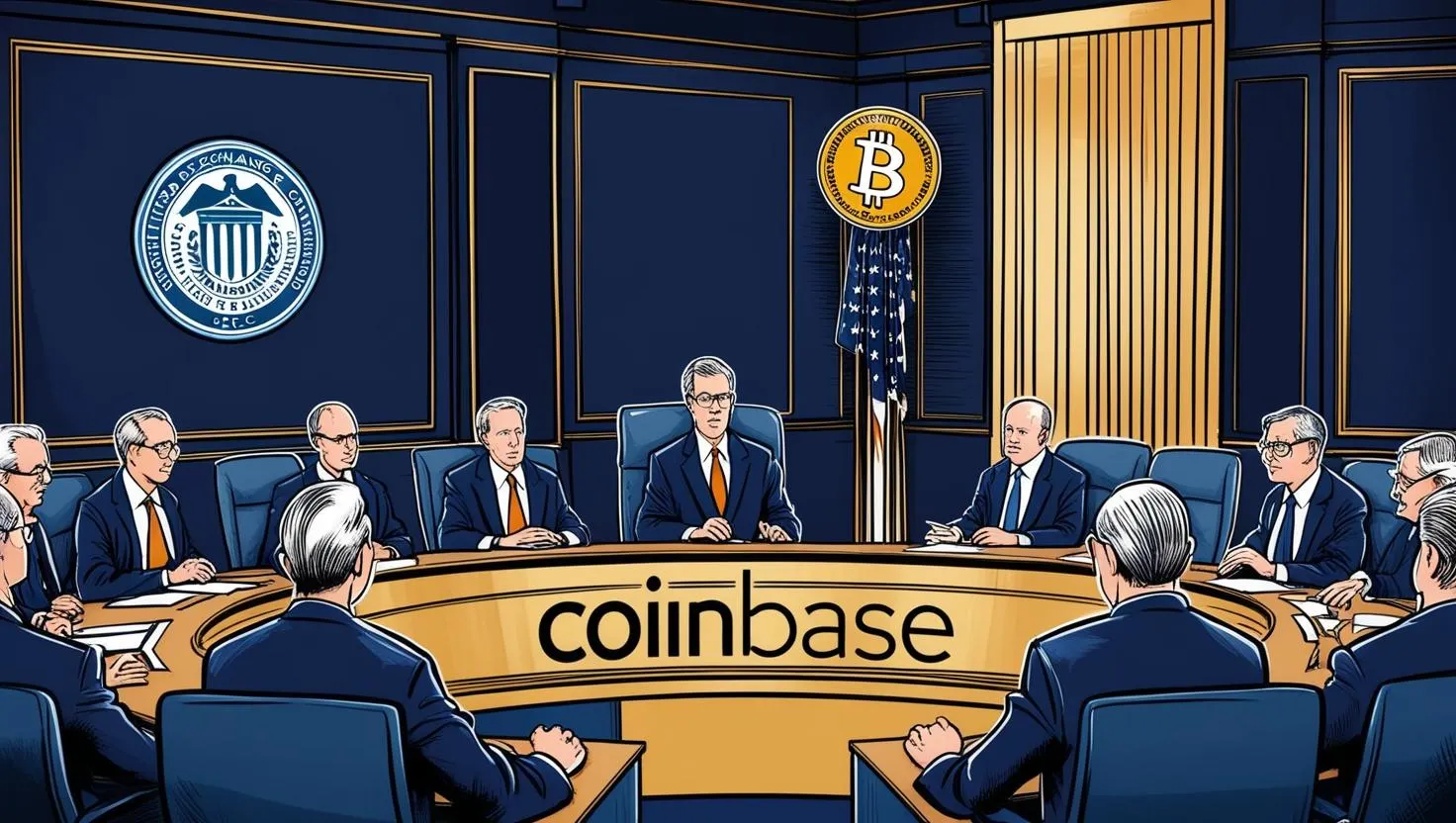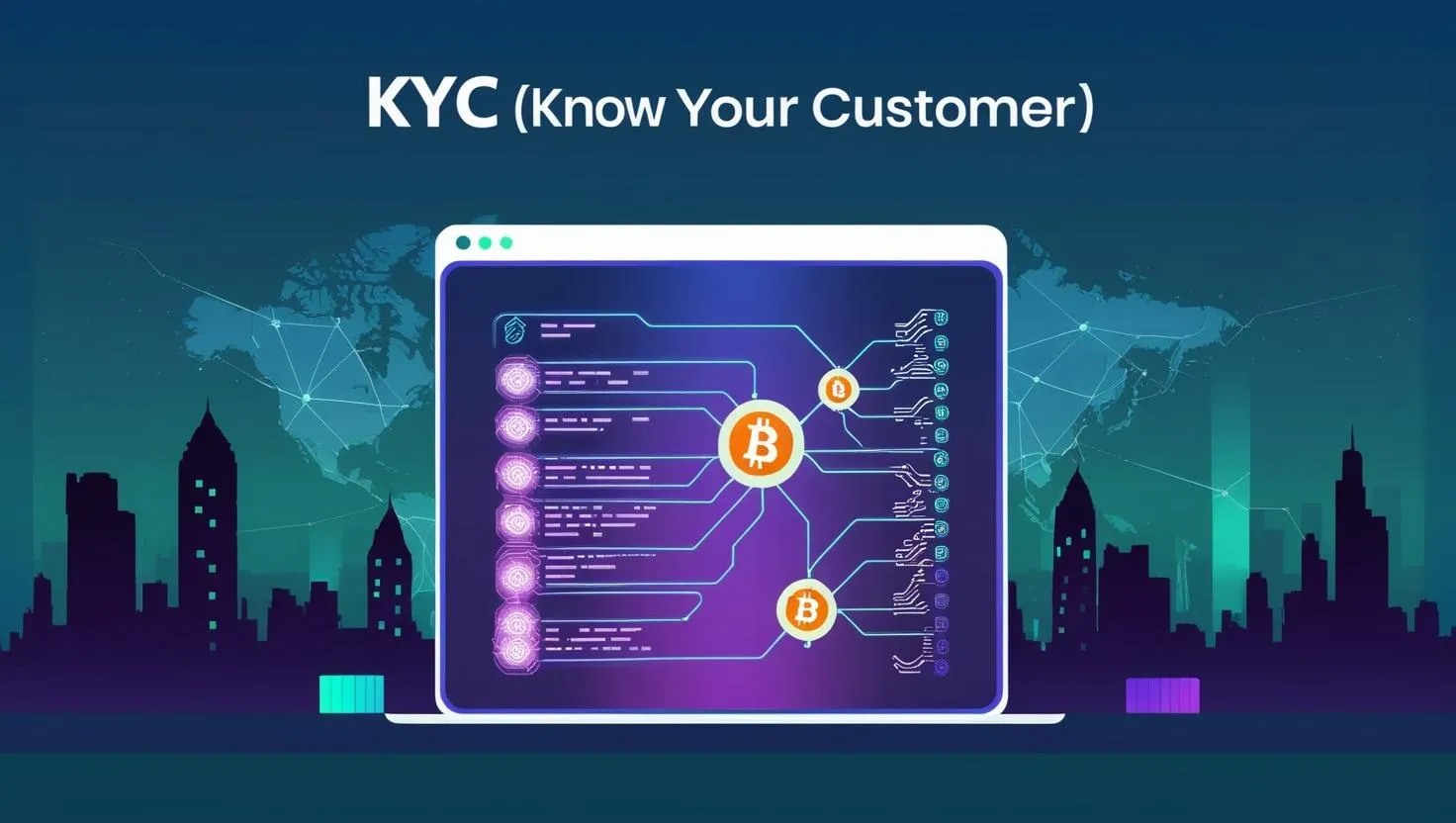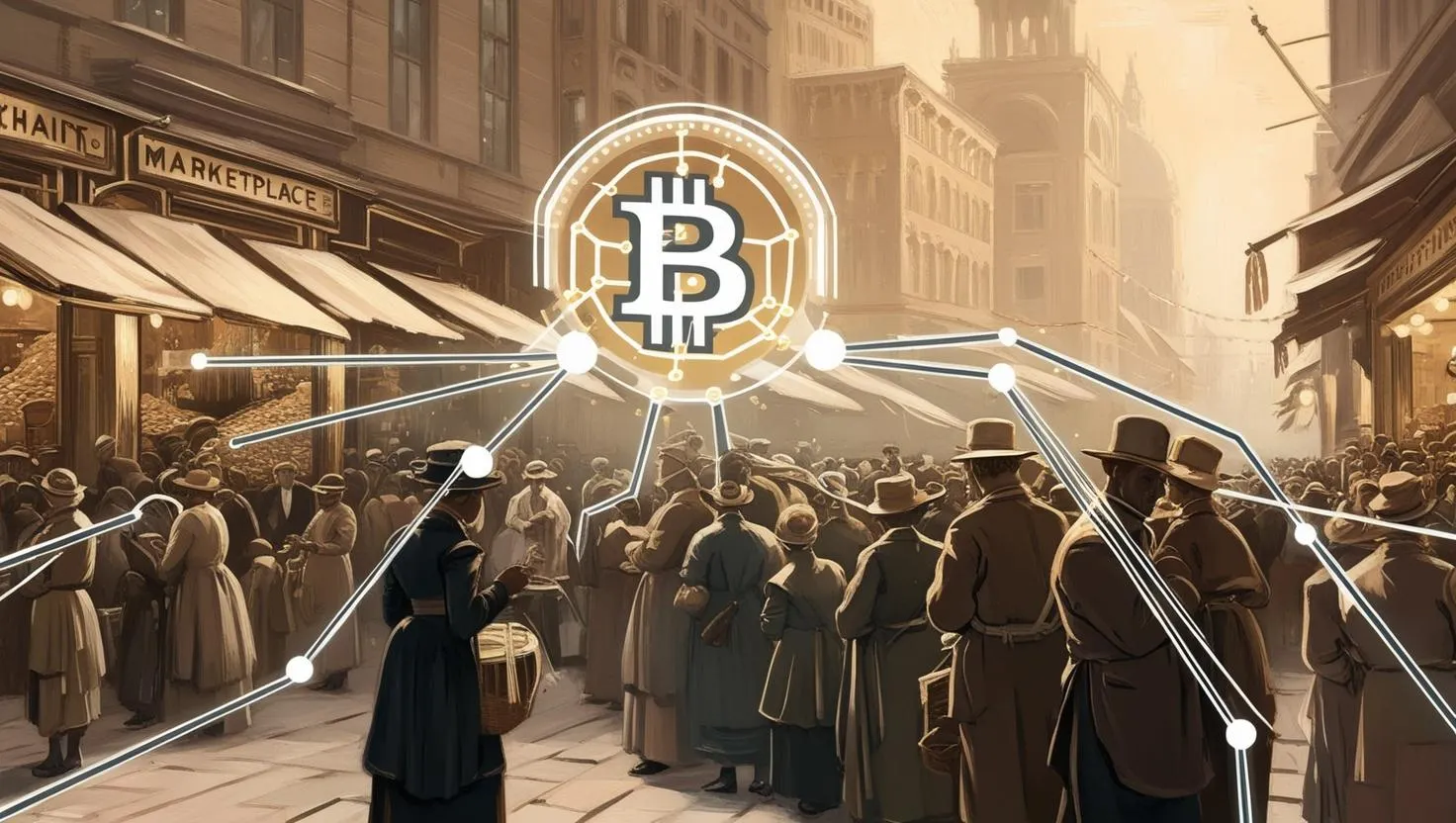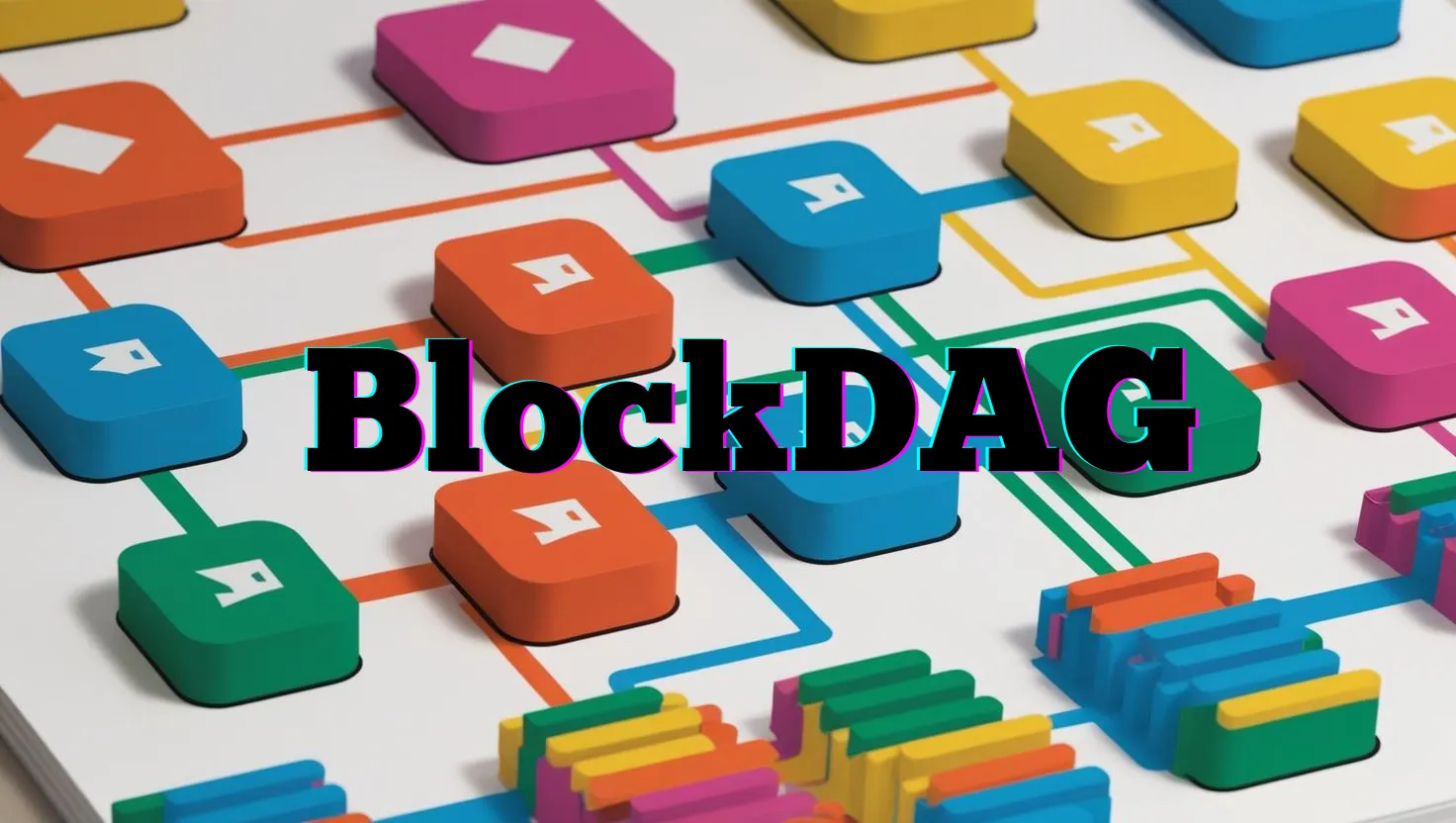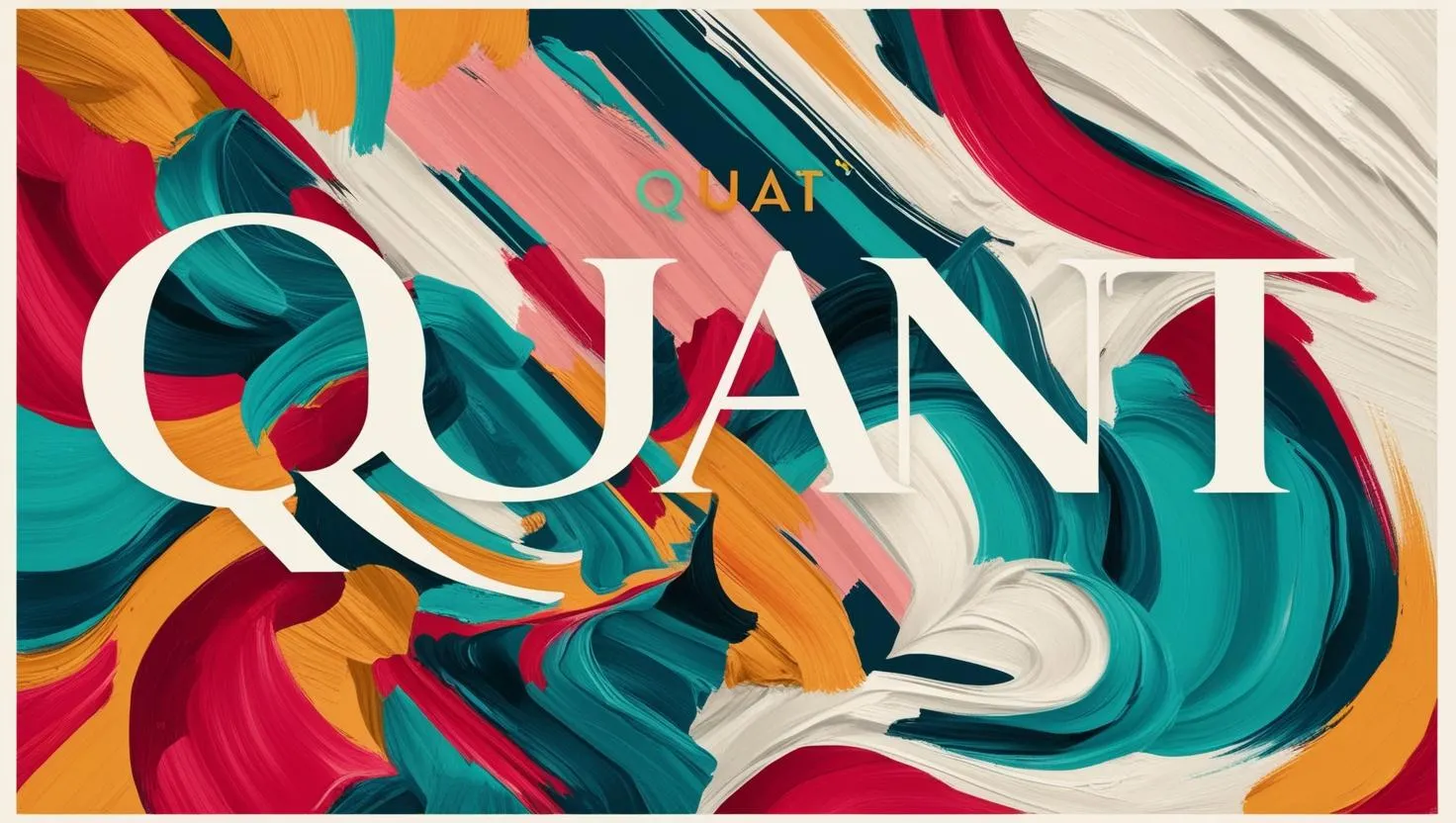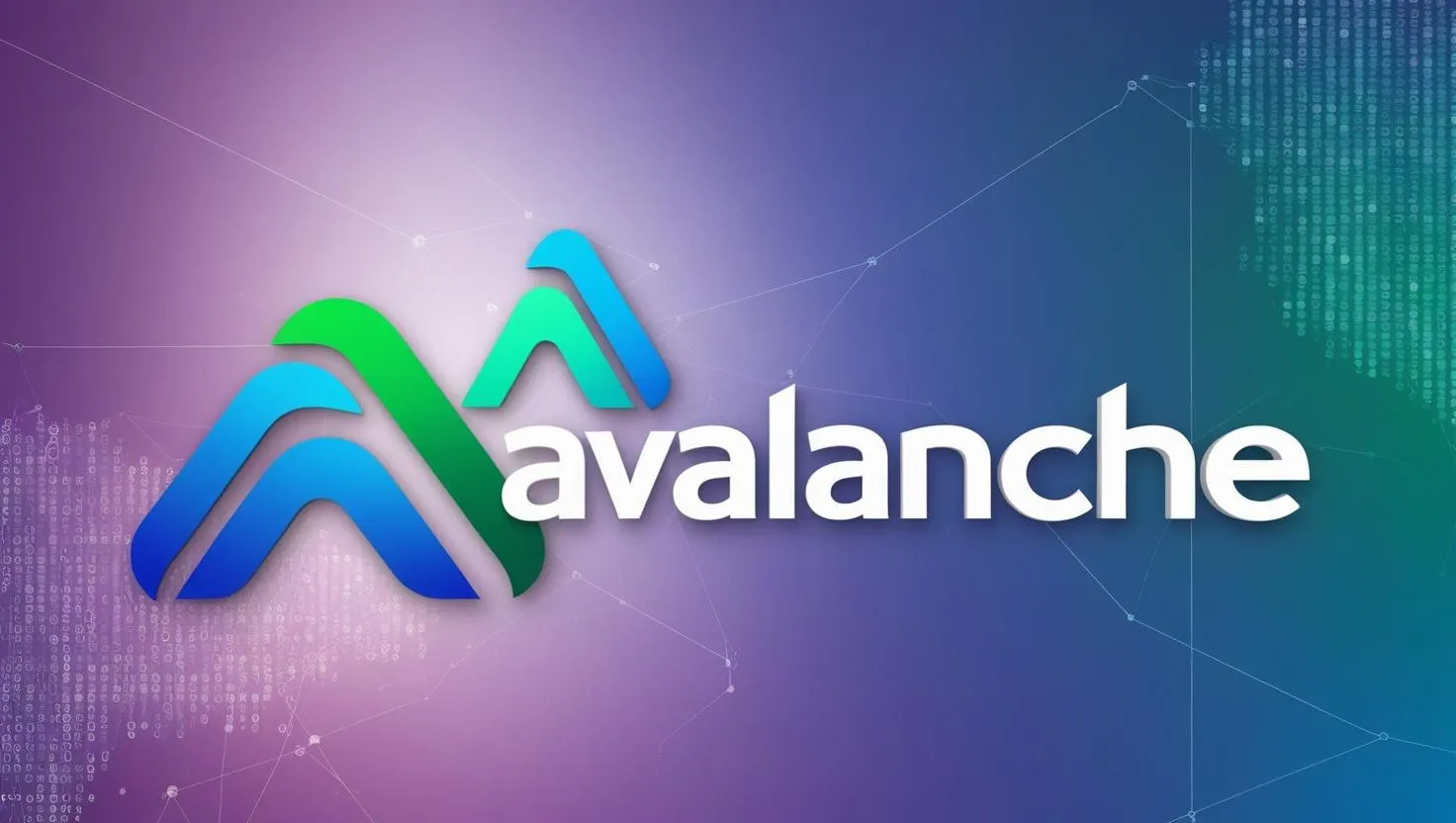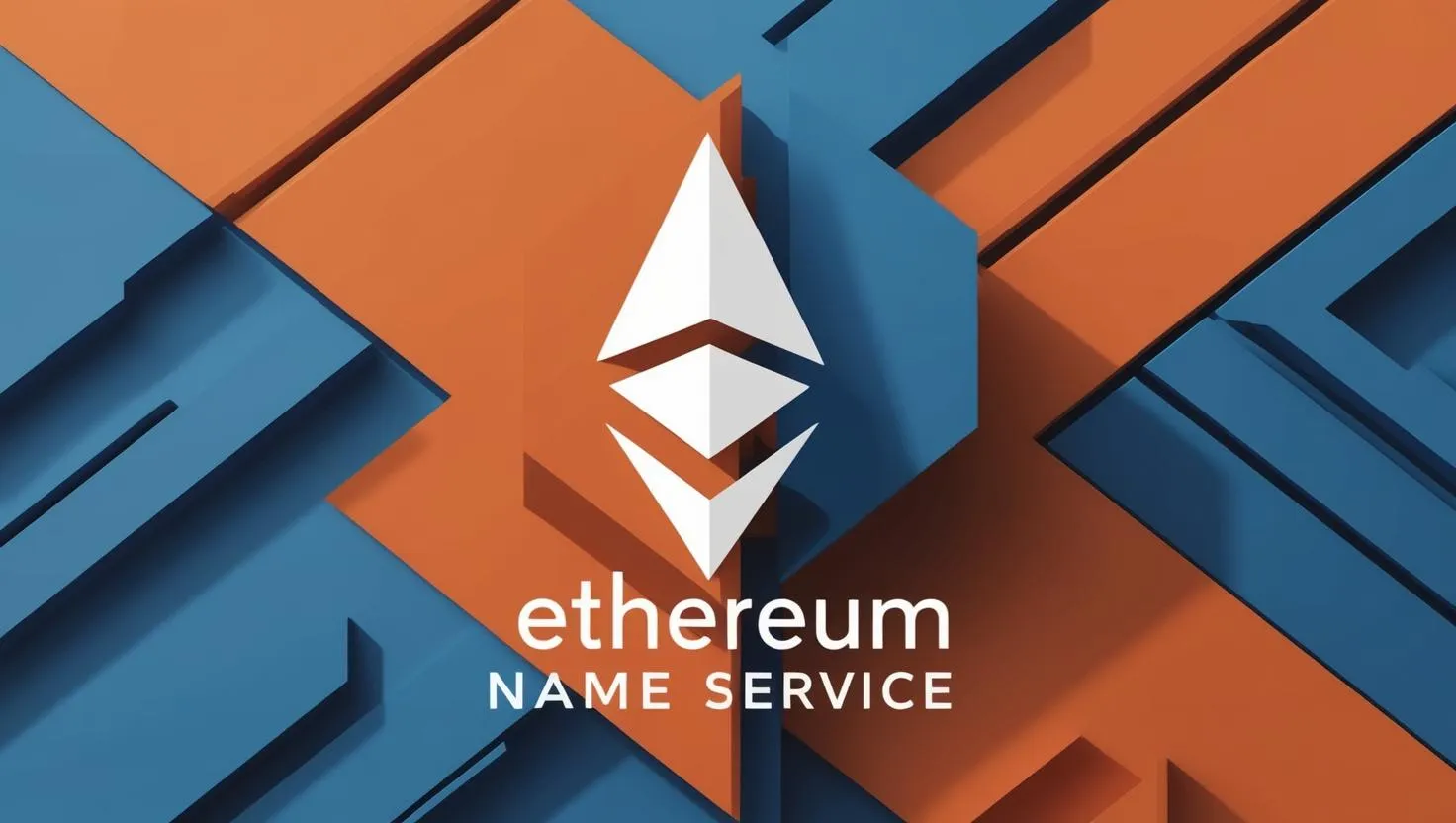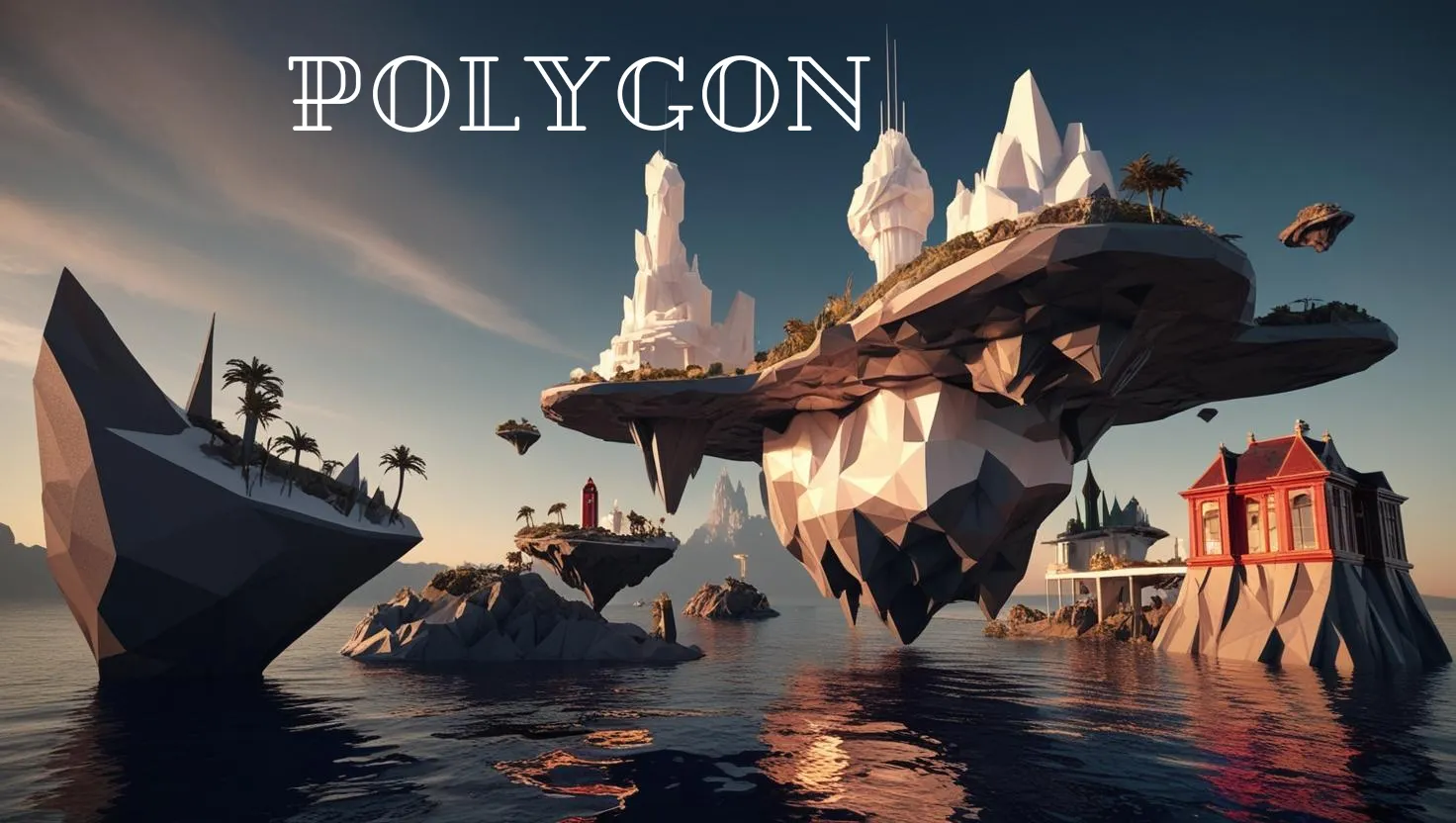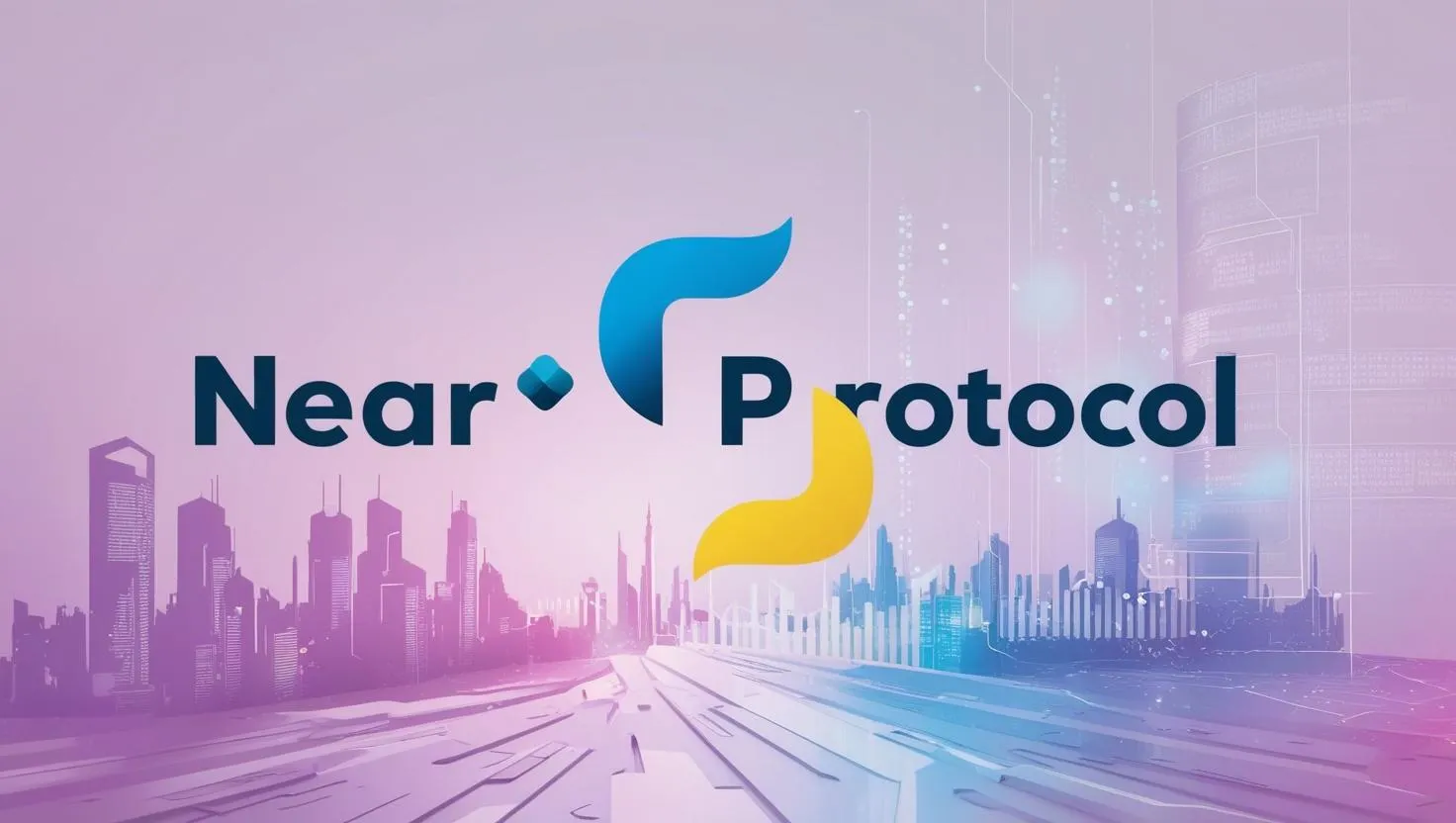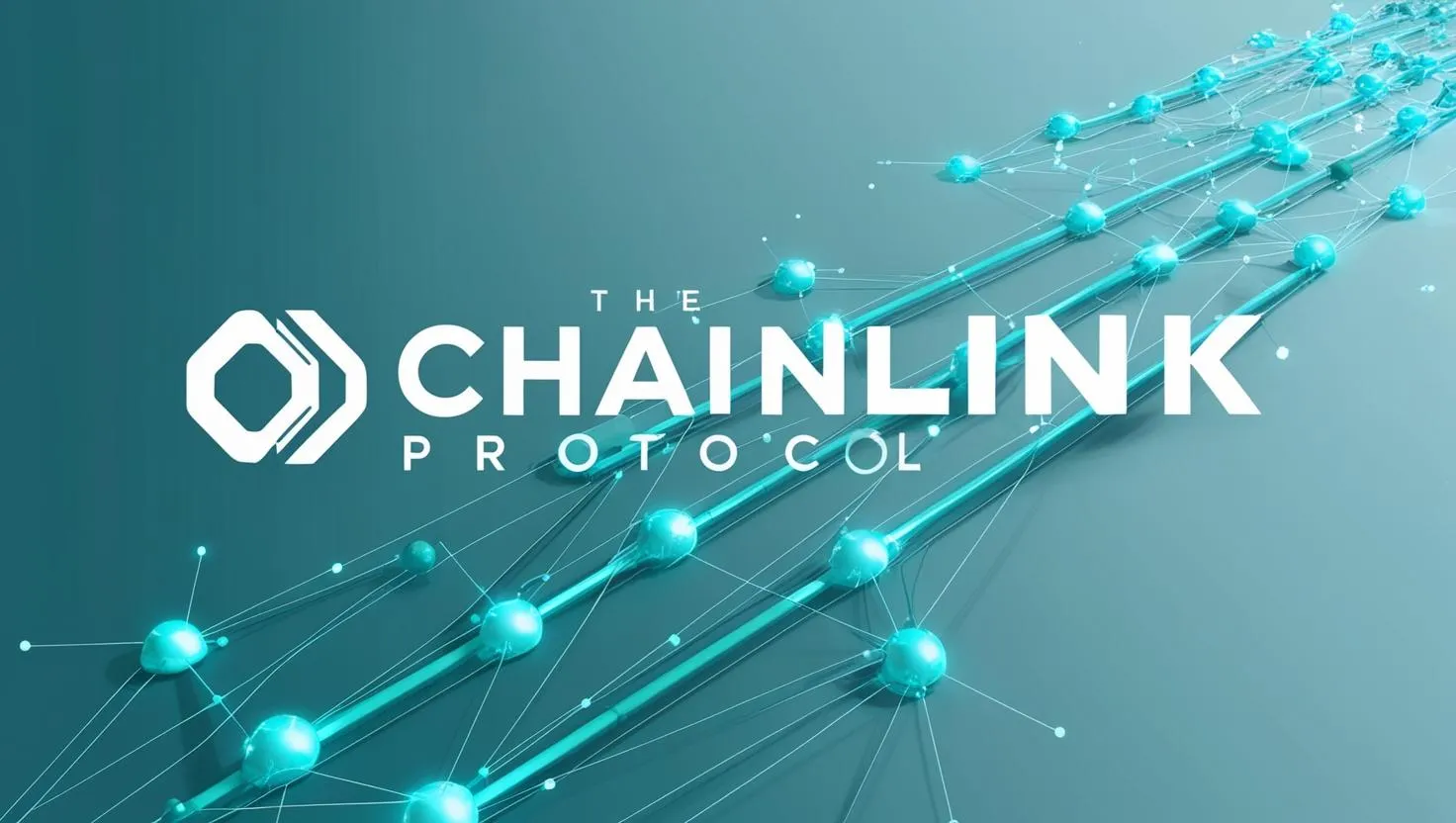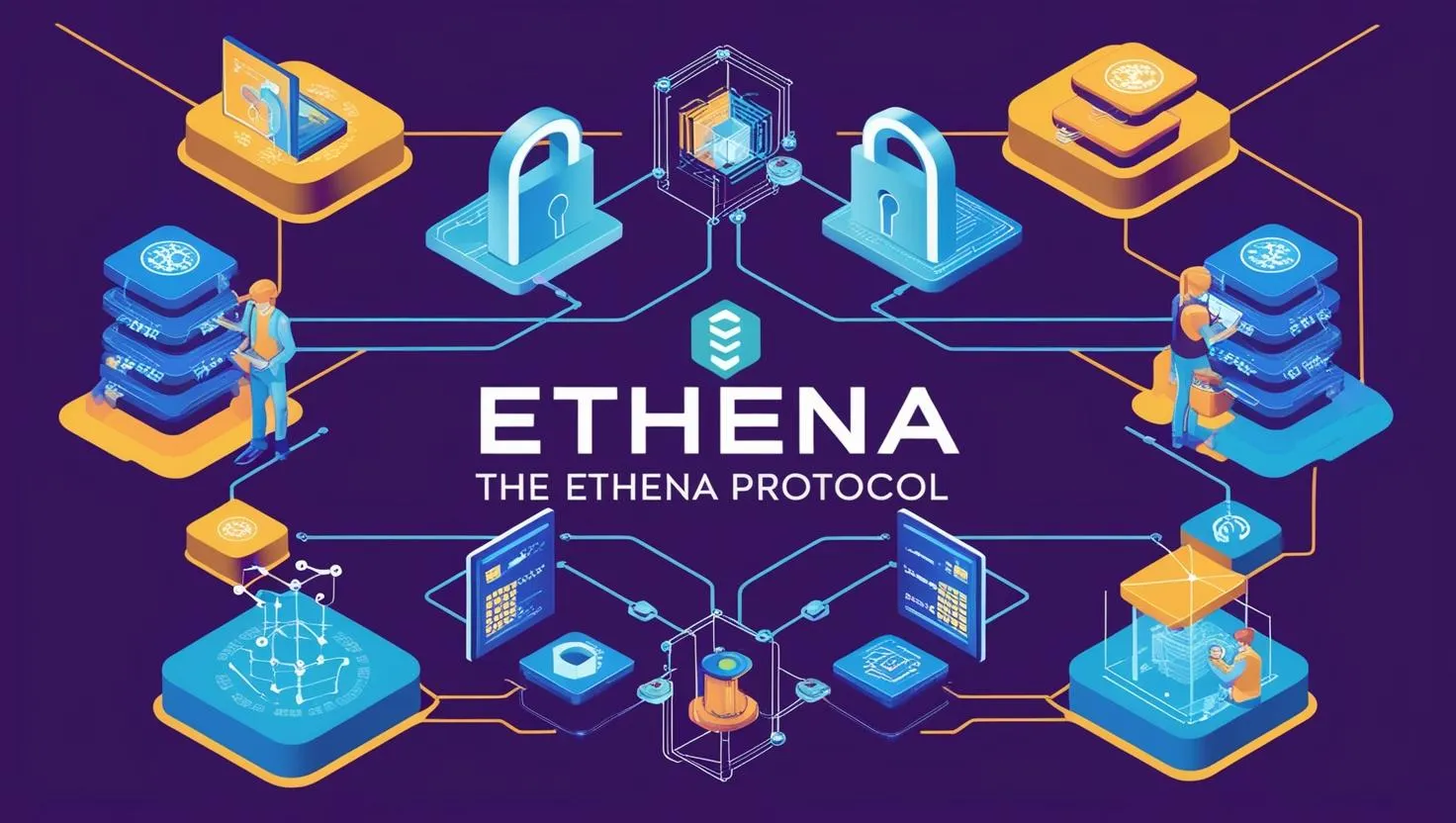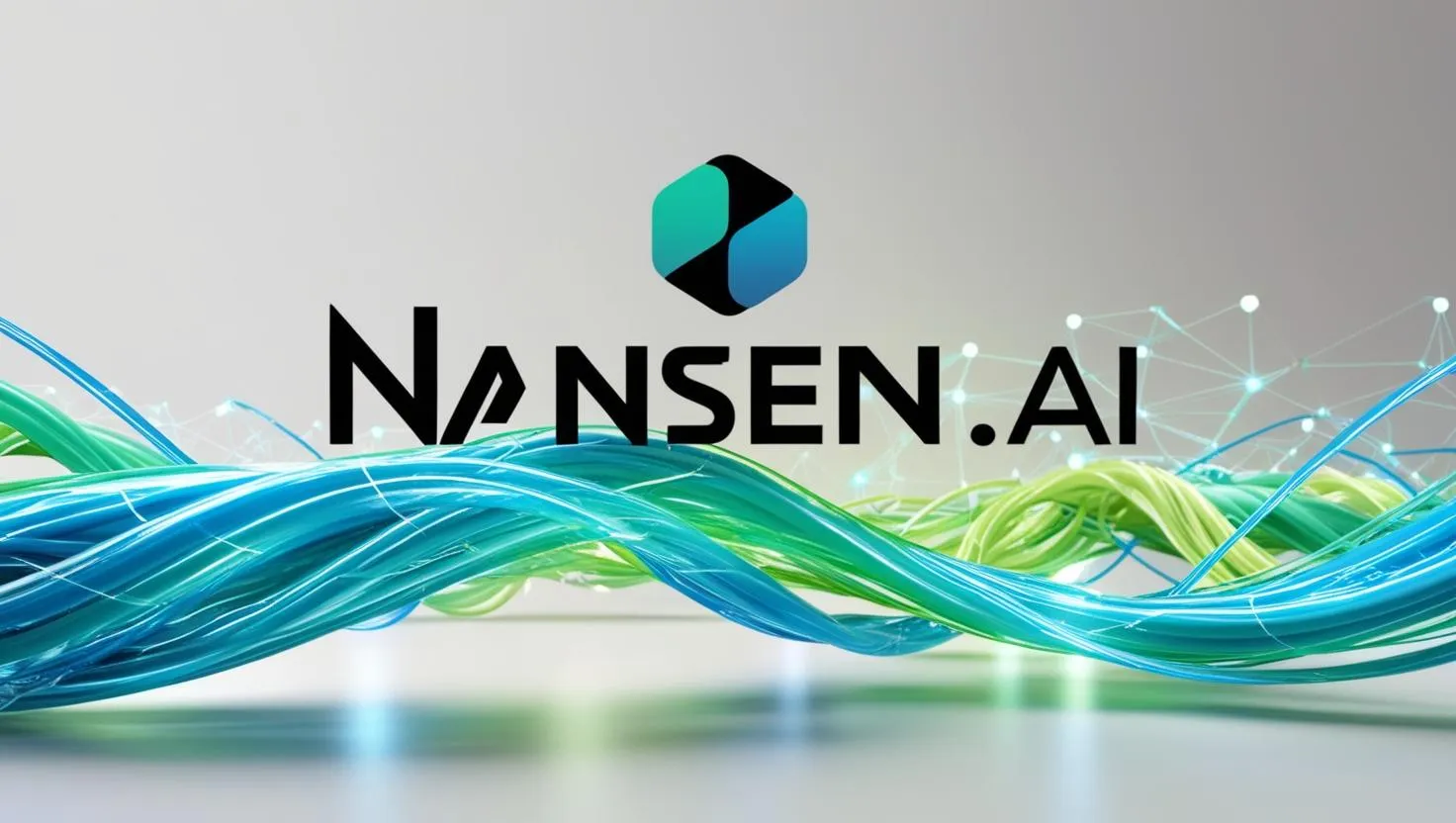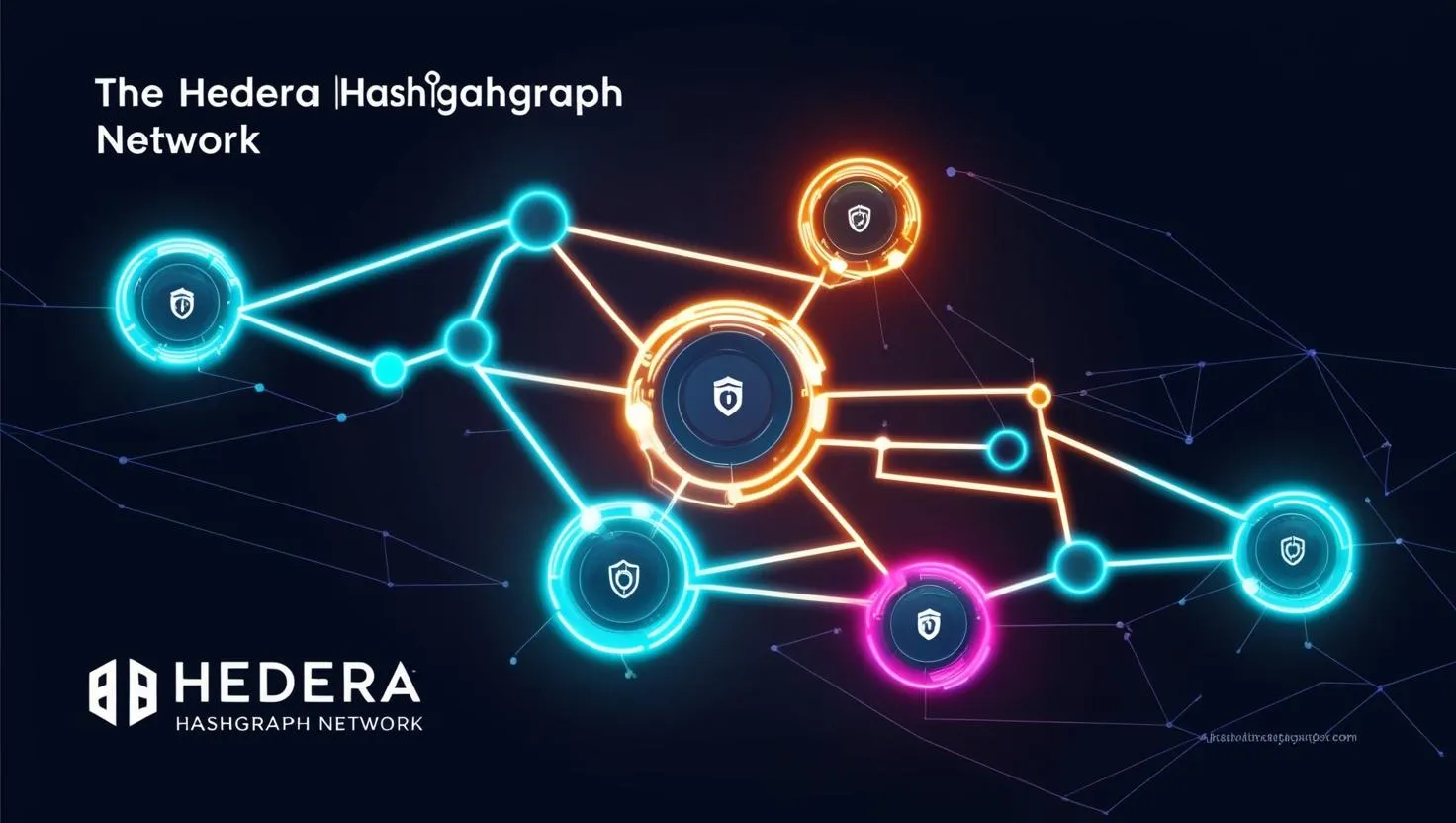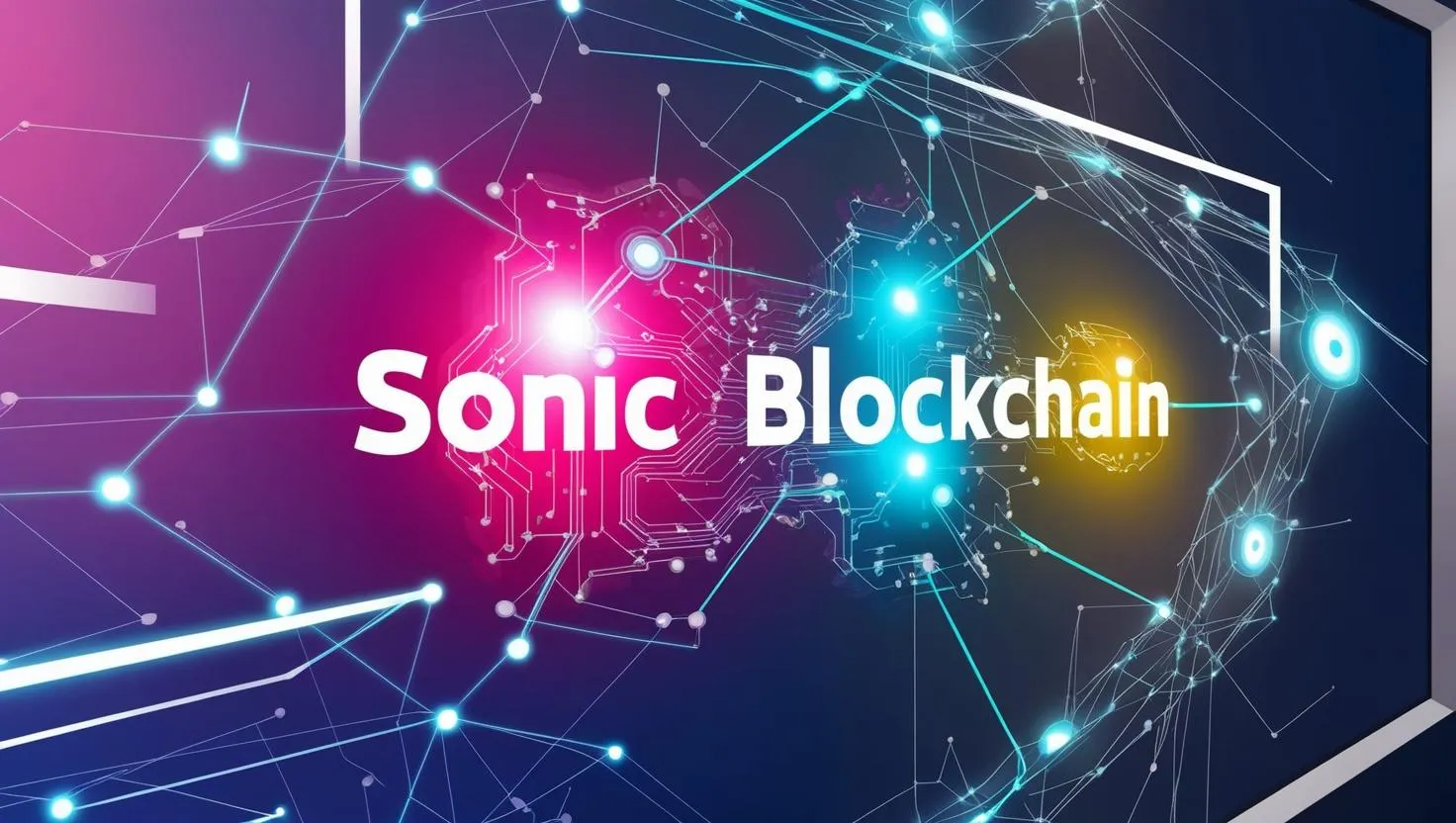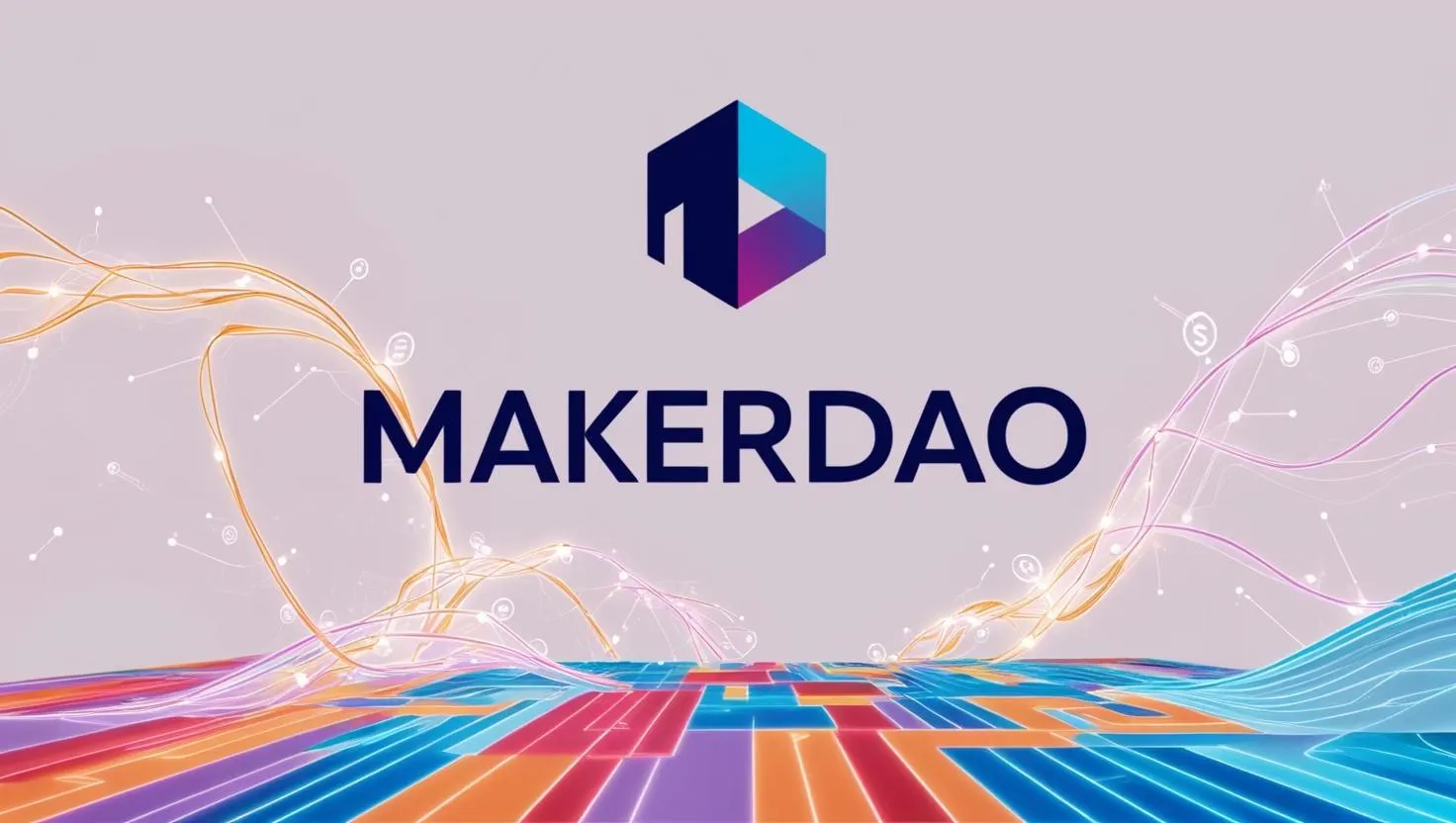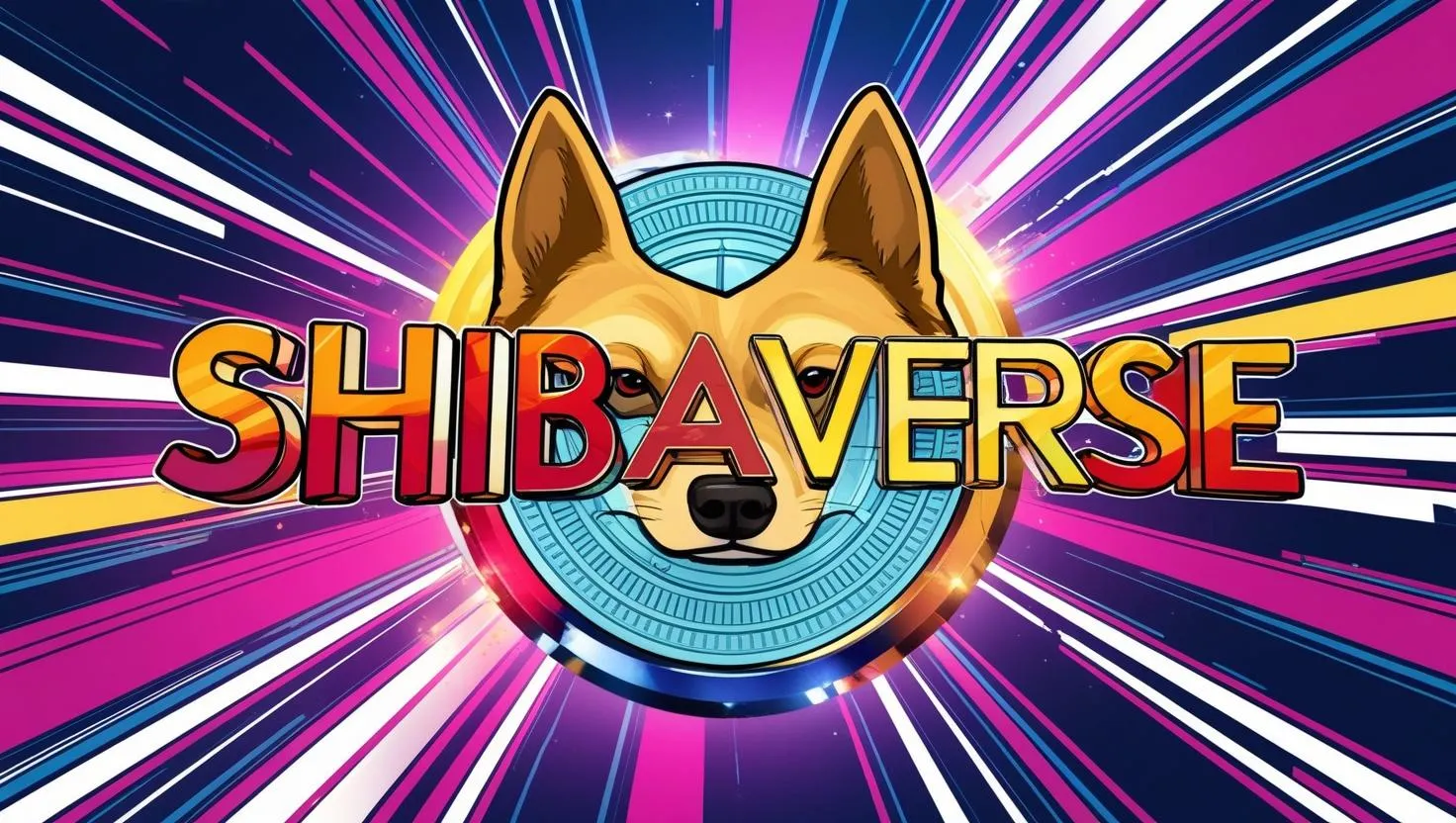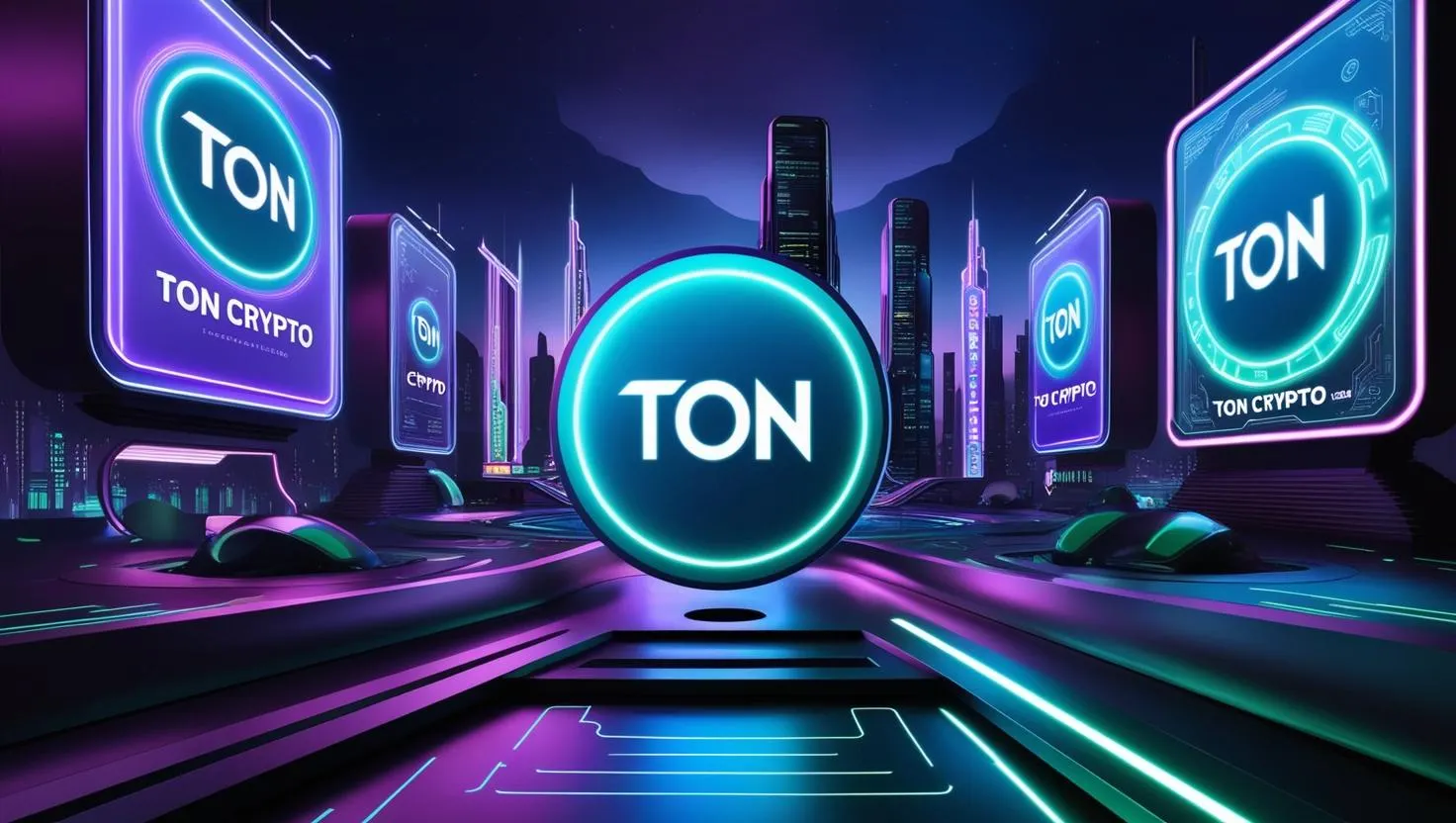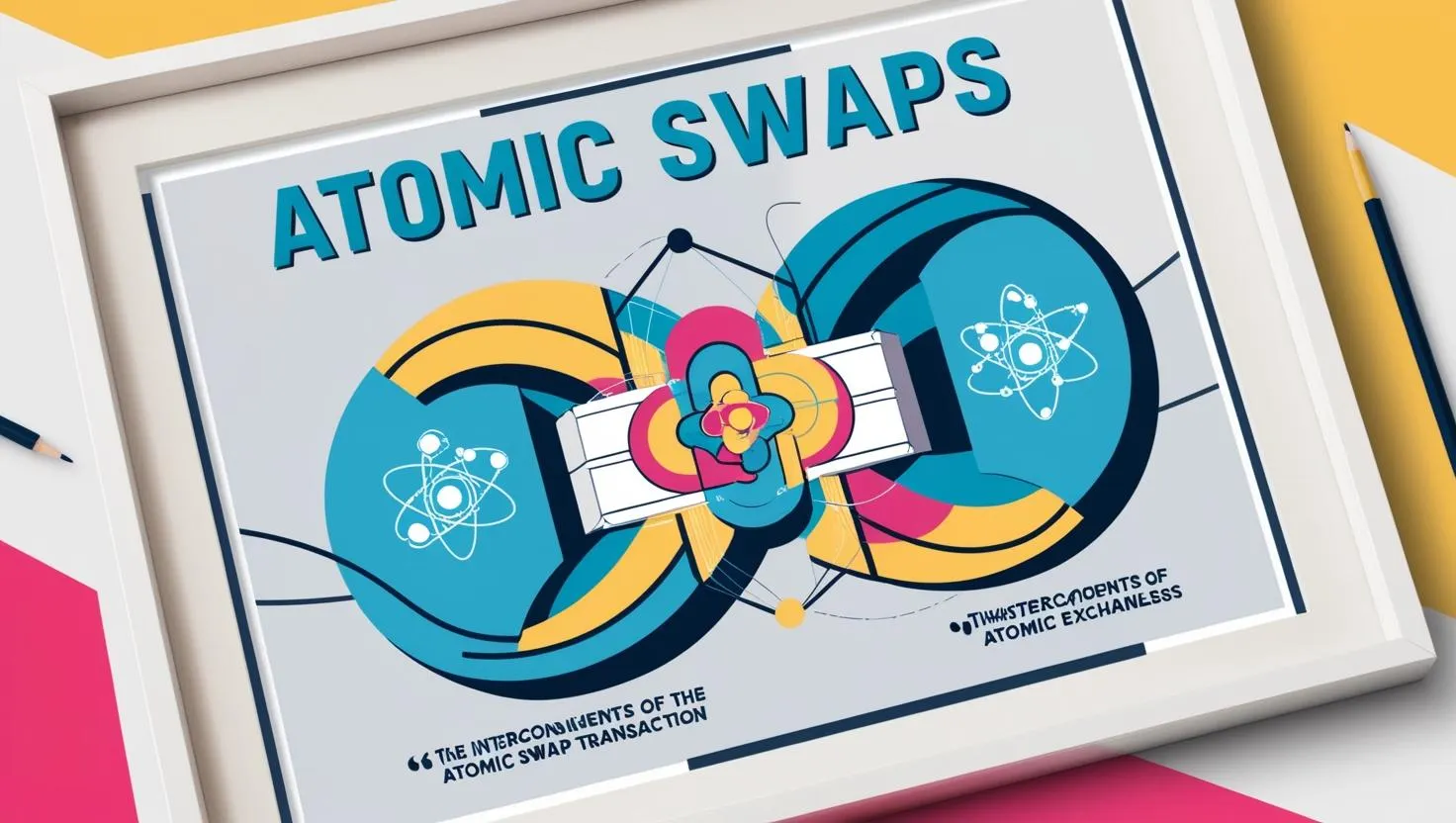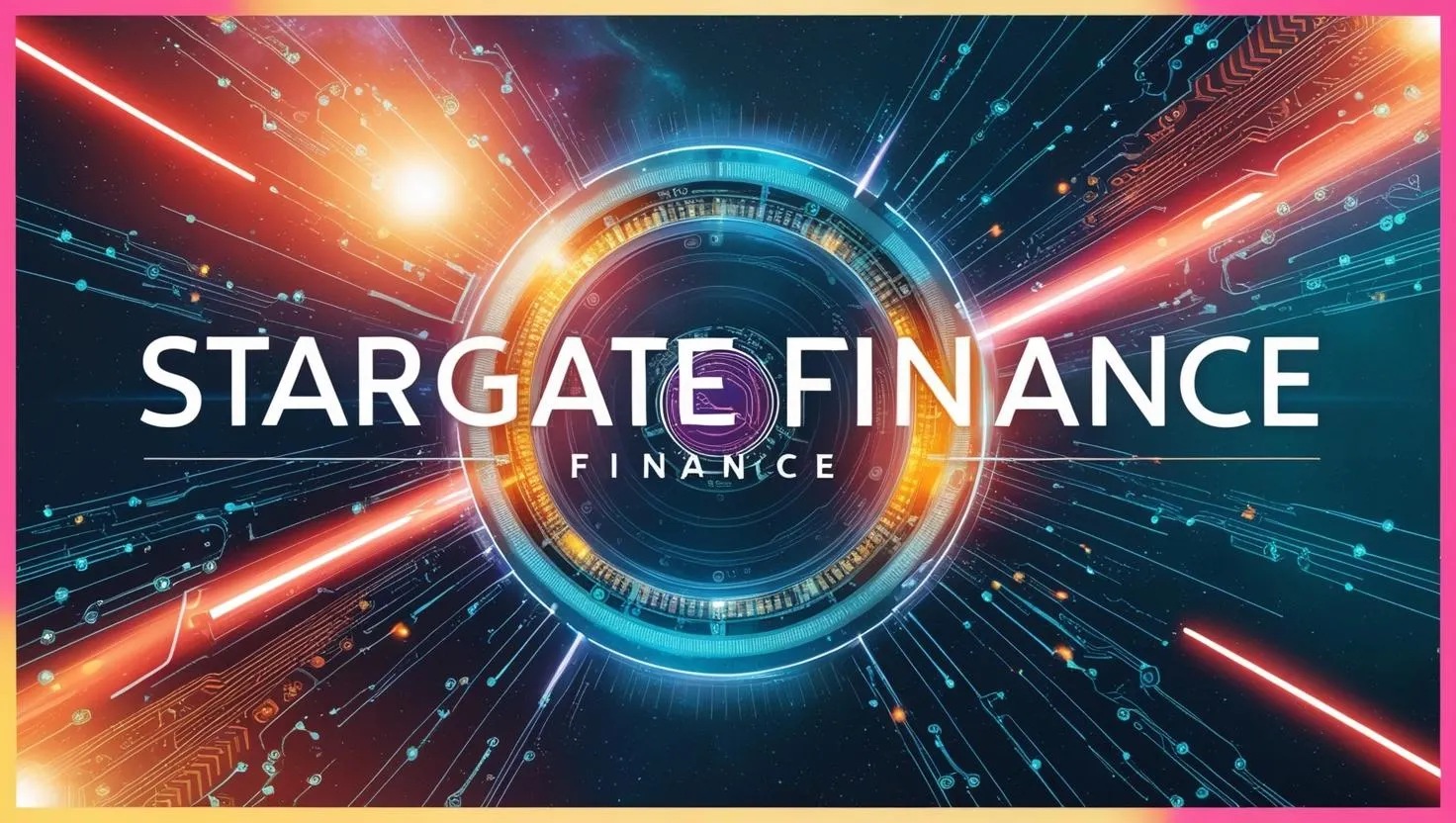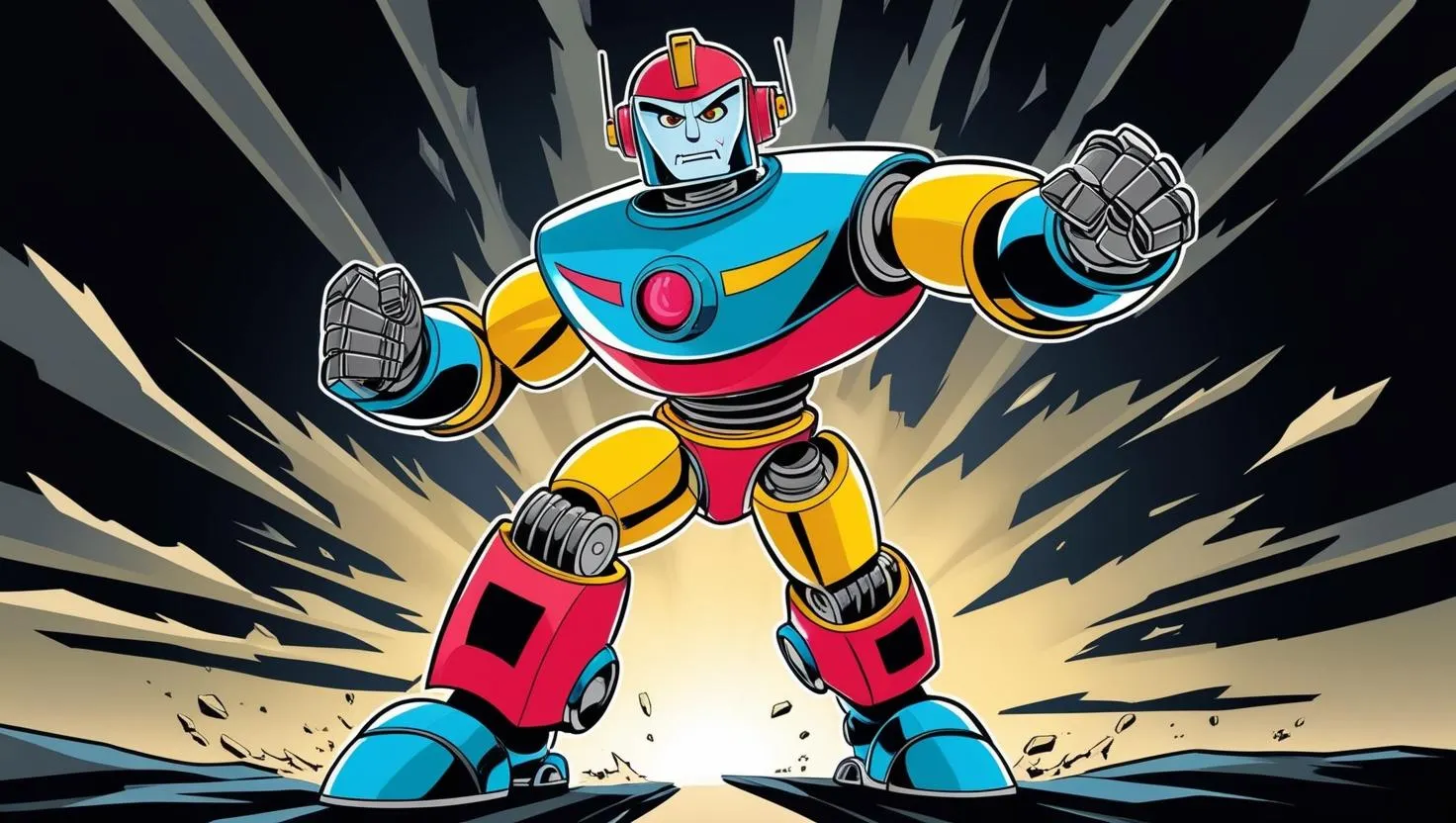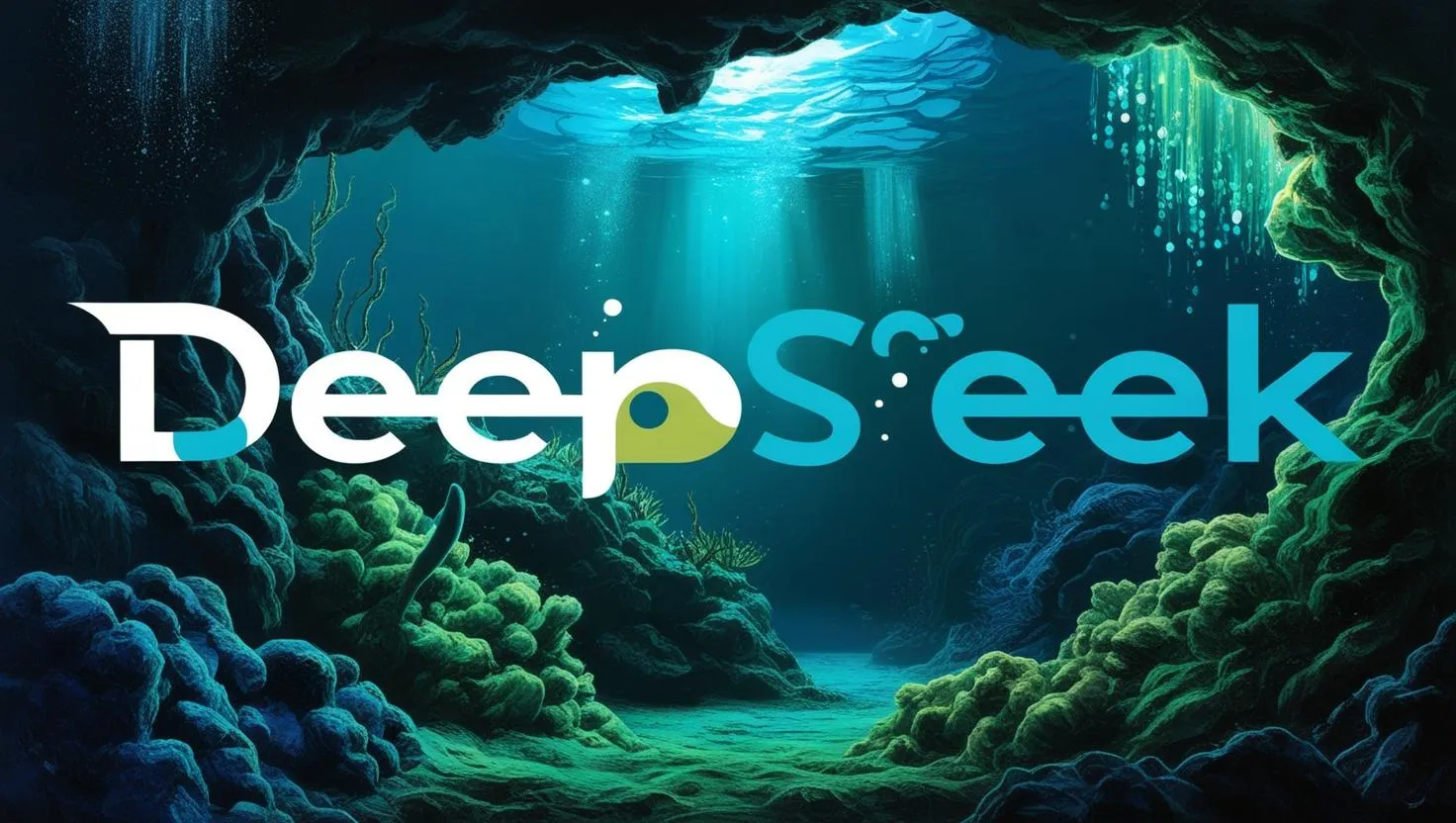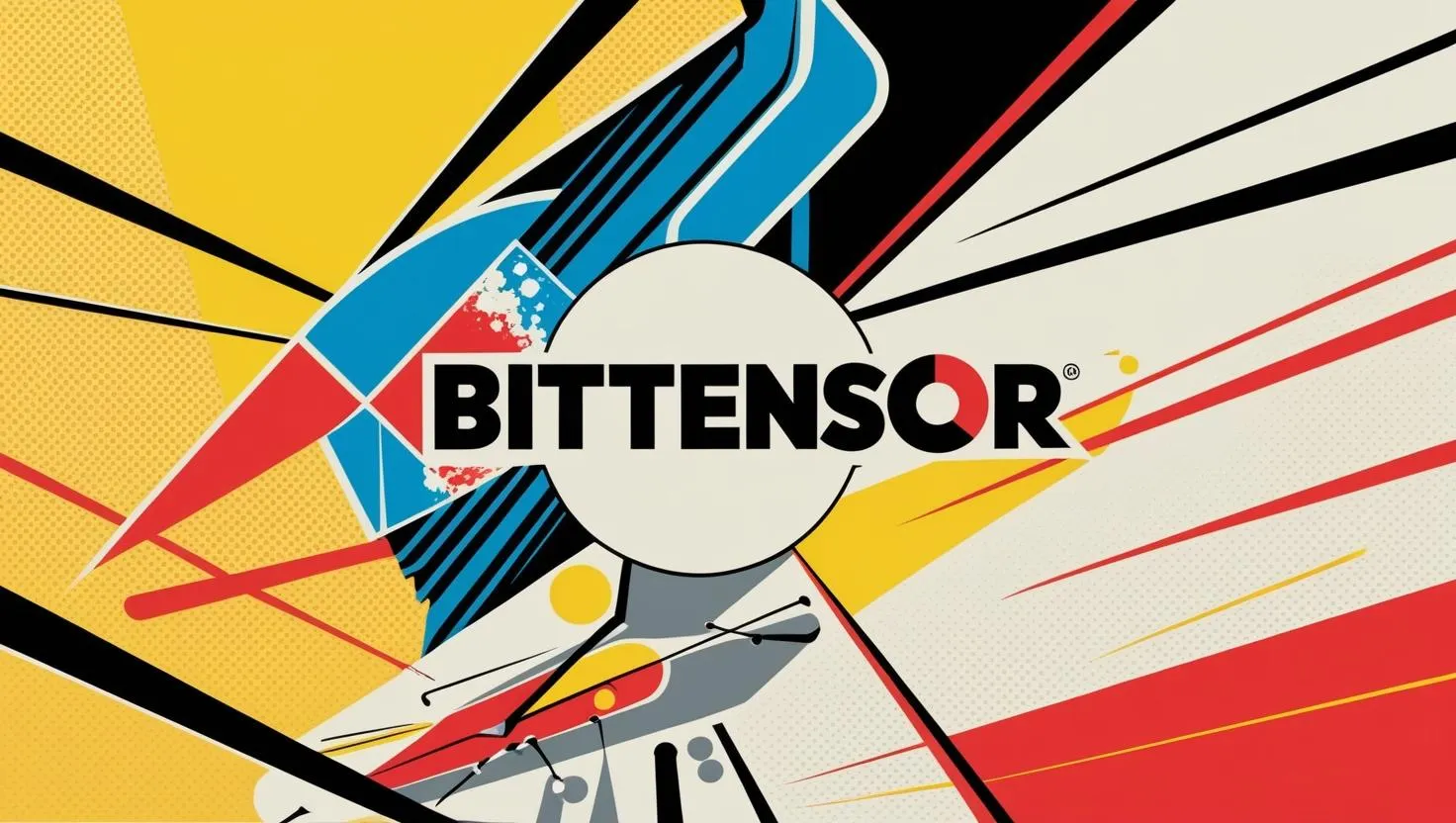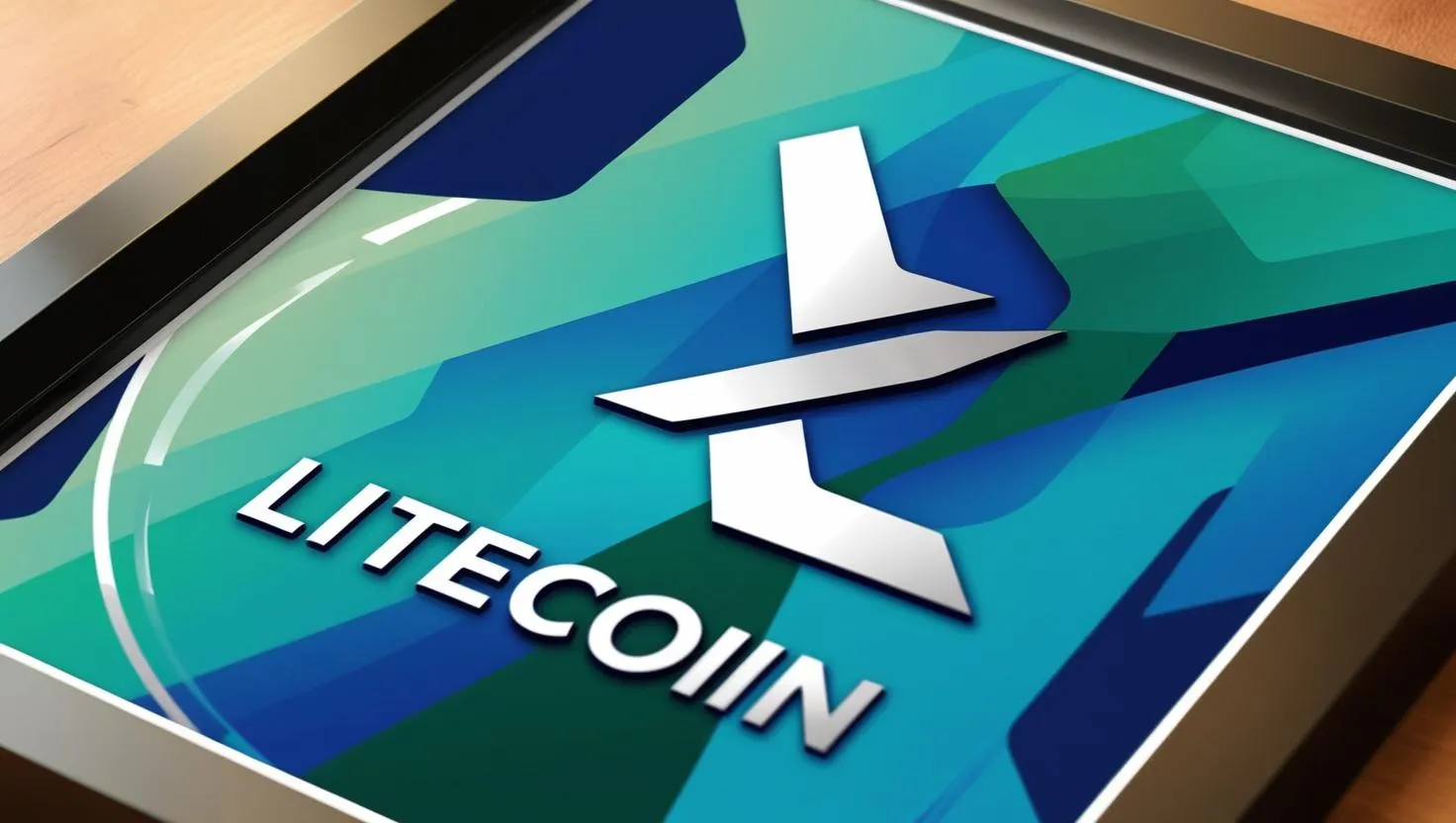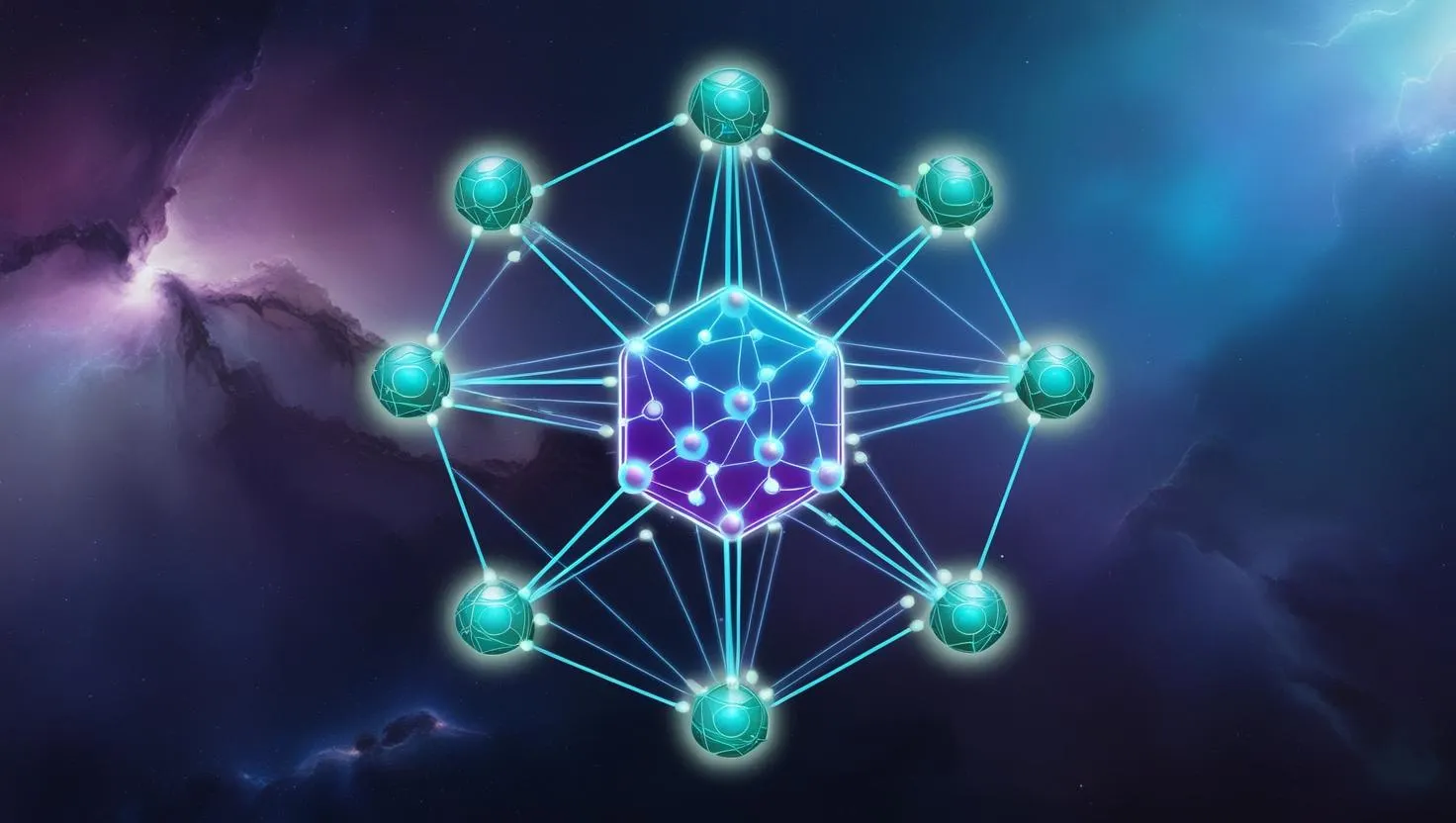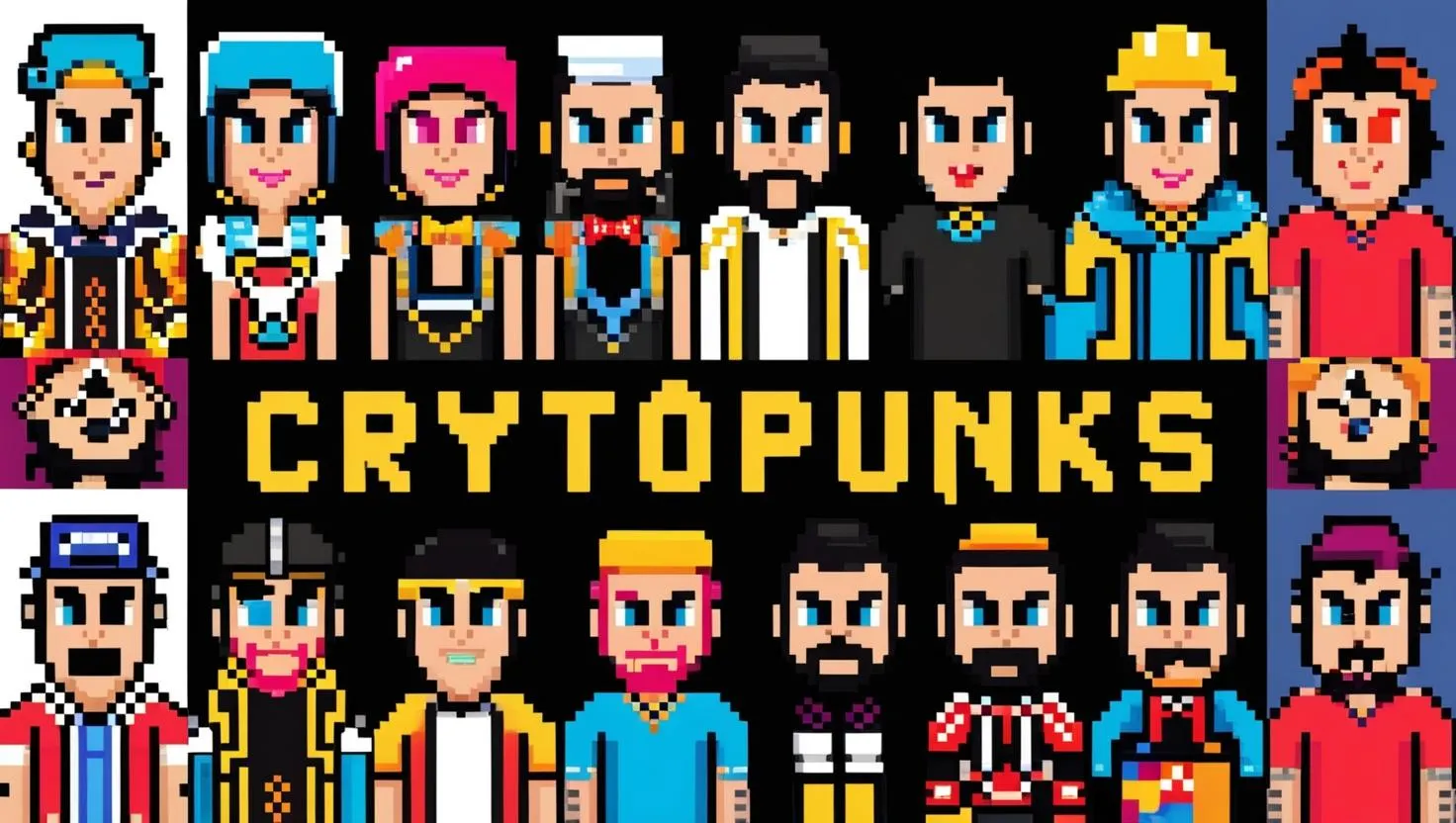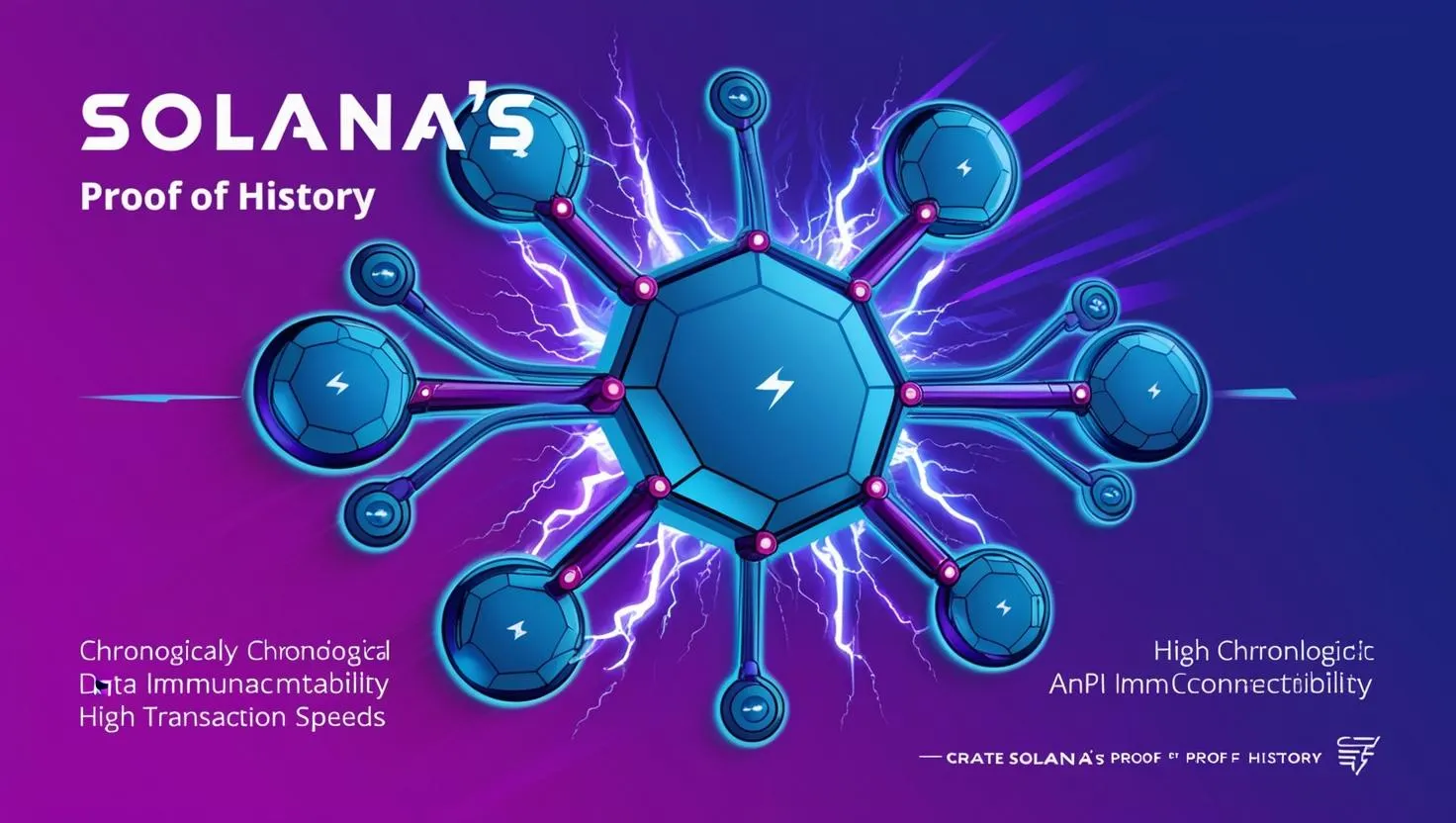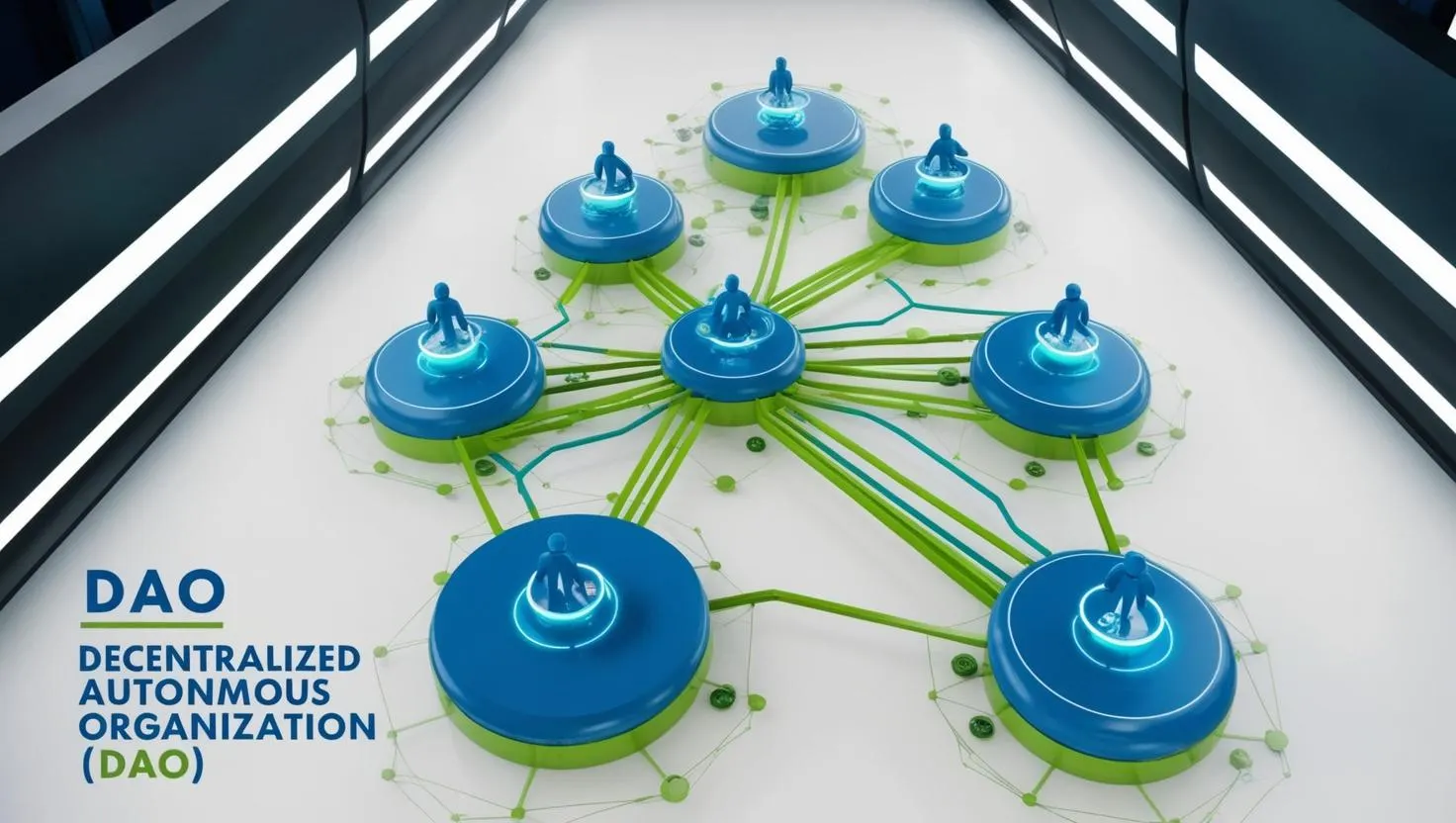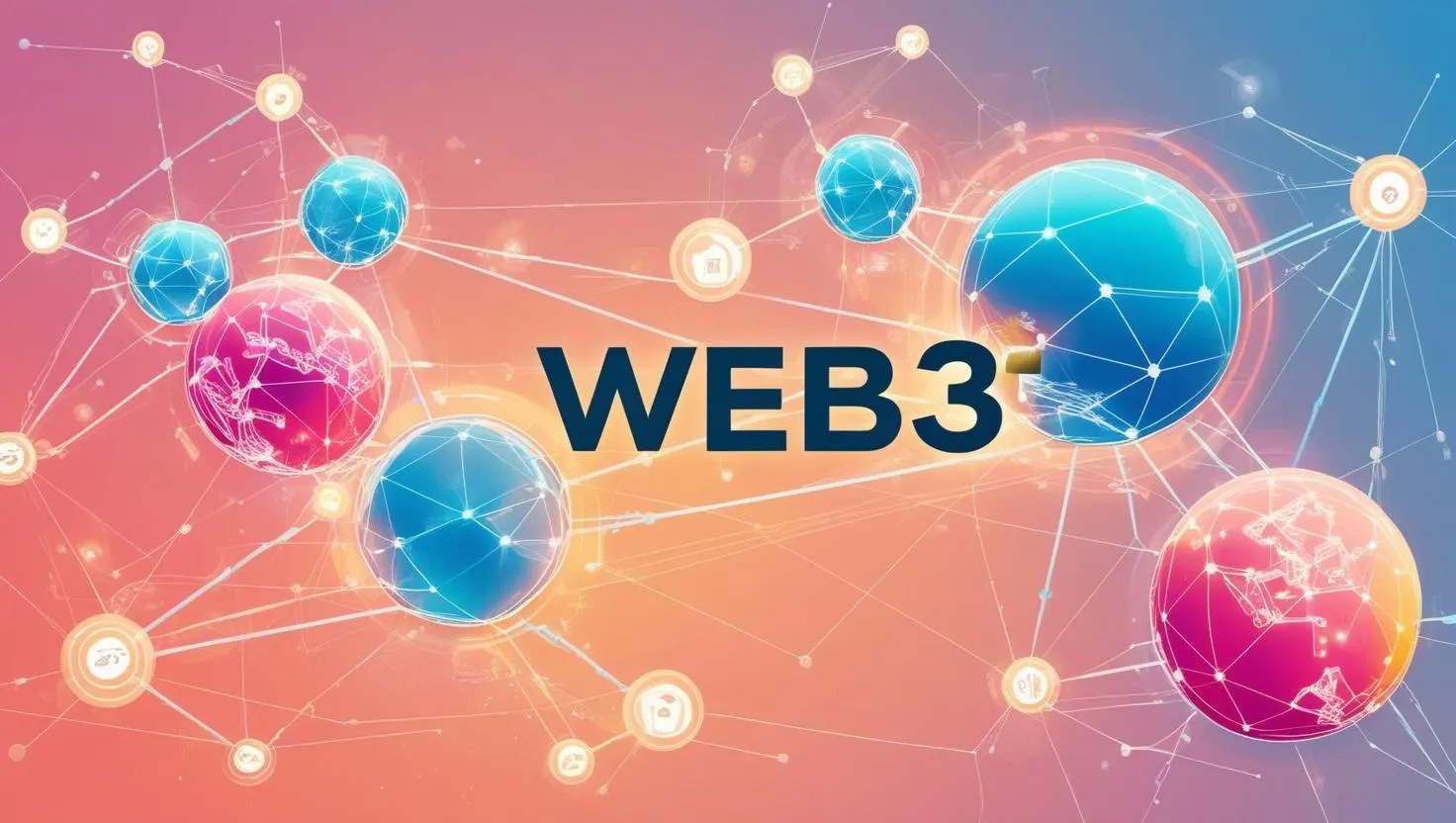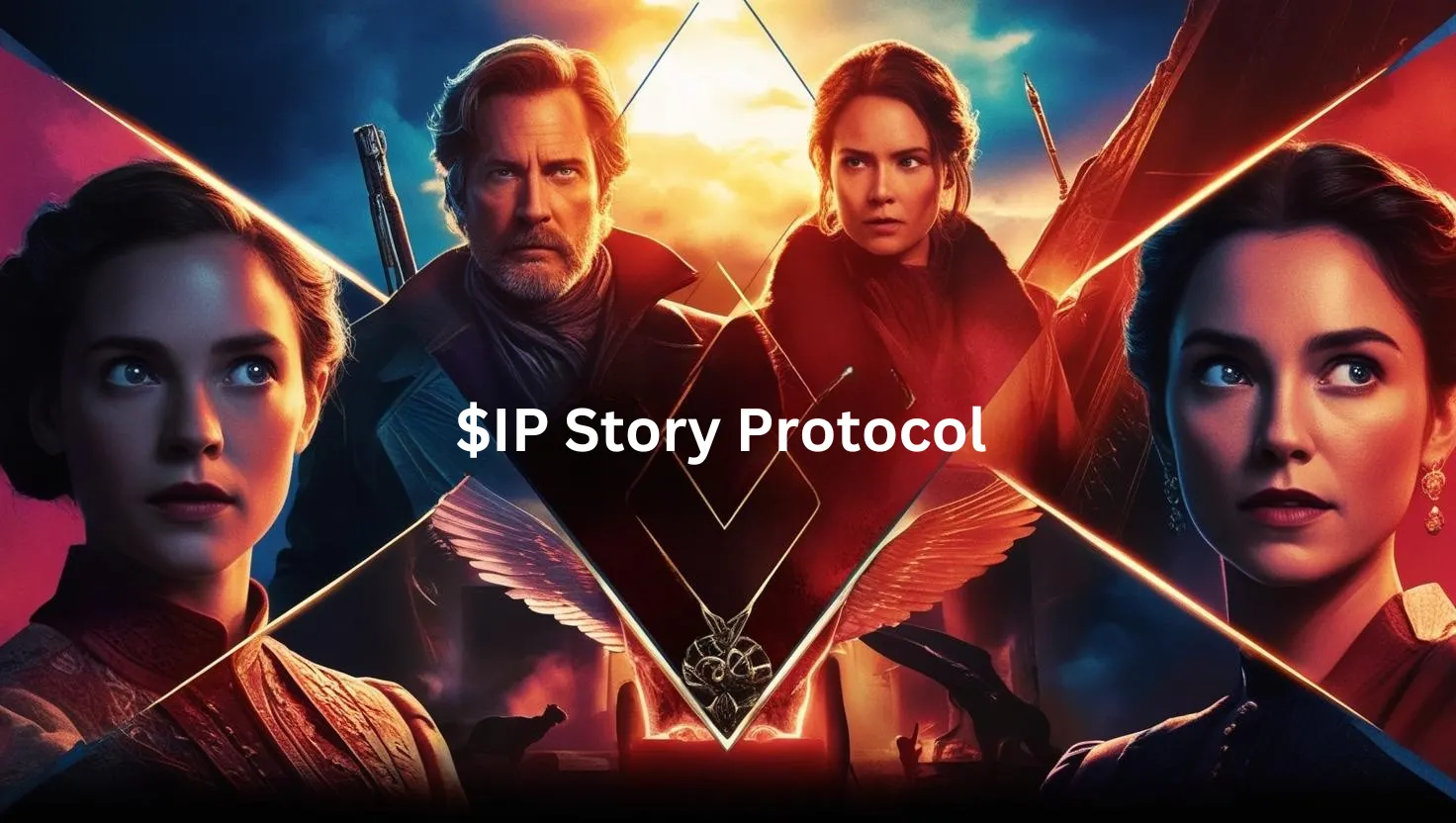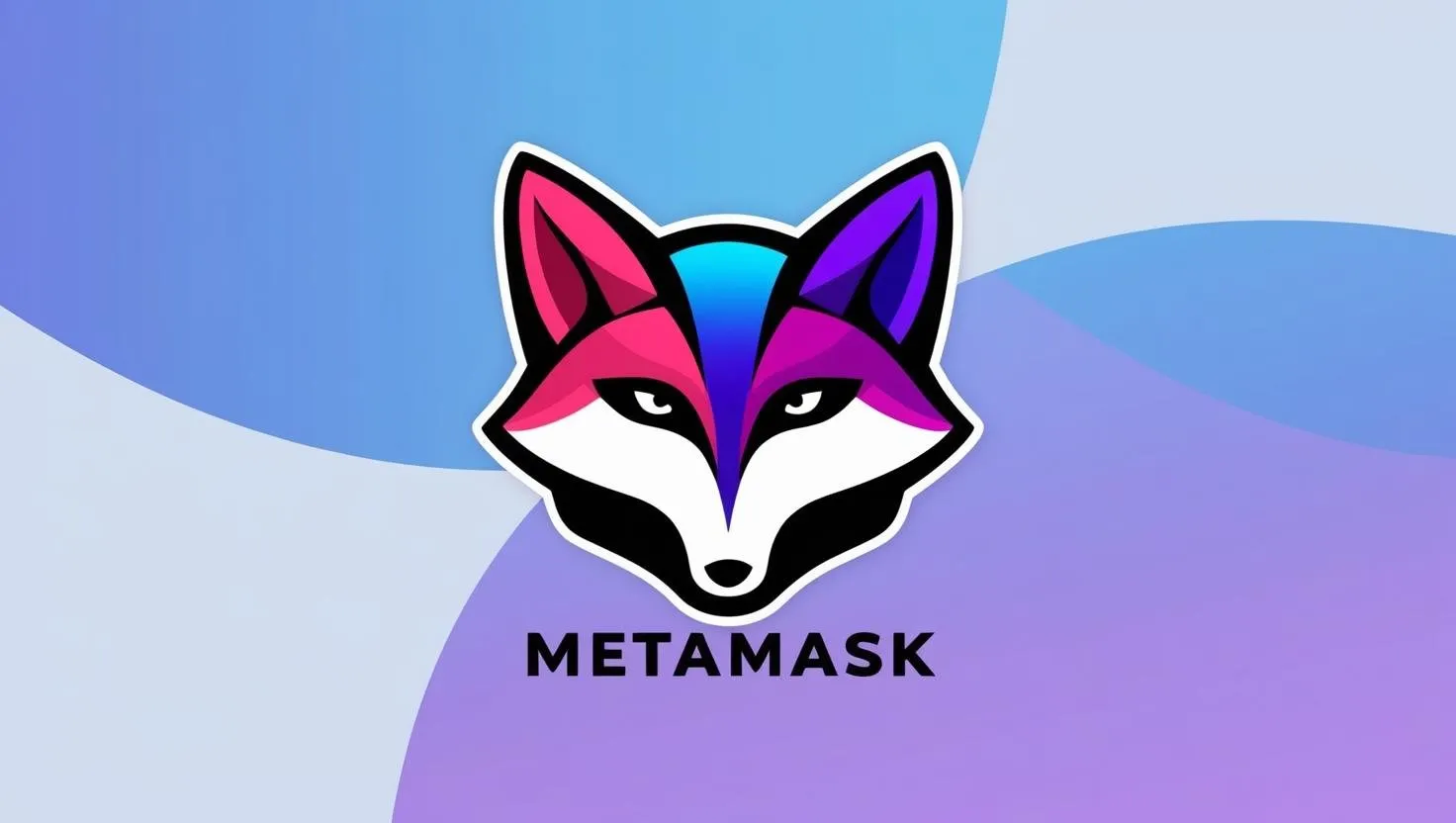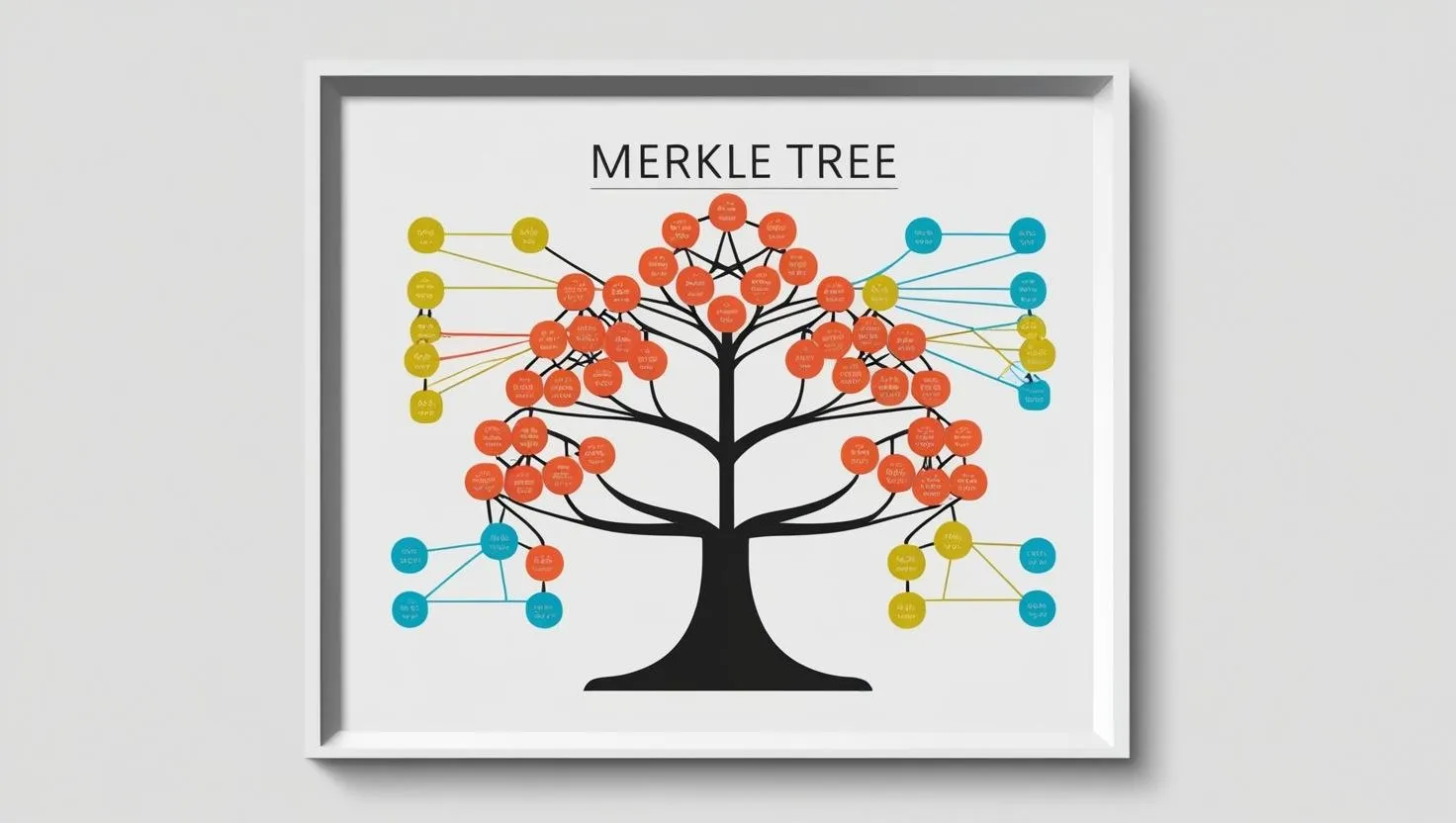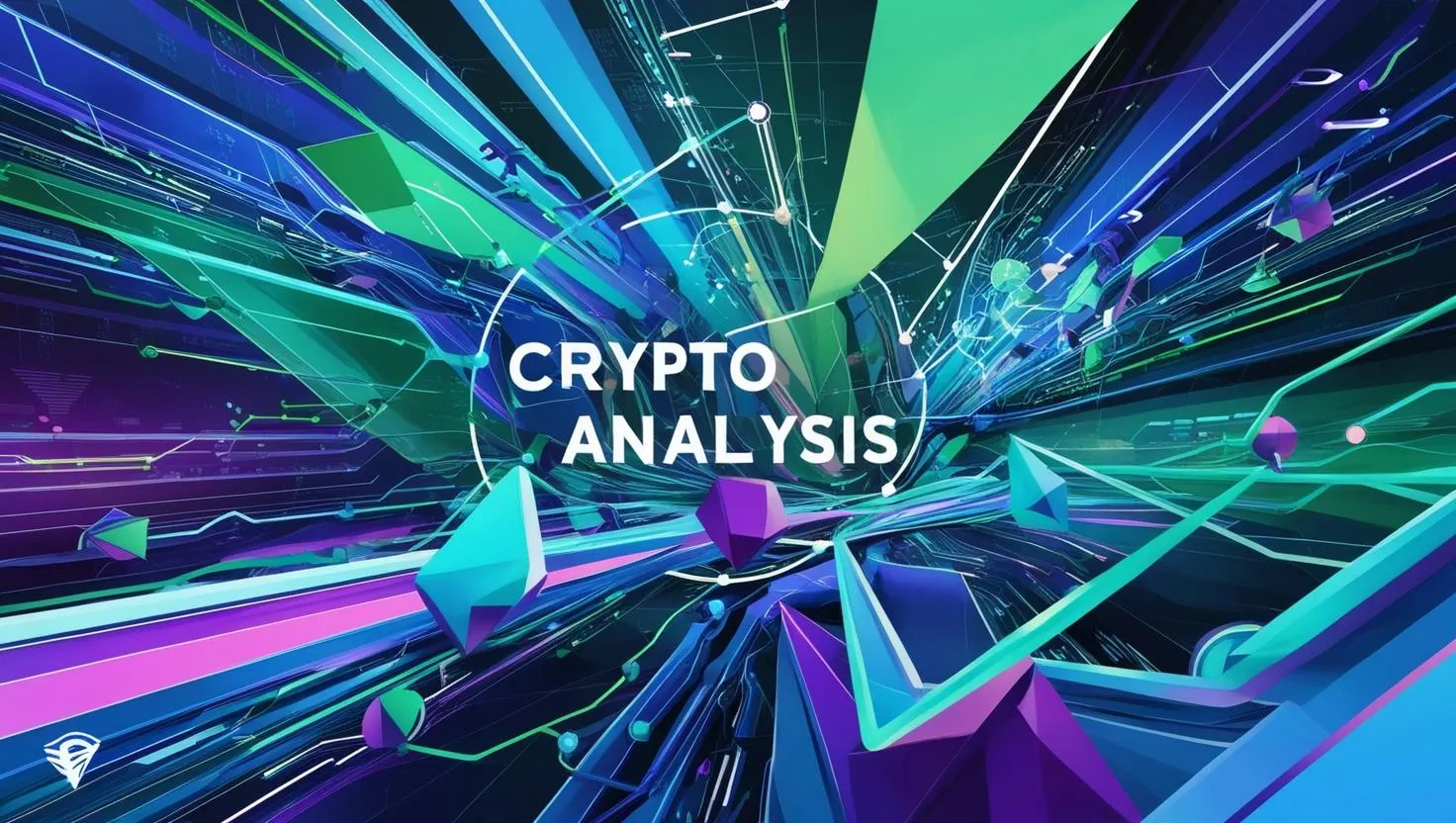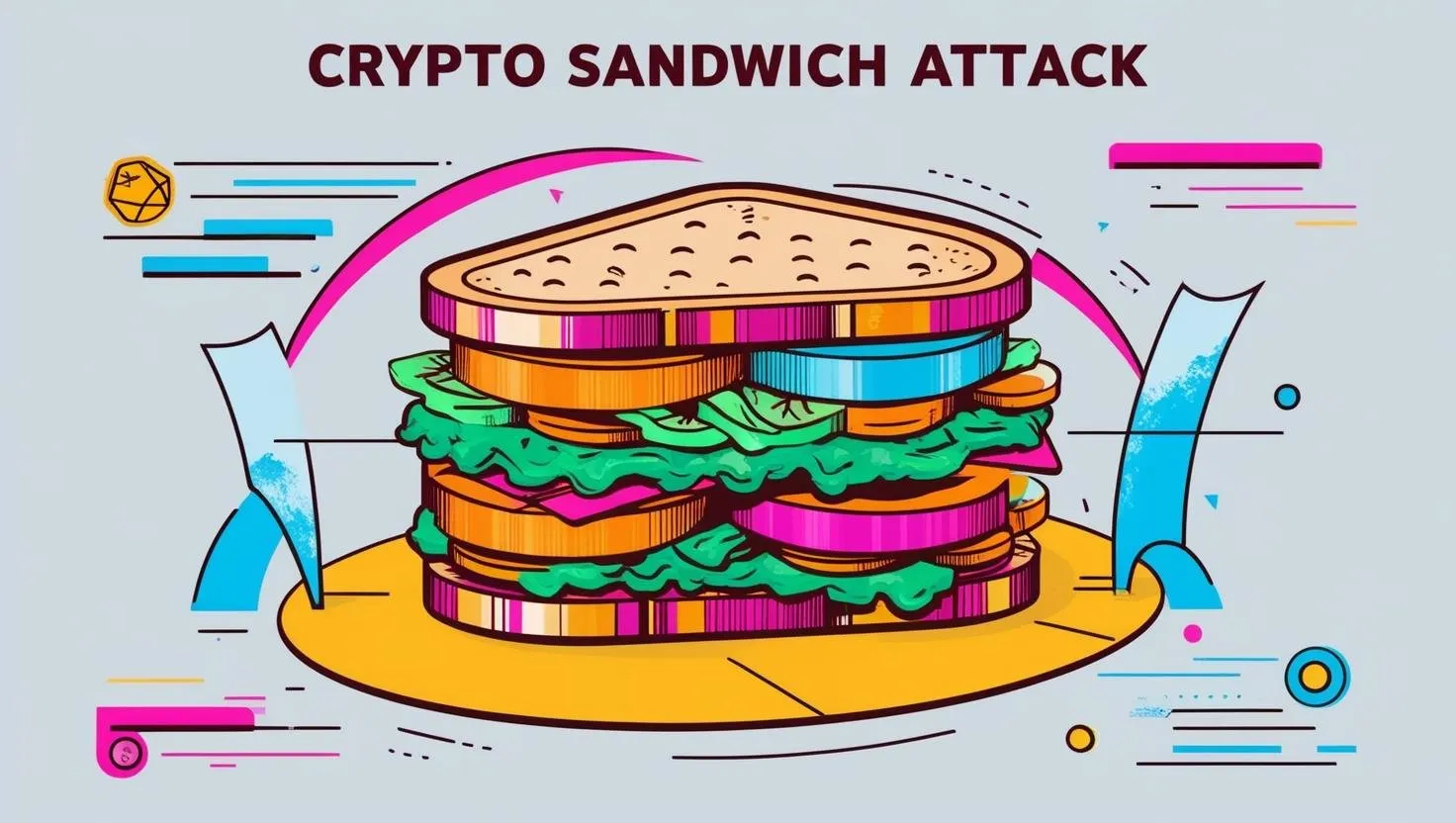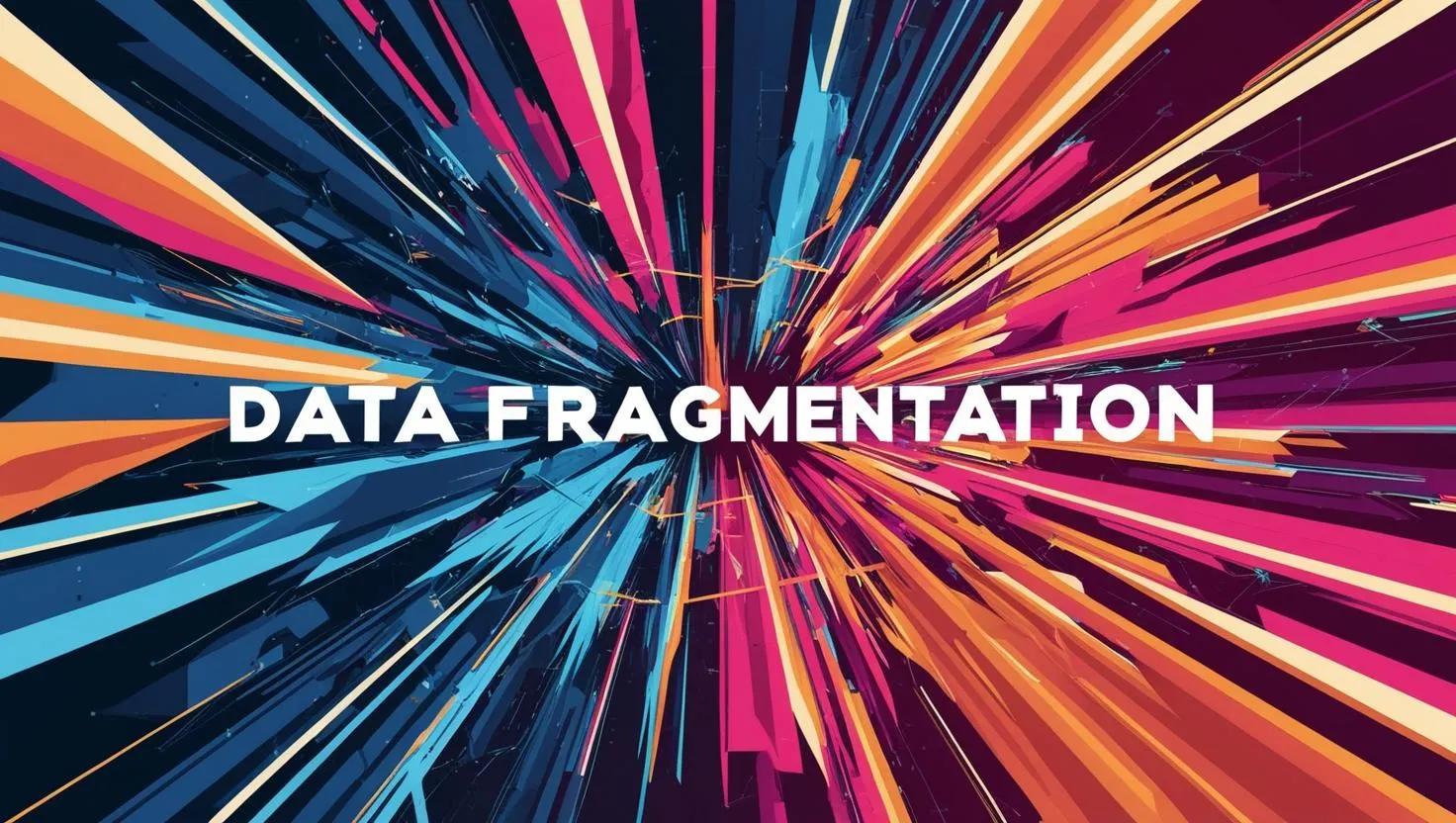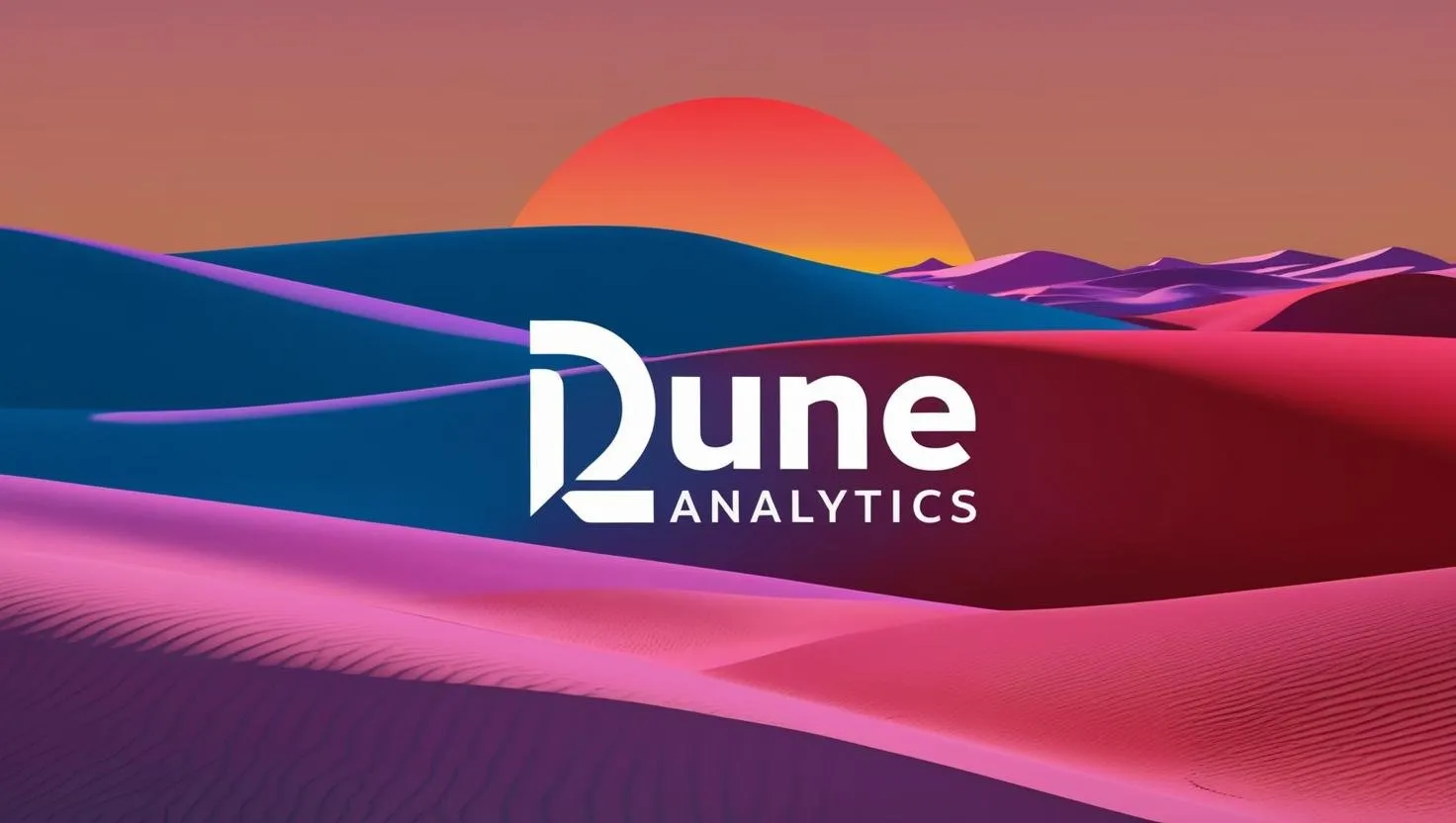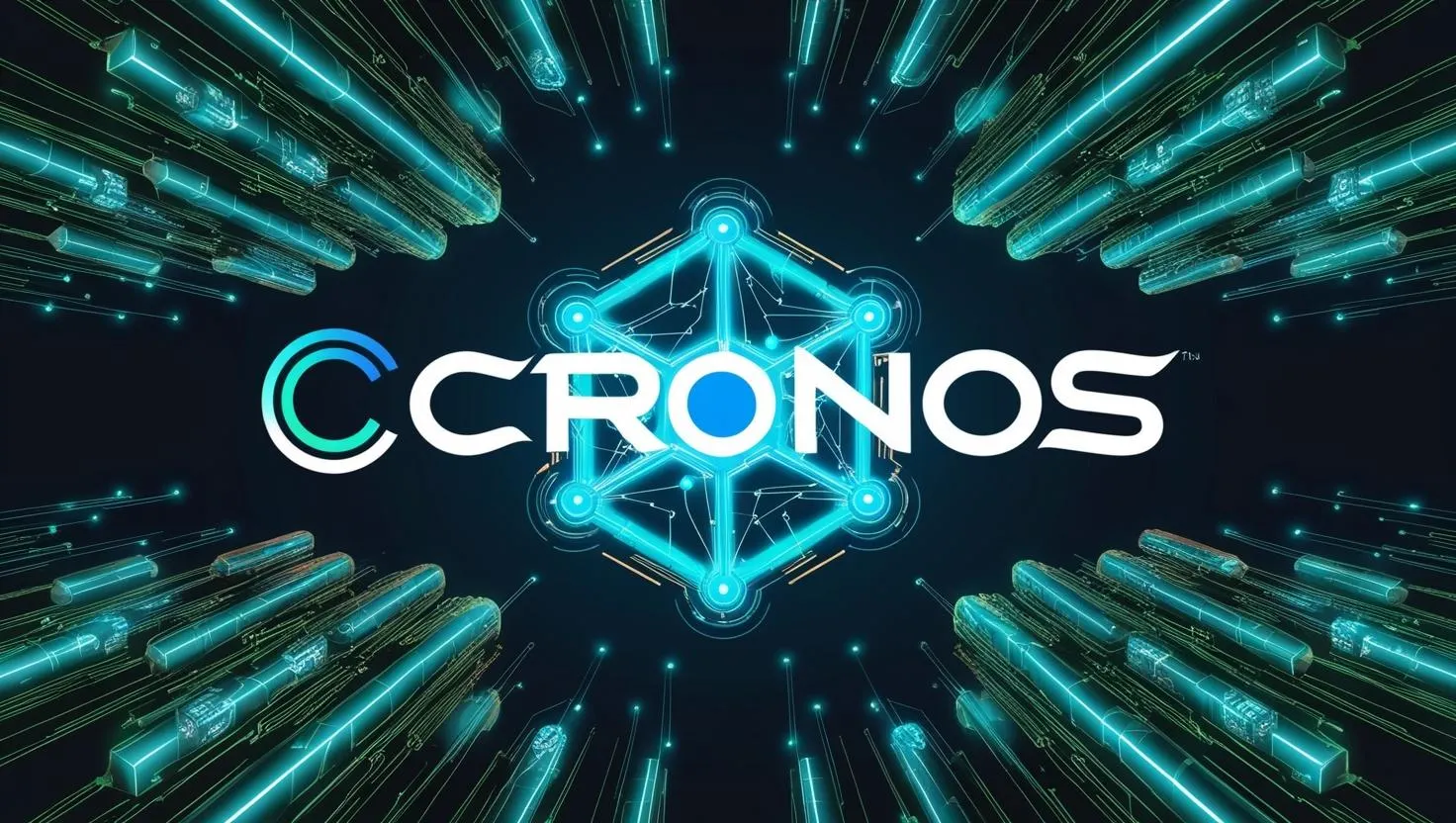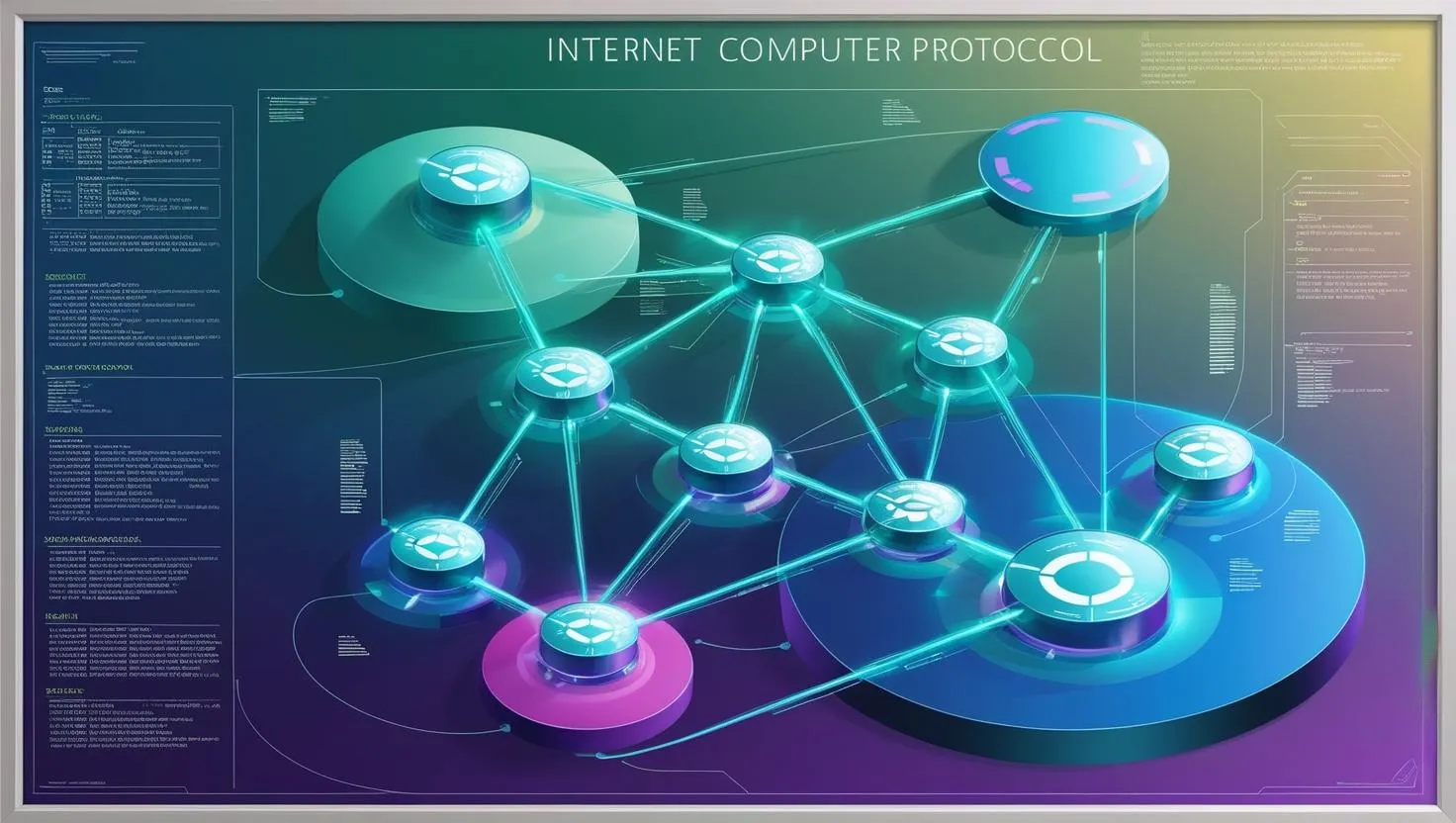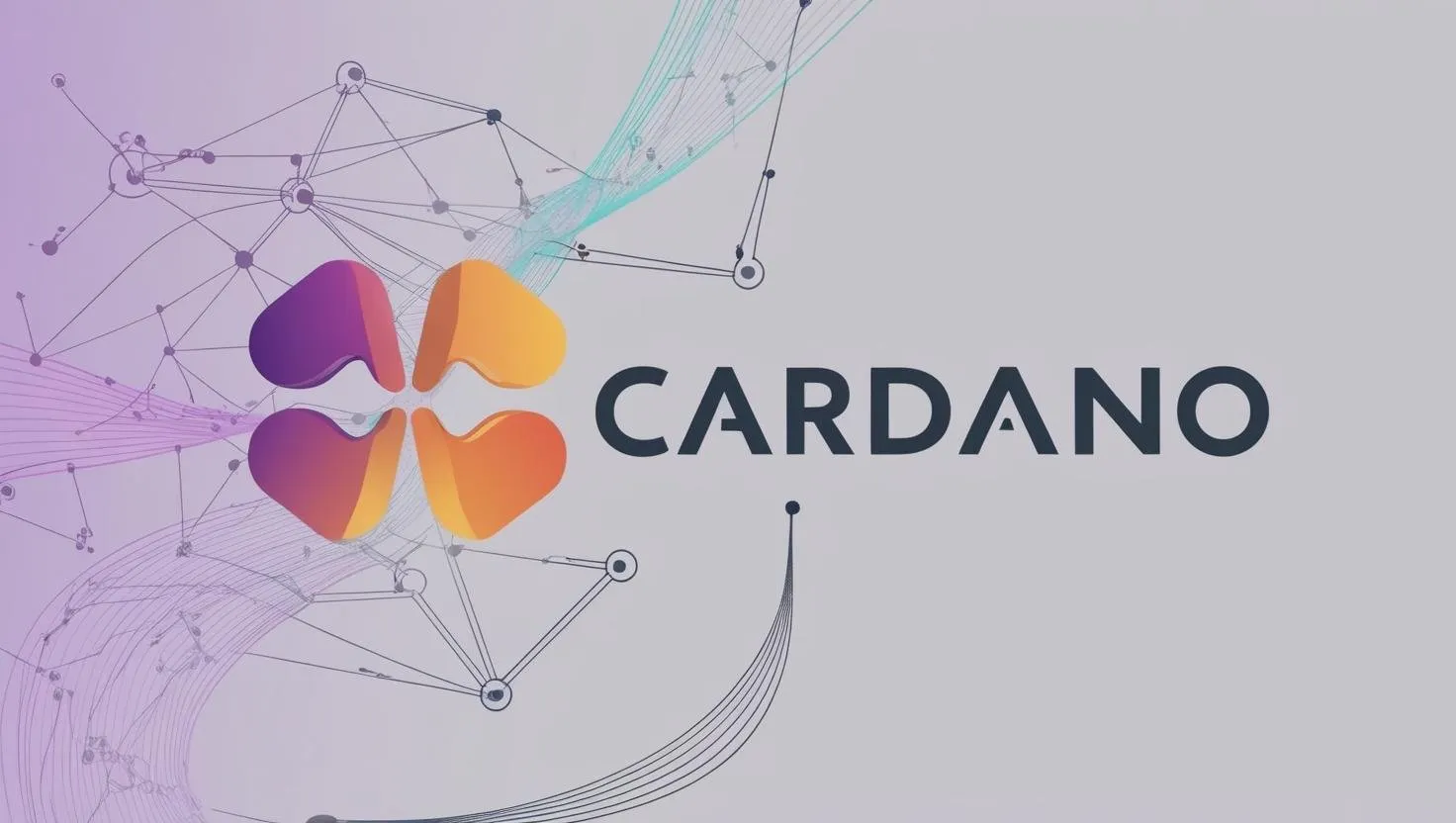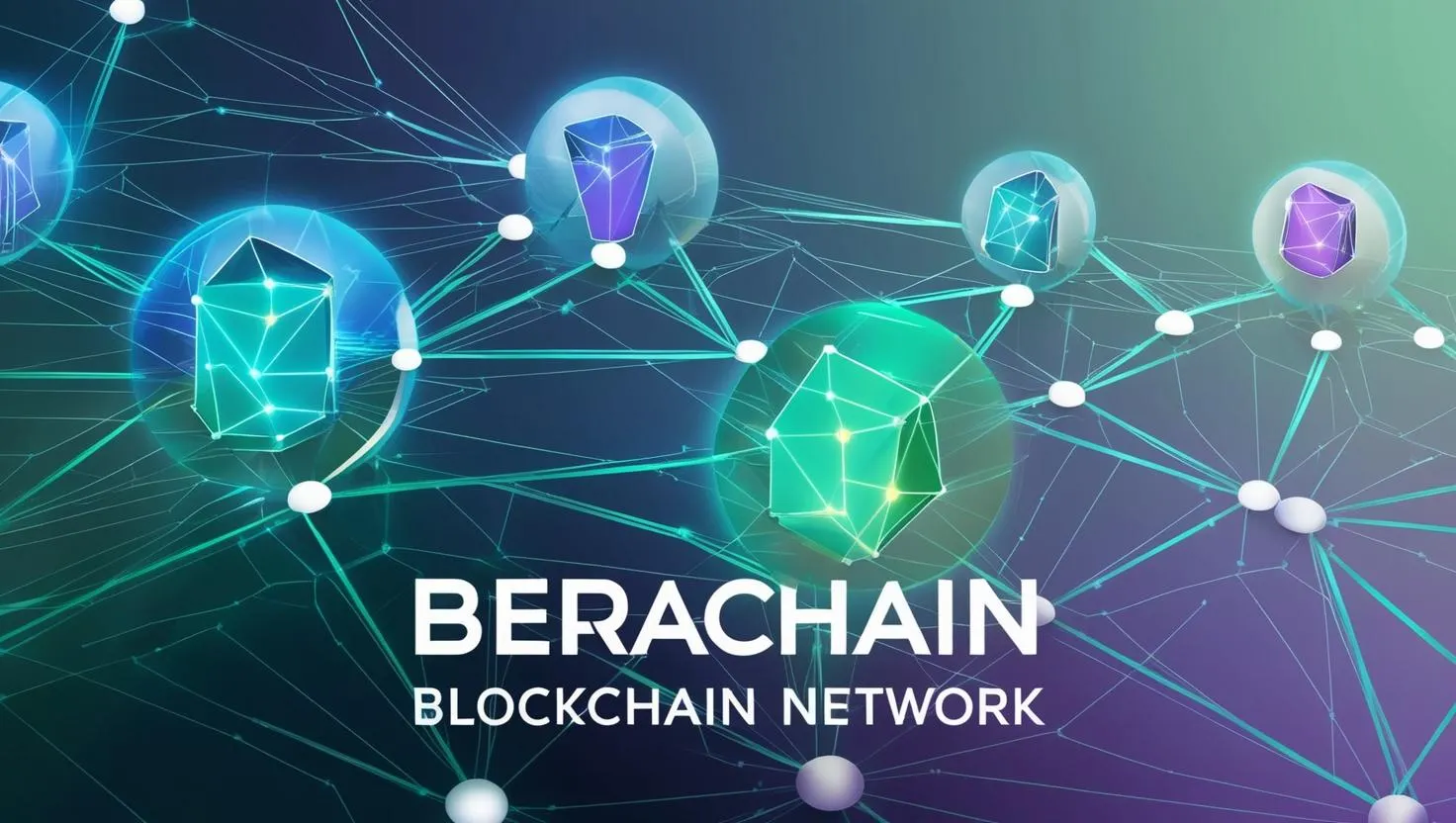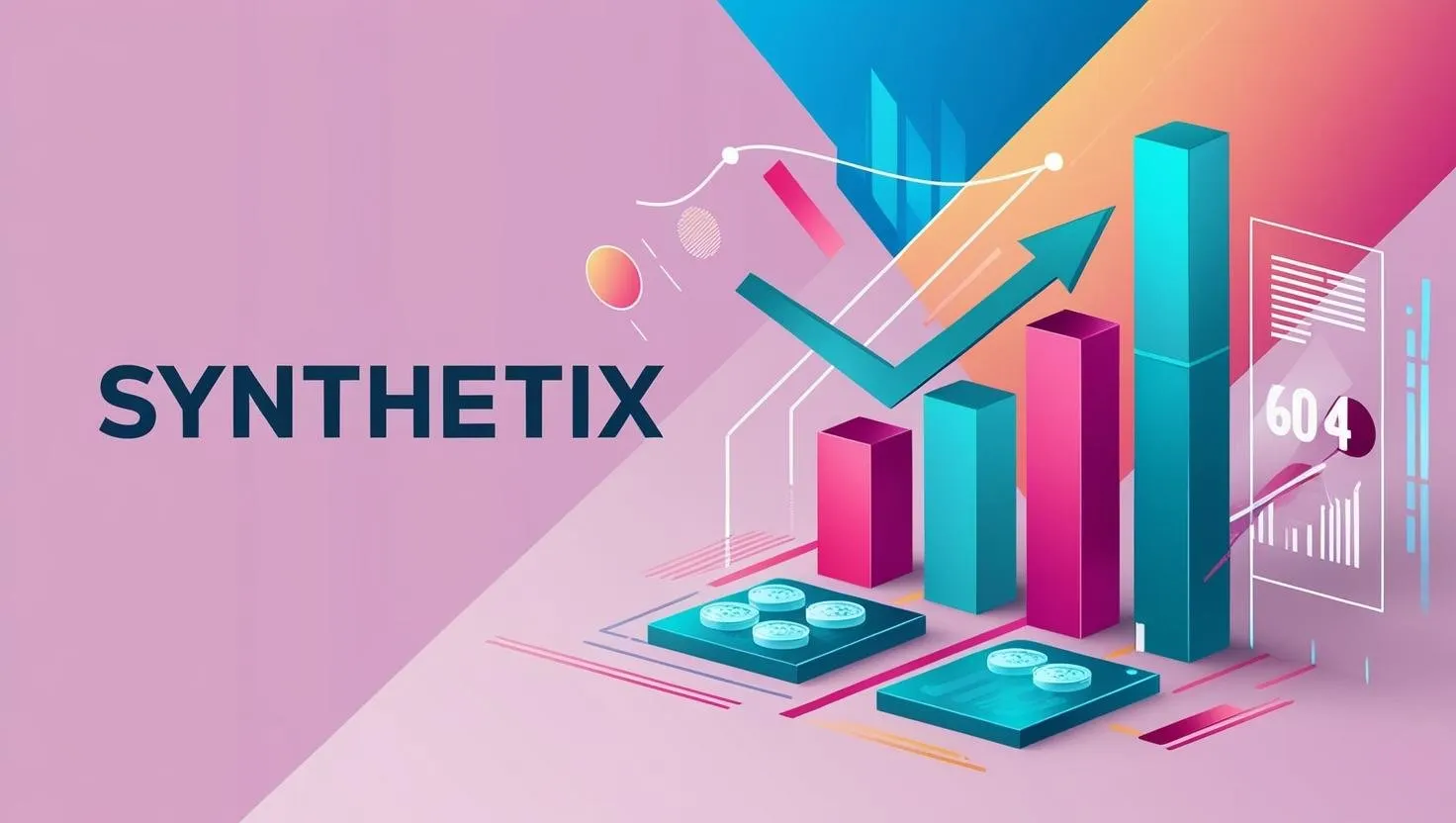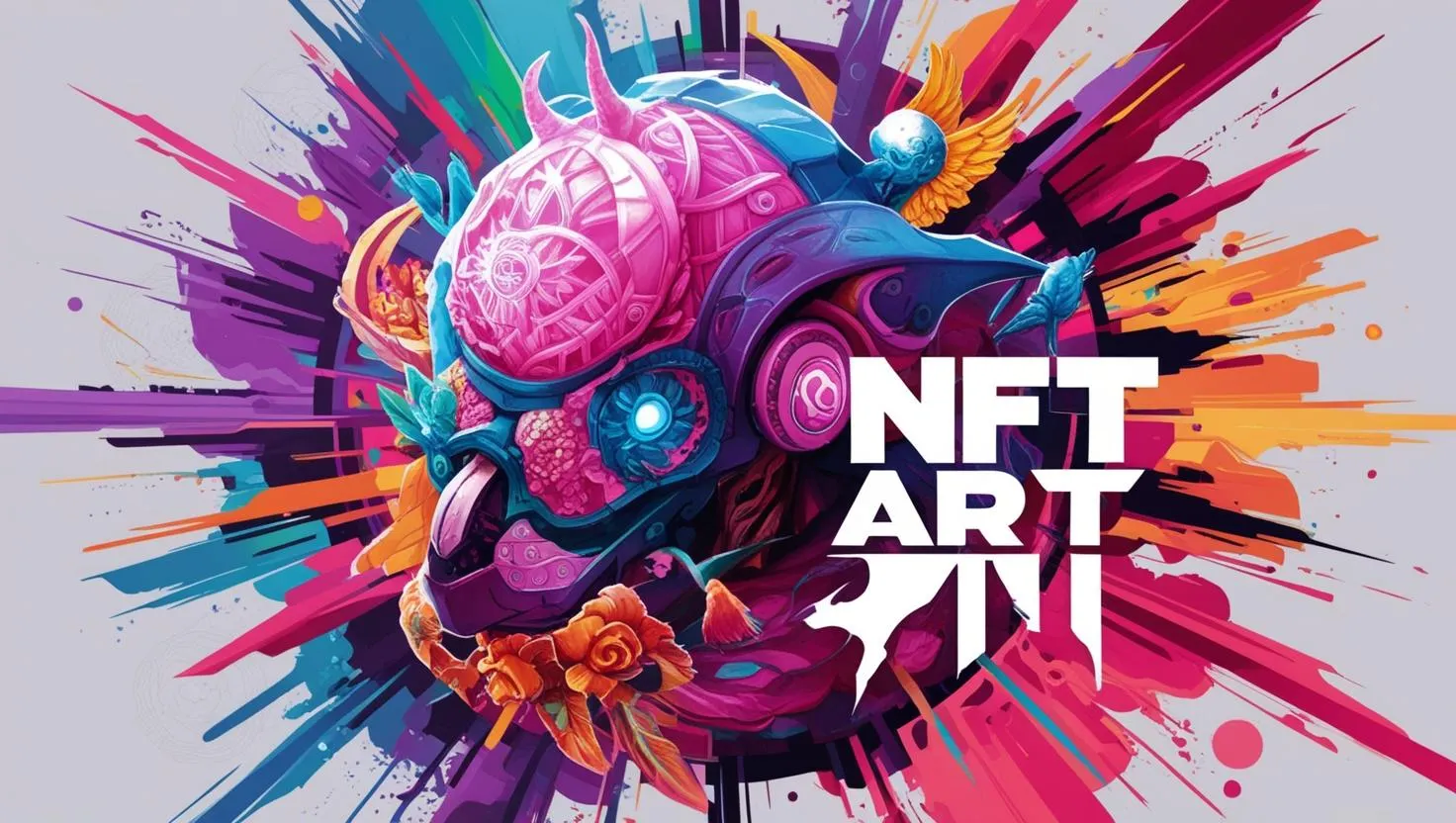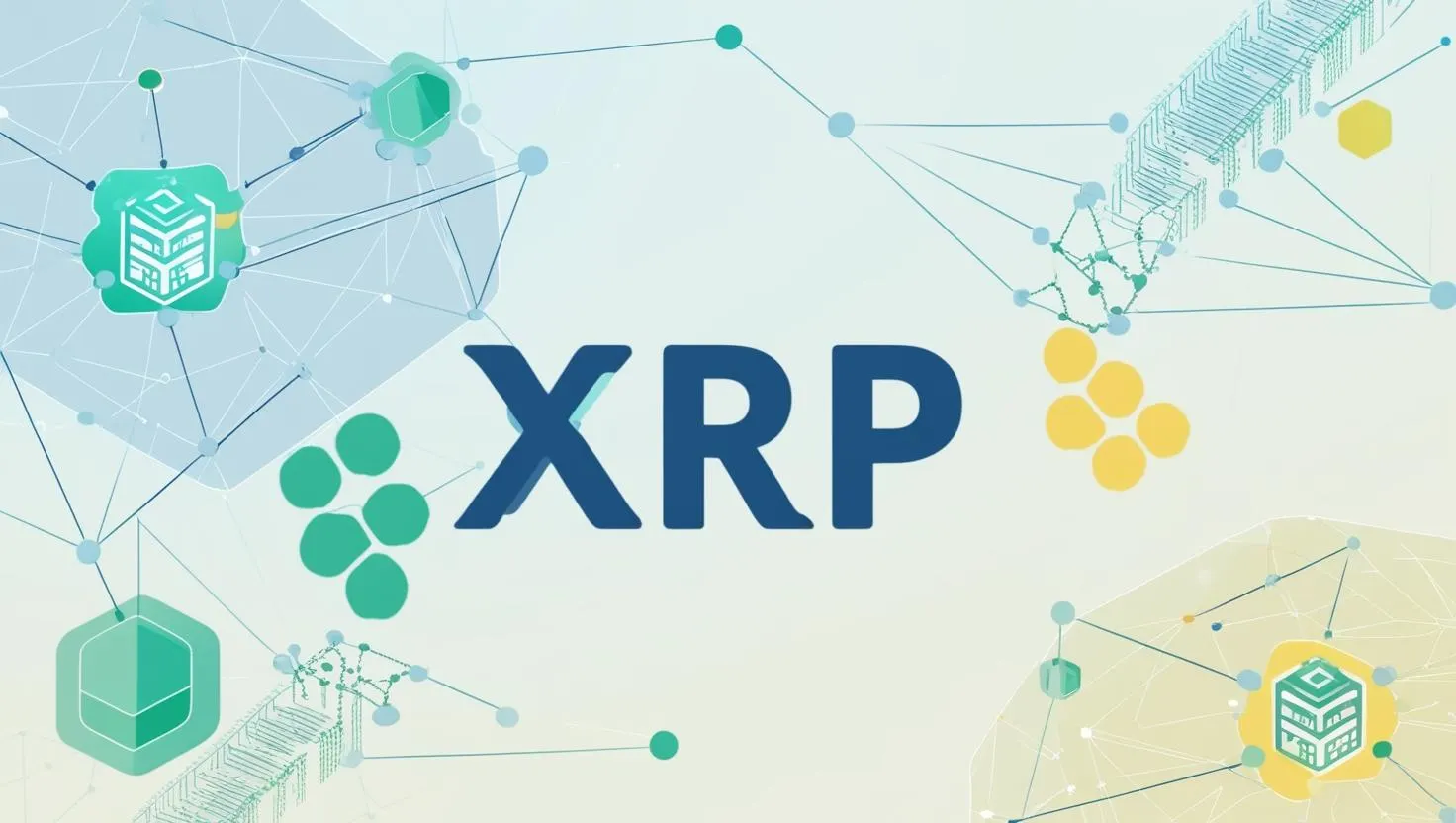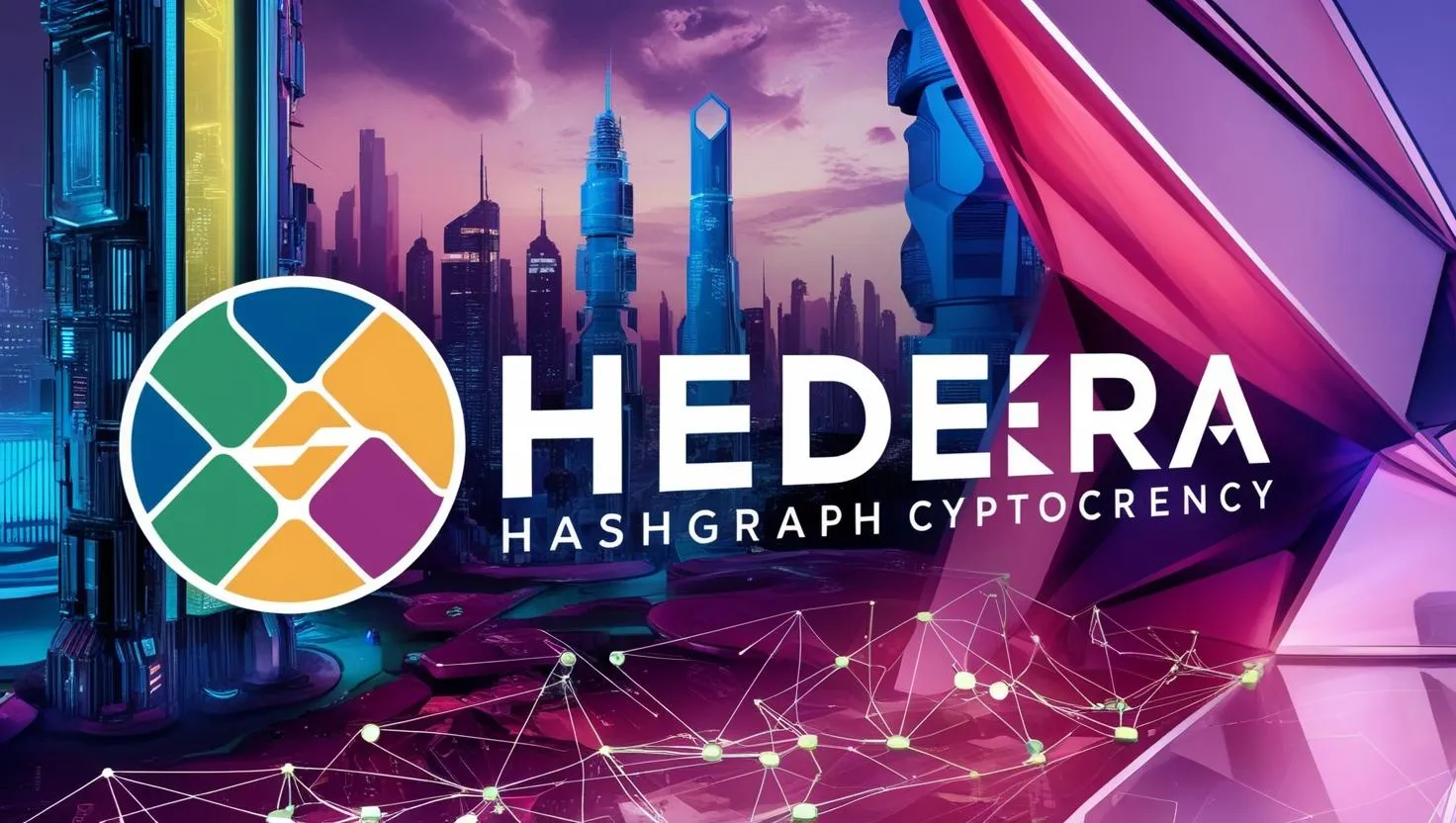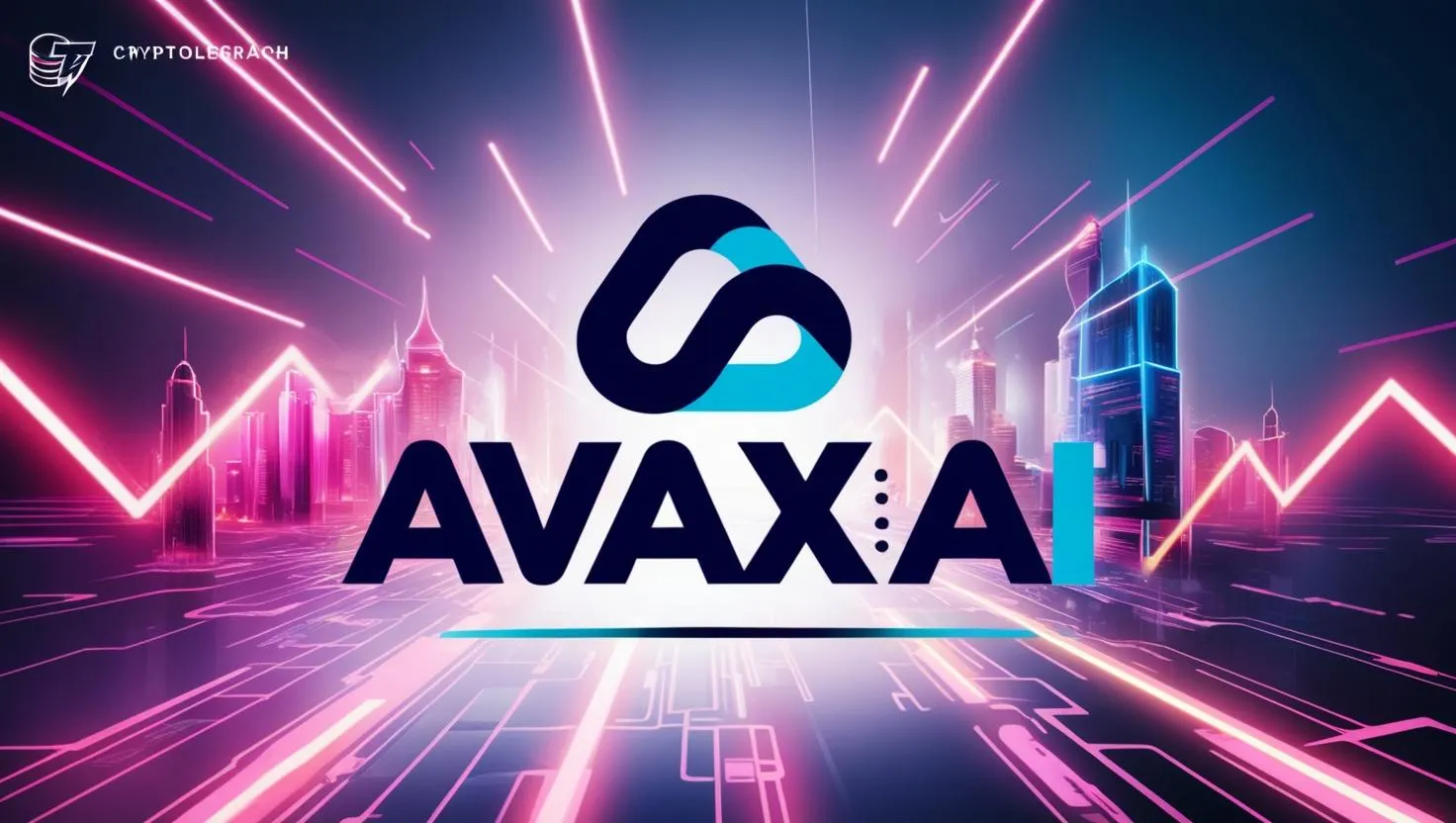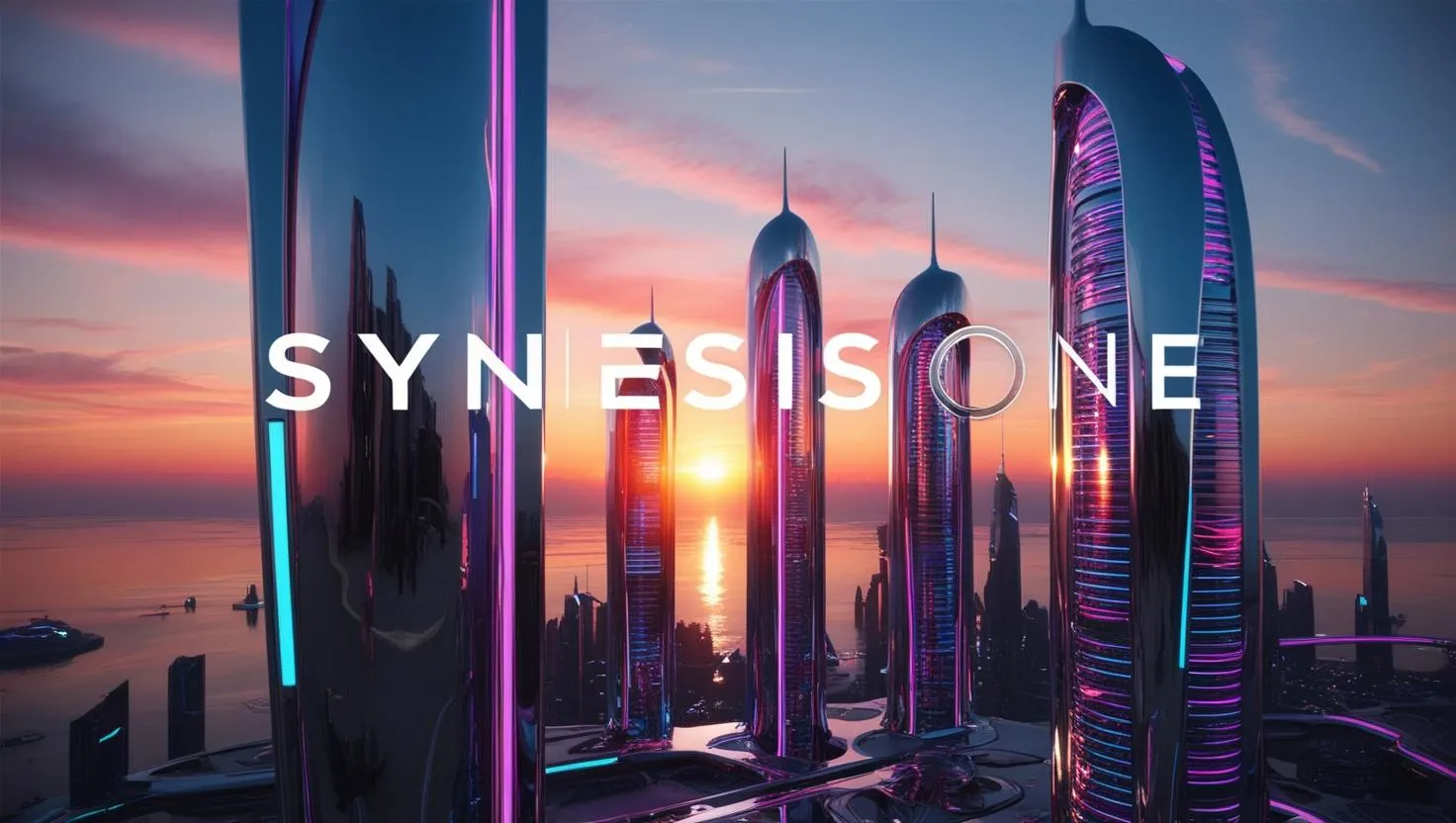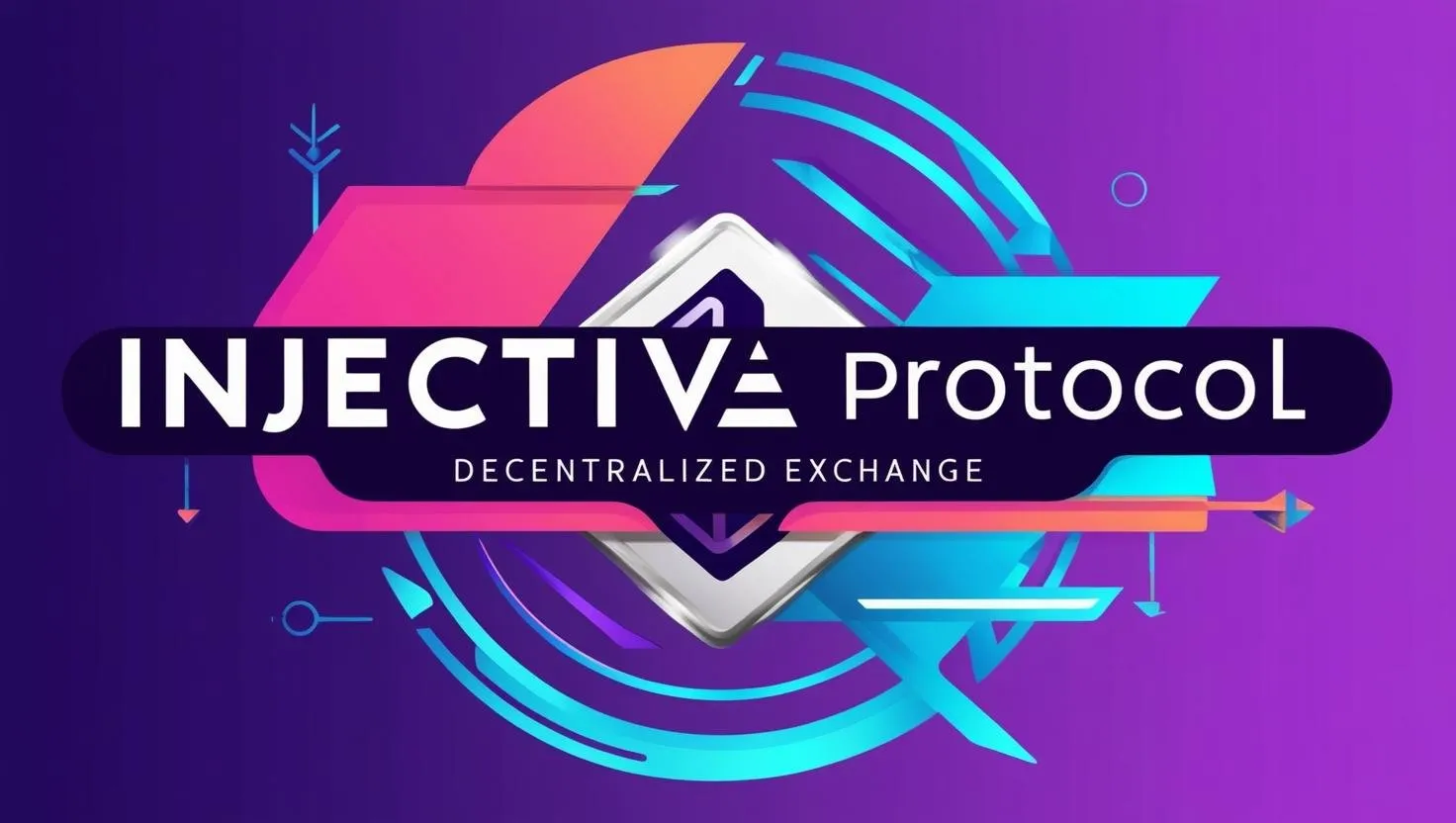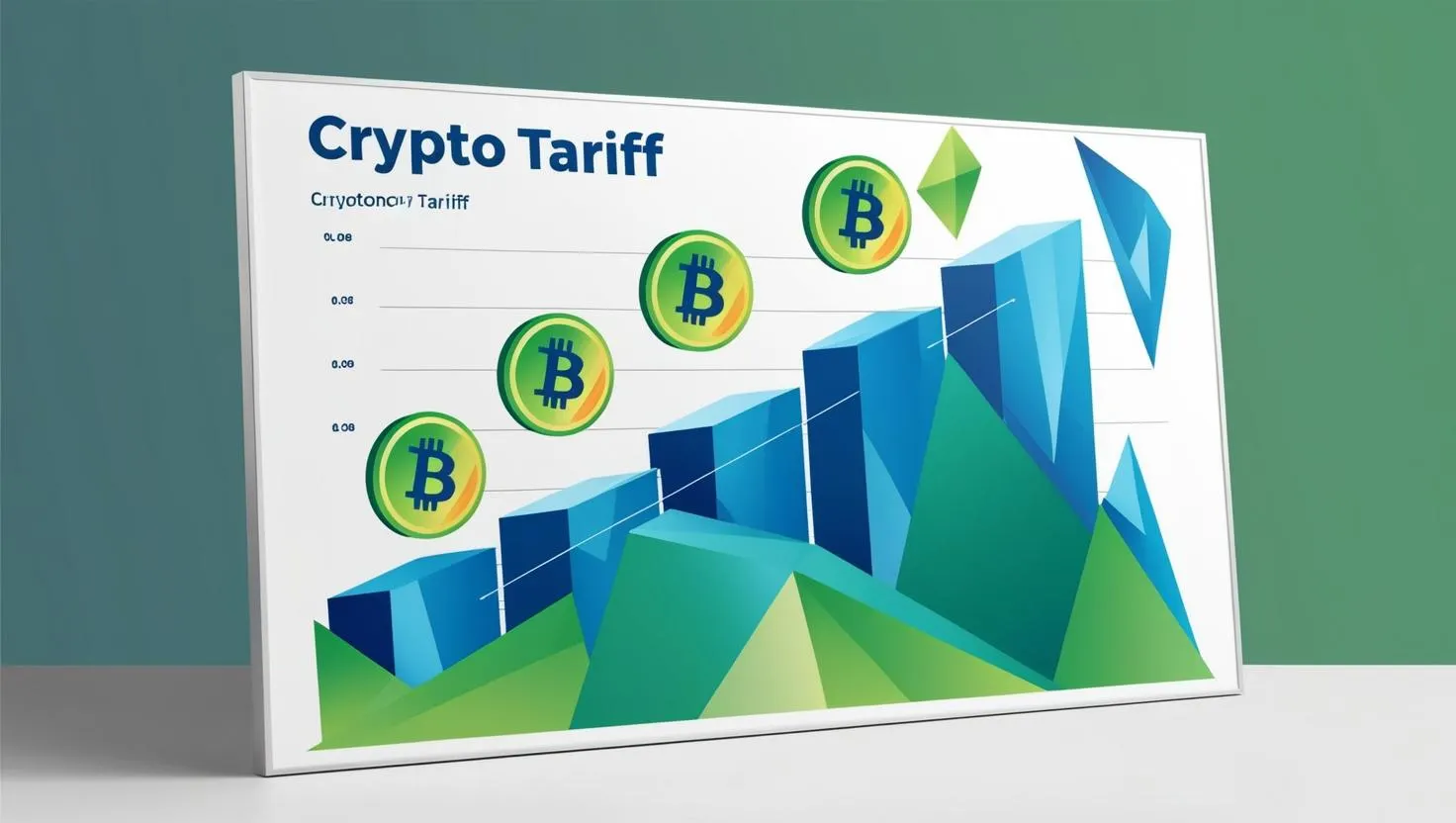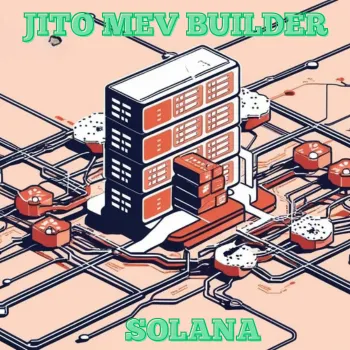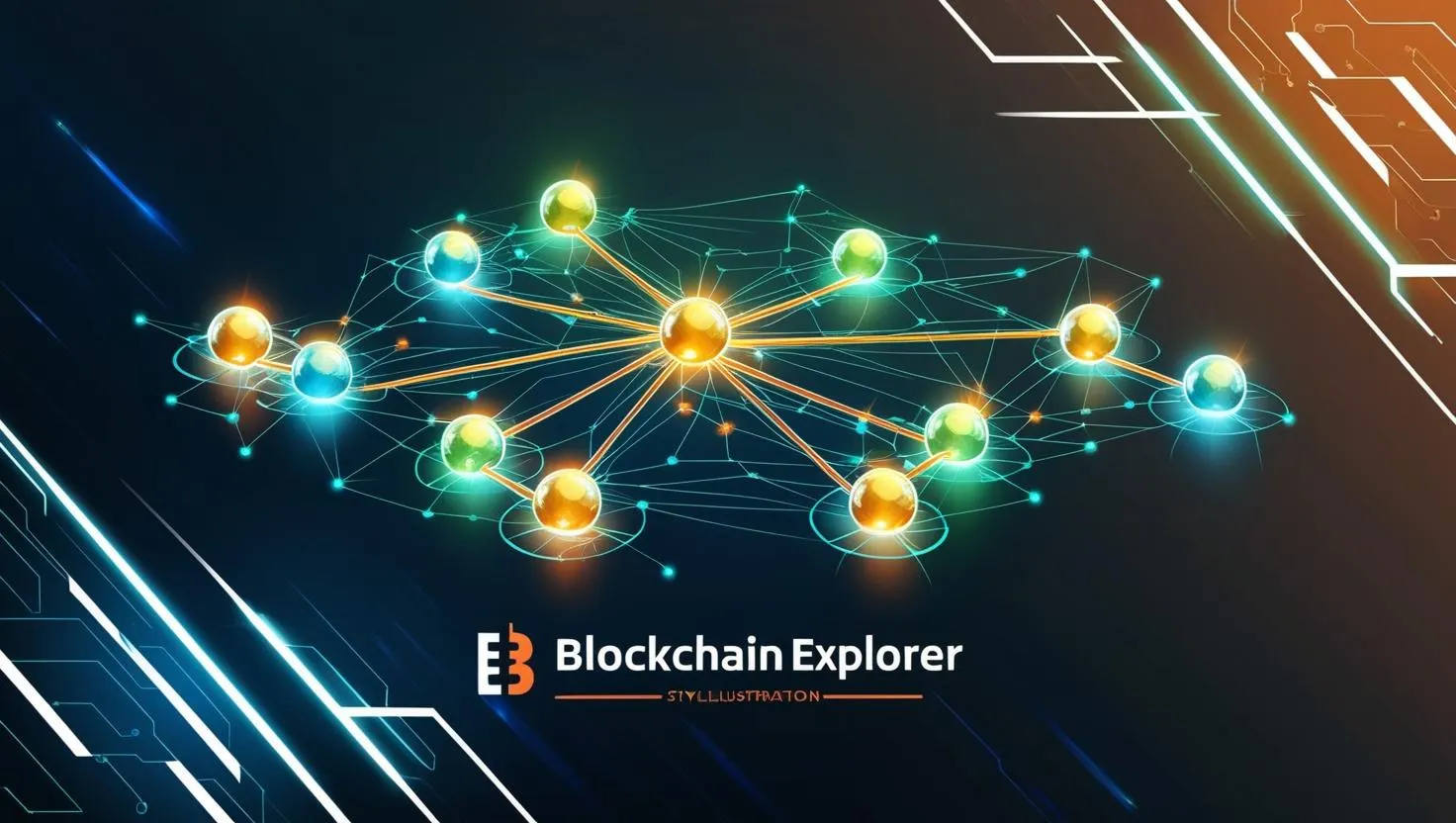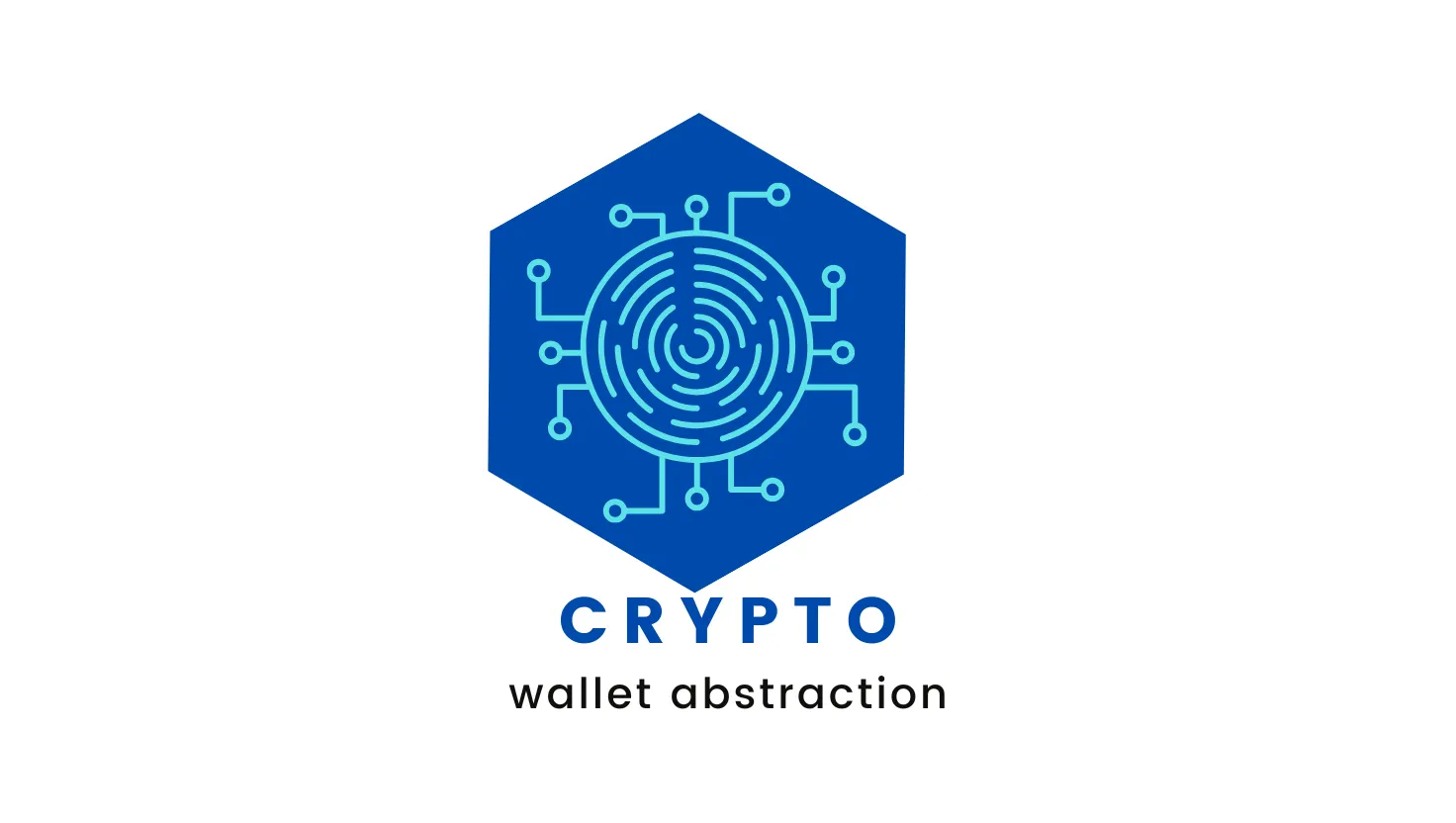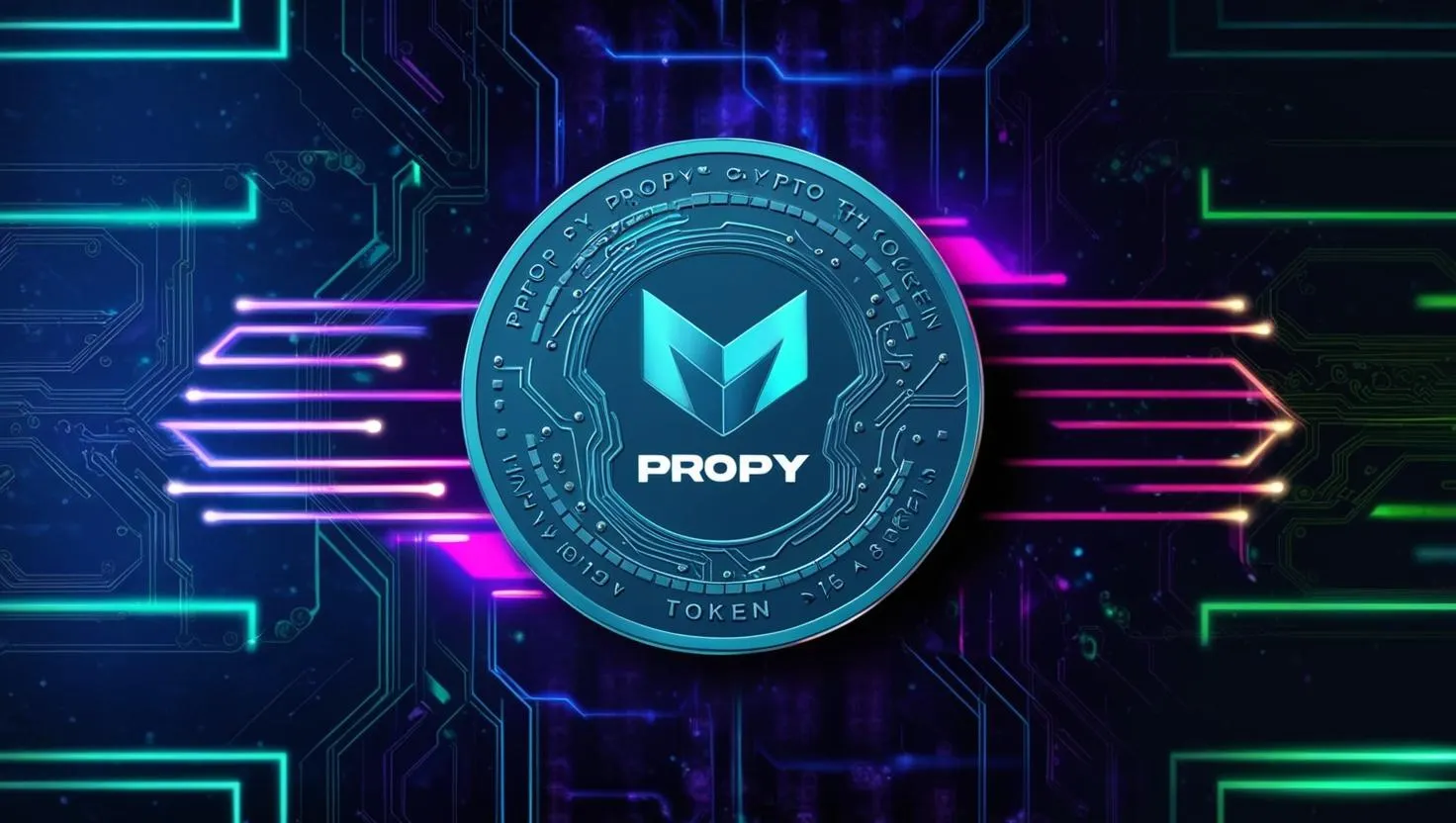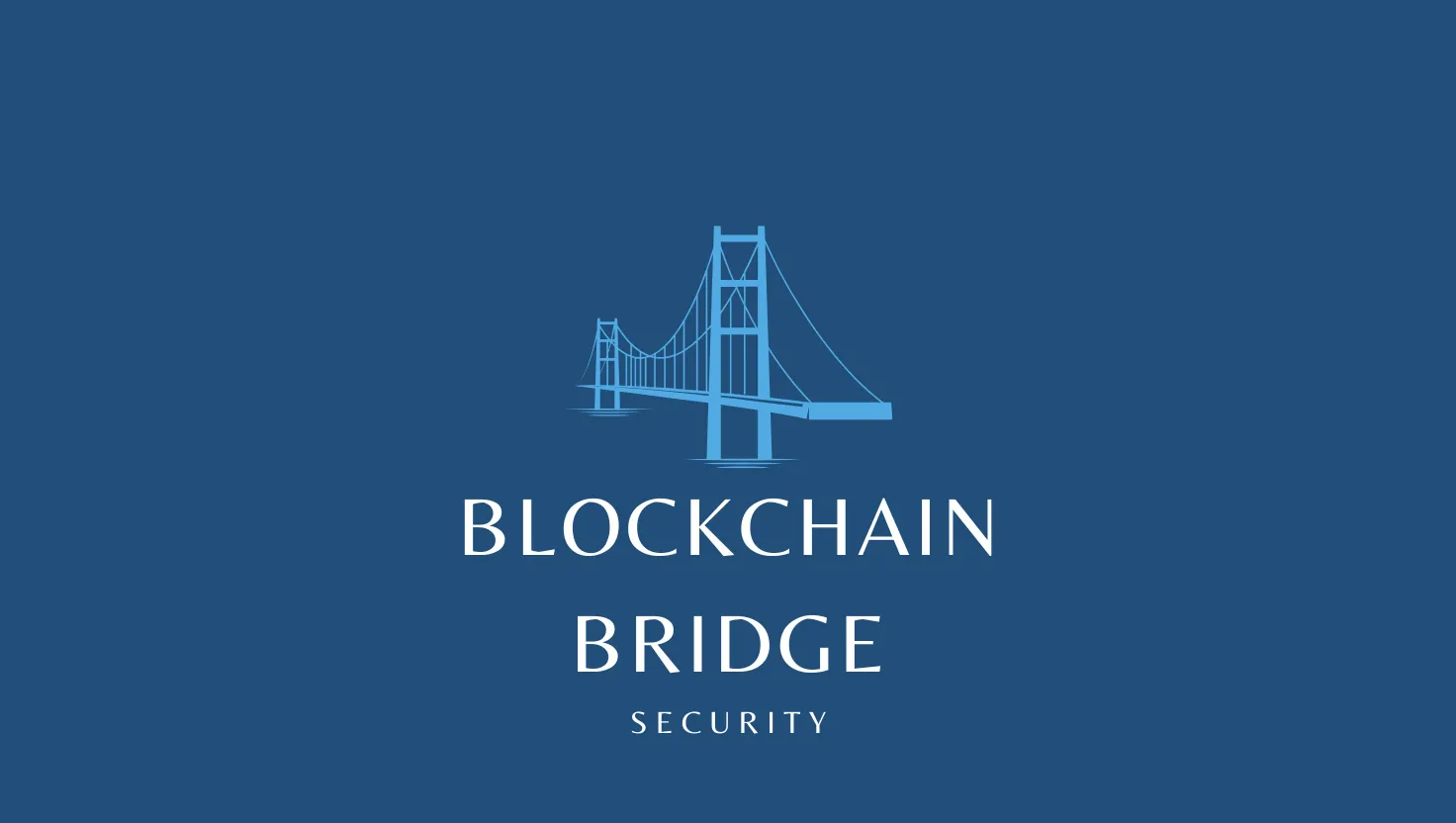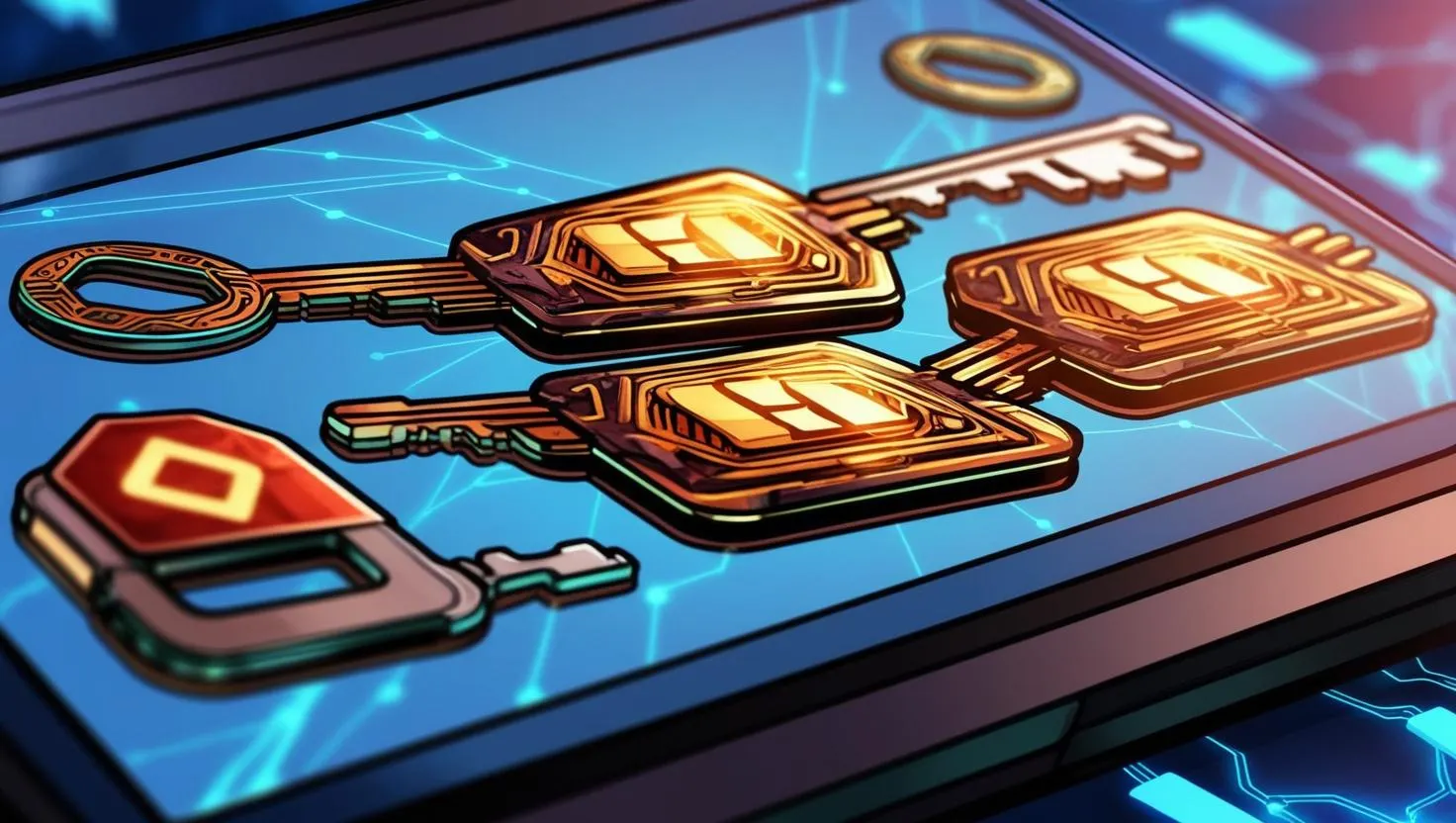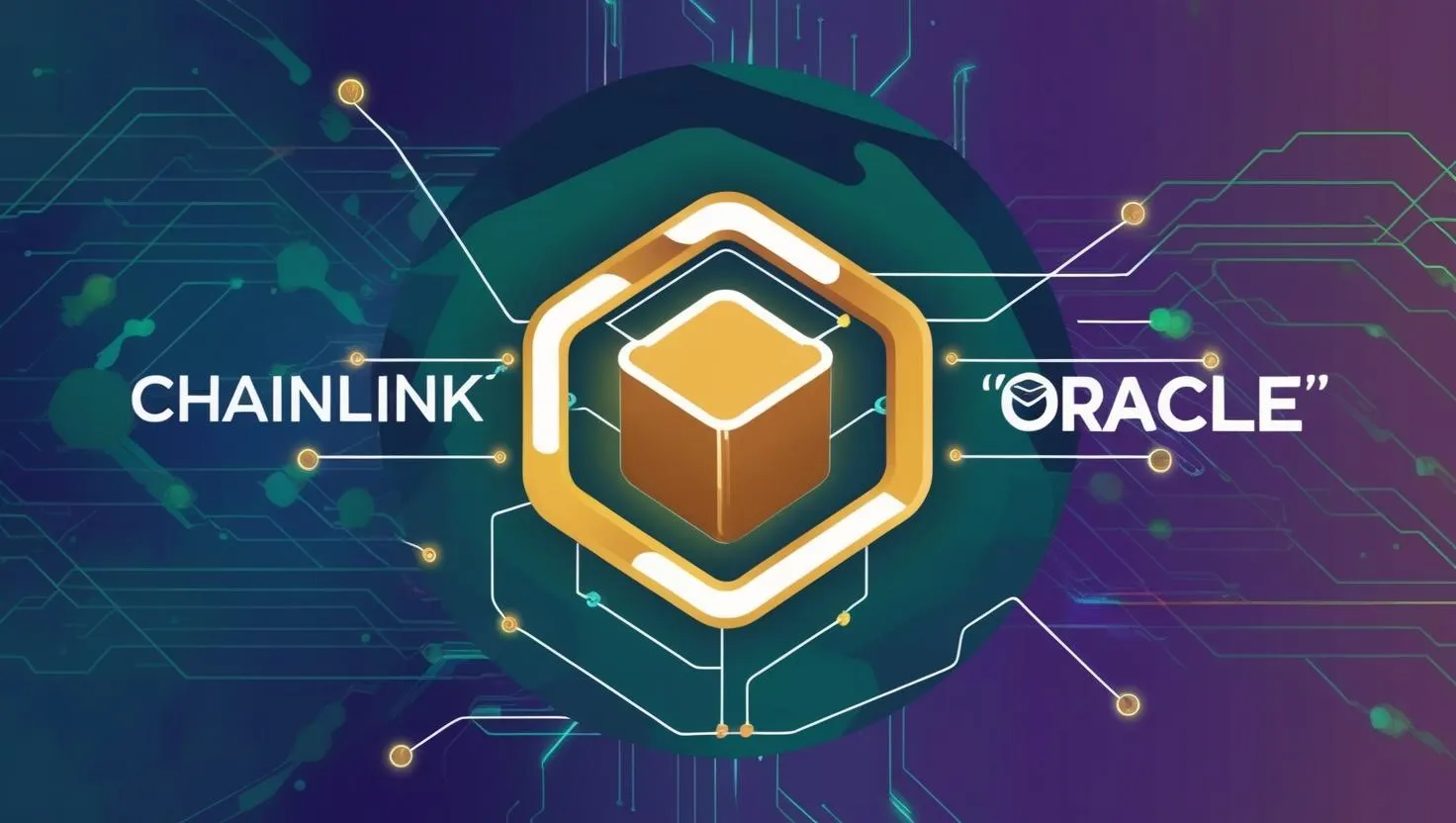Web3 and the Future of Finance (DeFi)
Web3, often referred to as Web 3.0, is the next iteration of the internet, built upon the foundation of blockchain technology. It aims to create a decentralized, secure, and transparent online environment where users have greater control over their data and digital identities.
Key Concepts of Web3
- Decentralization: Unlike the current web (Web2), where data and control are concentrated in the hands of a few large corporations, Web3 distributes power across a network of participants. This makes it more resistant to censorship and single points of failure.
- Blockchain Technology: Blockchain, the underlying technology of cryptocurrencies like Bitcoin, is a distributed and immutable ledger that records transactions across a network of computers. This ensures transparency and security in Web3 applications.
- Smart Contracts: These are self-executing contracts with the terms of the agreement directly written into code. They automate processes and eliminate the need for intermediaries, making transactions more efficient and secure.
- Cryptocurrencies: Digital currencies like Bitcoin and Ethereum play a crucial role in Web3, enabling decentralized transactions and incentivizing network participation.
- Decentralized Applications (dApps): These are applications built on blockchain networks, offering services similar to traditional apps but with increased transparency and user control.
How Web3 Works
Web3 leverages blockchain technology to create a decentralized and transparent internet. Data is stored across a network of nodes rather than on centralized servers, making it more secure and resistant to censorship. Smart contracts automate processes and ensure trustless interactions between parties. Cryptocurrencies facilitate transactions and incentivize network participation.
Potential Benefits of Web3
- Increased Privacy and Security: Web3 gives users more control over their data, reducing the risk of data breaches and misuse by centralized authorities.
- Greater Transparency: Blockchain technology ensures that all transactions and data are recorded on a public ledger, promoting transparency and accountability.
- Enhanced Security: Decentralization makes Web3 more resistant to cyberattacks and single points of failure.
- Empowerment of Users: Web3 puts users in control of their data and digital identities, allowing them to monetize their data and participate in decentralized governance.
- Innovation and New Opportunities: Web3 enables the creation of new applications and services, fostering innovation and economic opportunities.
Challenges and Limitations of Web3
- Scalability: Blockchain networks can face scaling challenges as the number of users and transactions increases.
- Complexity: Web3 technologies can be complex and challenging for average users to understand and use.
- Regulation: The regulatory landscape for Web3 is still evolving, creating uncertainty for developers and businesses.
- Security Risks: While blockchain technology is secure, vulnerabilities in smart contracts and dApps can still lead to security breaches.
- Adoption: Widespread adoption of Web3 requires overcoming challenges related to usability, scalability, and regulation.
Examples of Web3 Applications
- Decentralized Finance (DeFi): Platforms offering lending, borrowing, and trading services without traditional intermediaries.
- Non-Fungible Tokens (NFTs): Unique digital assets representing ownership of items like art, collectibles, or virtual real estate.
- Decentralized Social Media: Platforms where users have more control over their data and content.
- Decentralized Autonomous Organizations (DAOs): organizations run by code and governed by token holders.
The Future of Web3
Web3 is still in its early stages, but it has the potential to revolutionize the internet. As technology matures and adoption increases, we can expect to see more innovative applications and services built on Web 3. It promises a more decentralized, secure, and user-centric internet, empowering individuals and fostering innovation.

